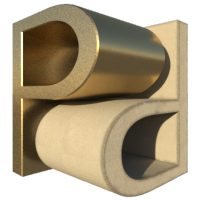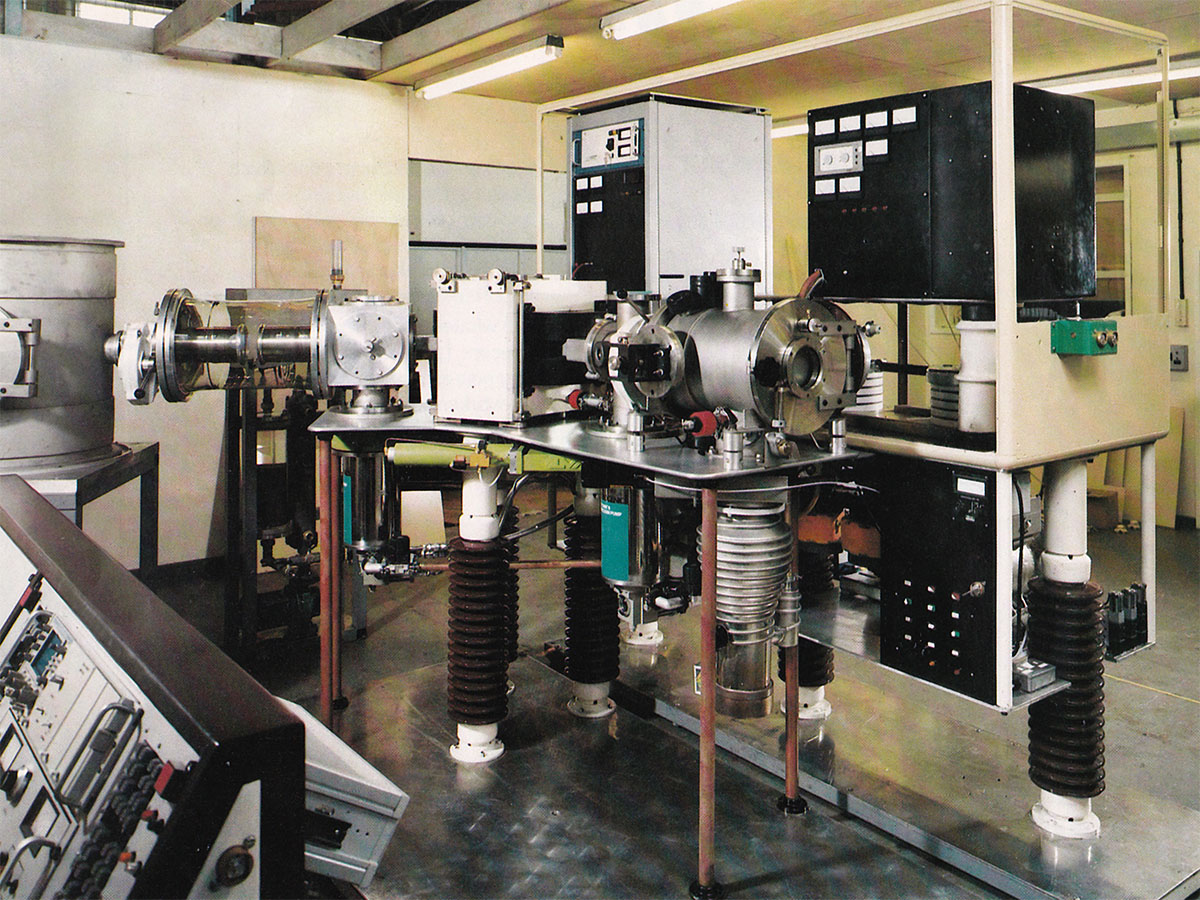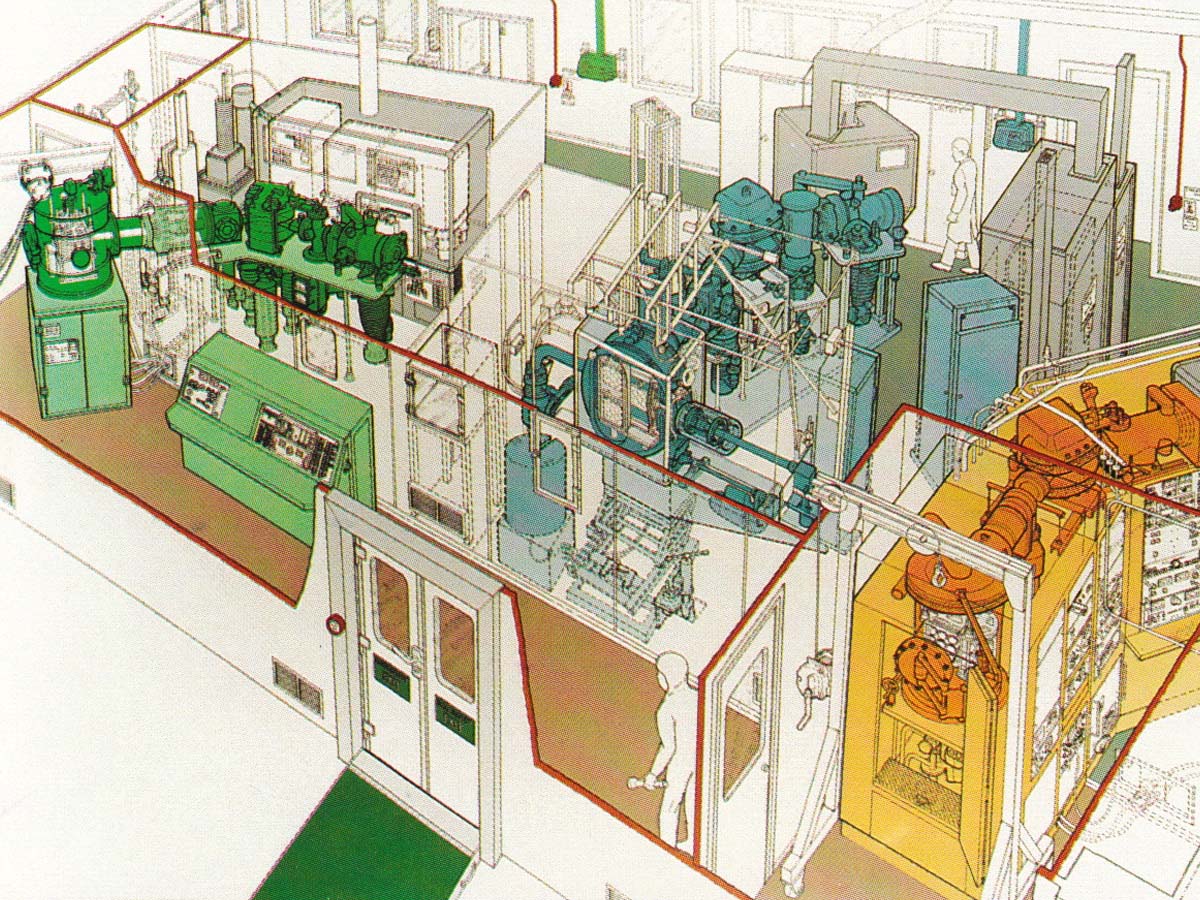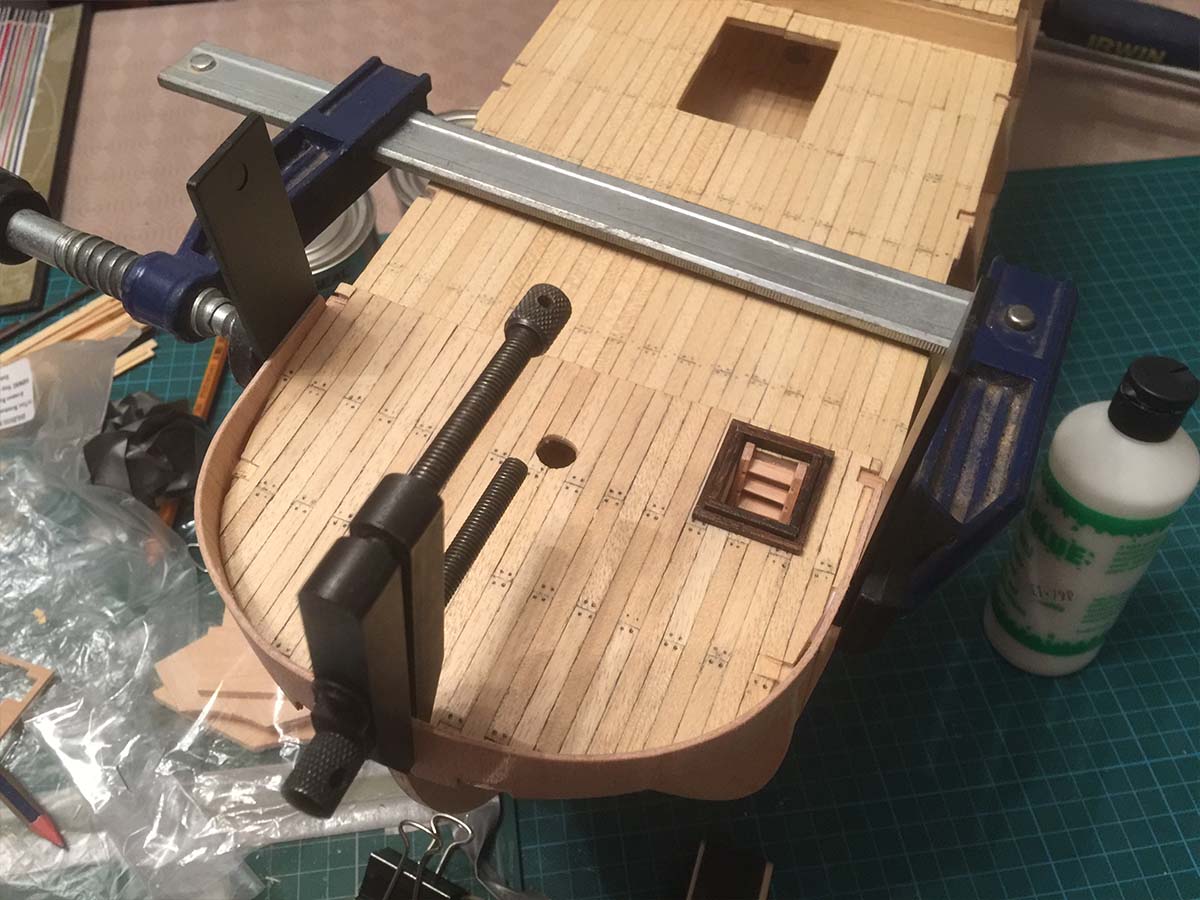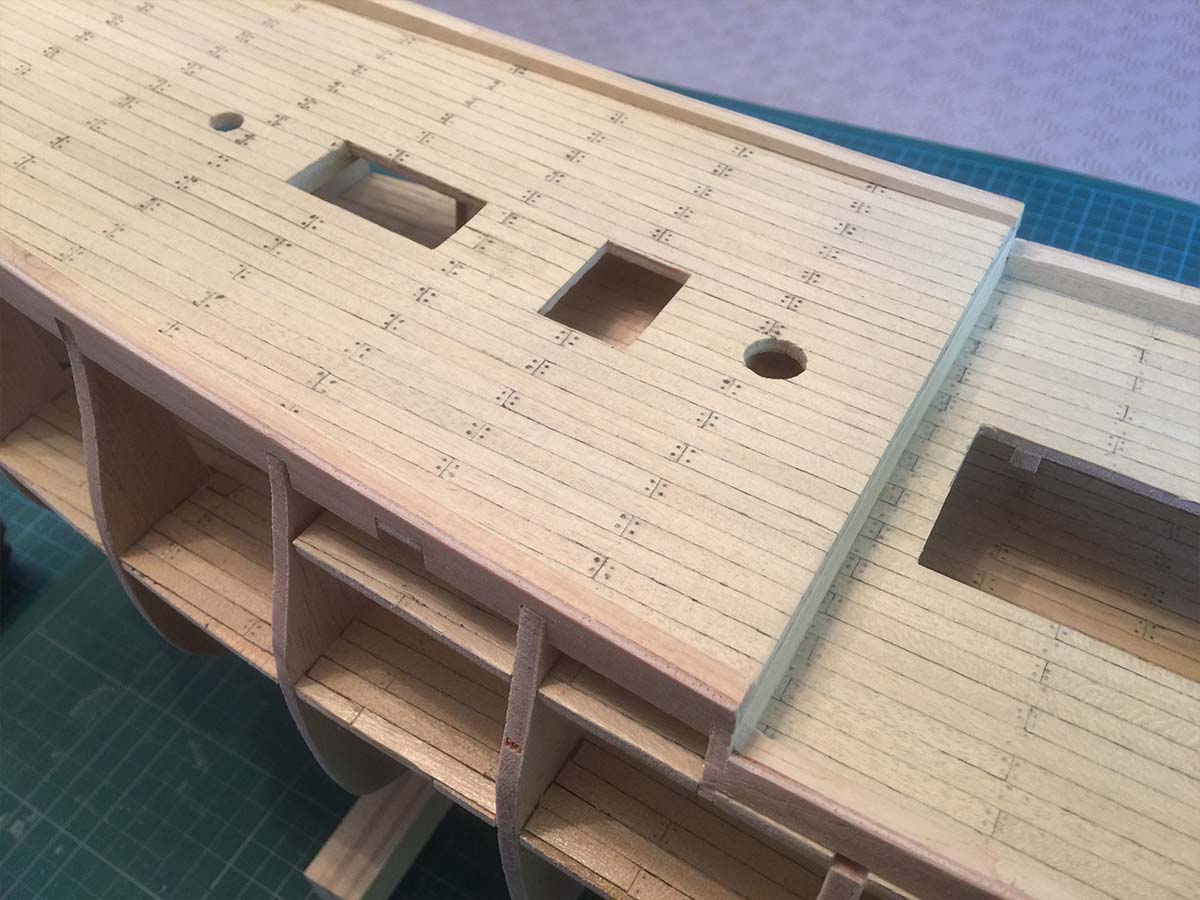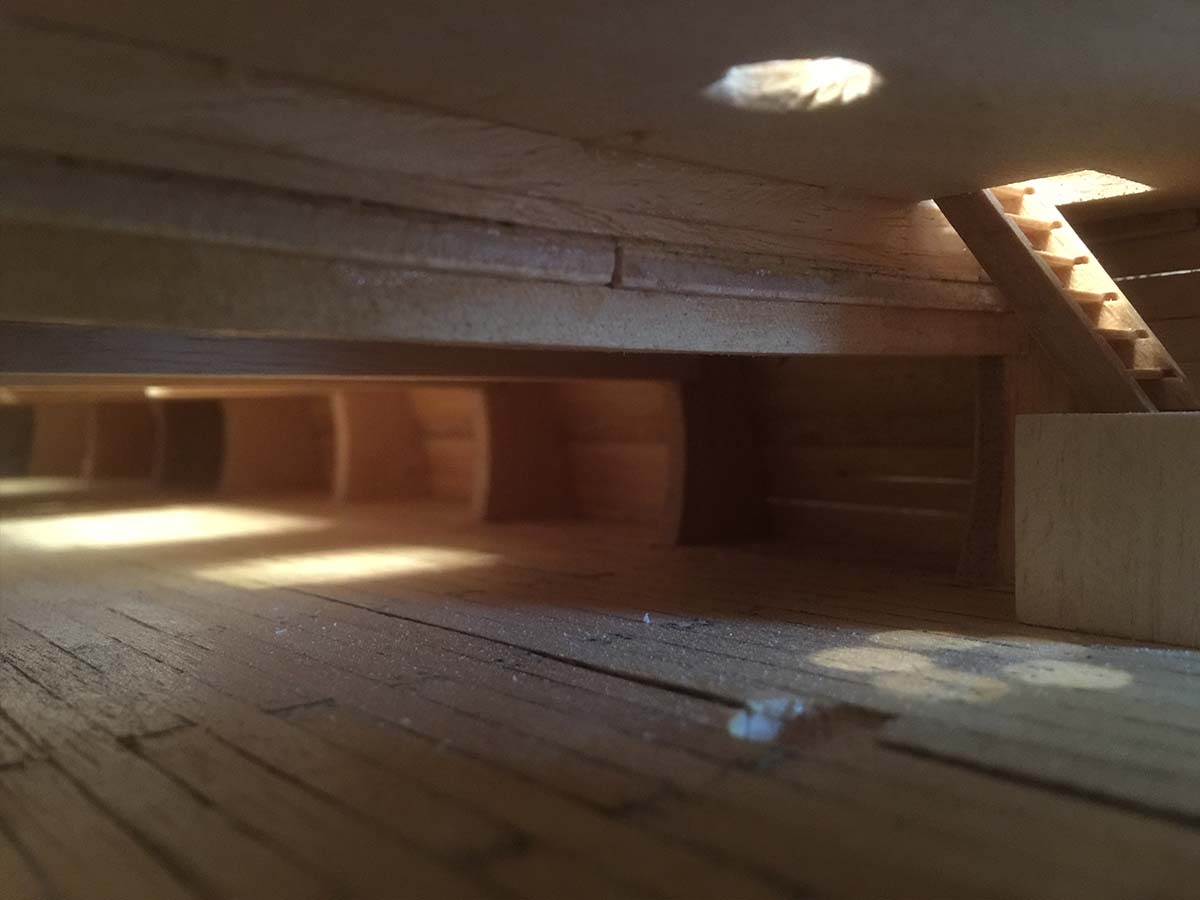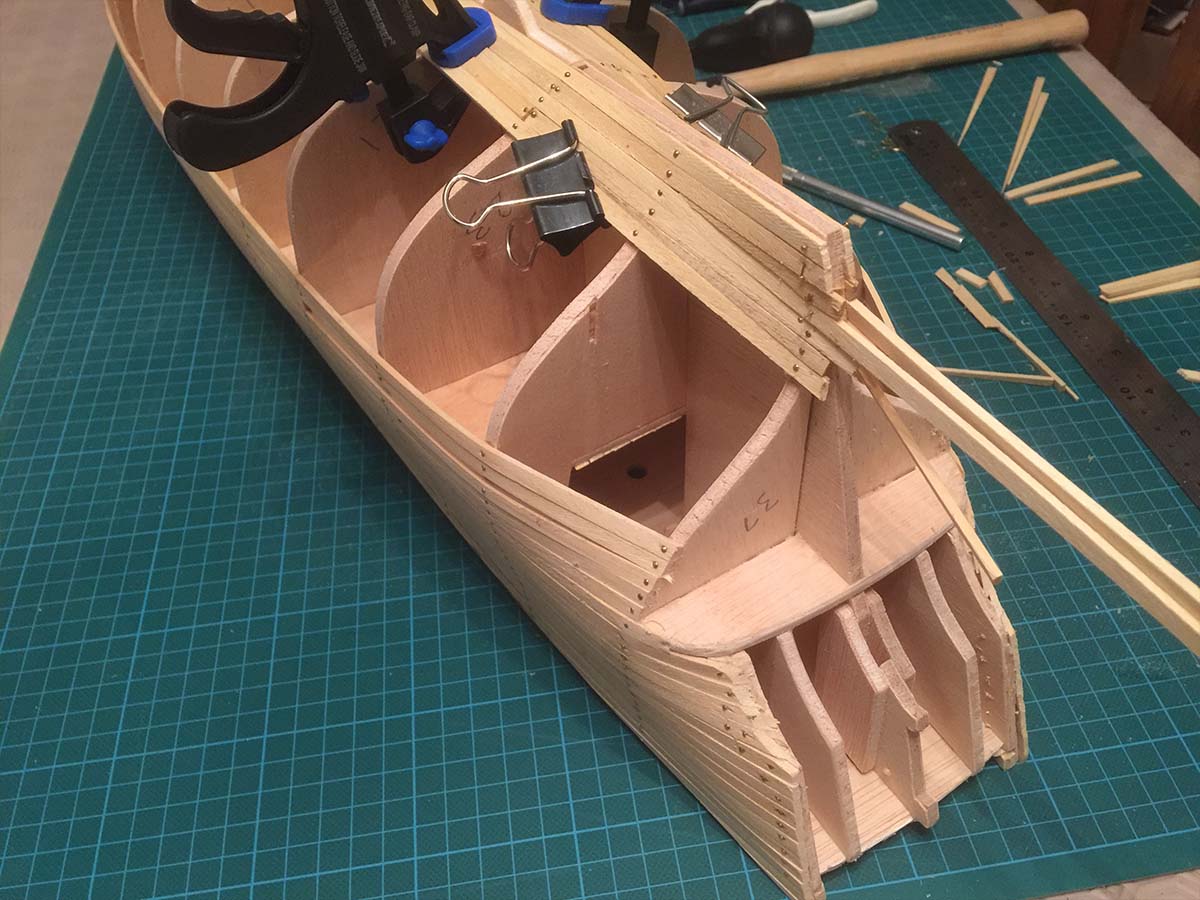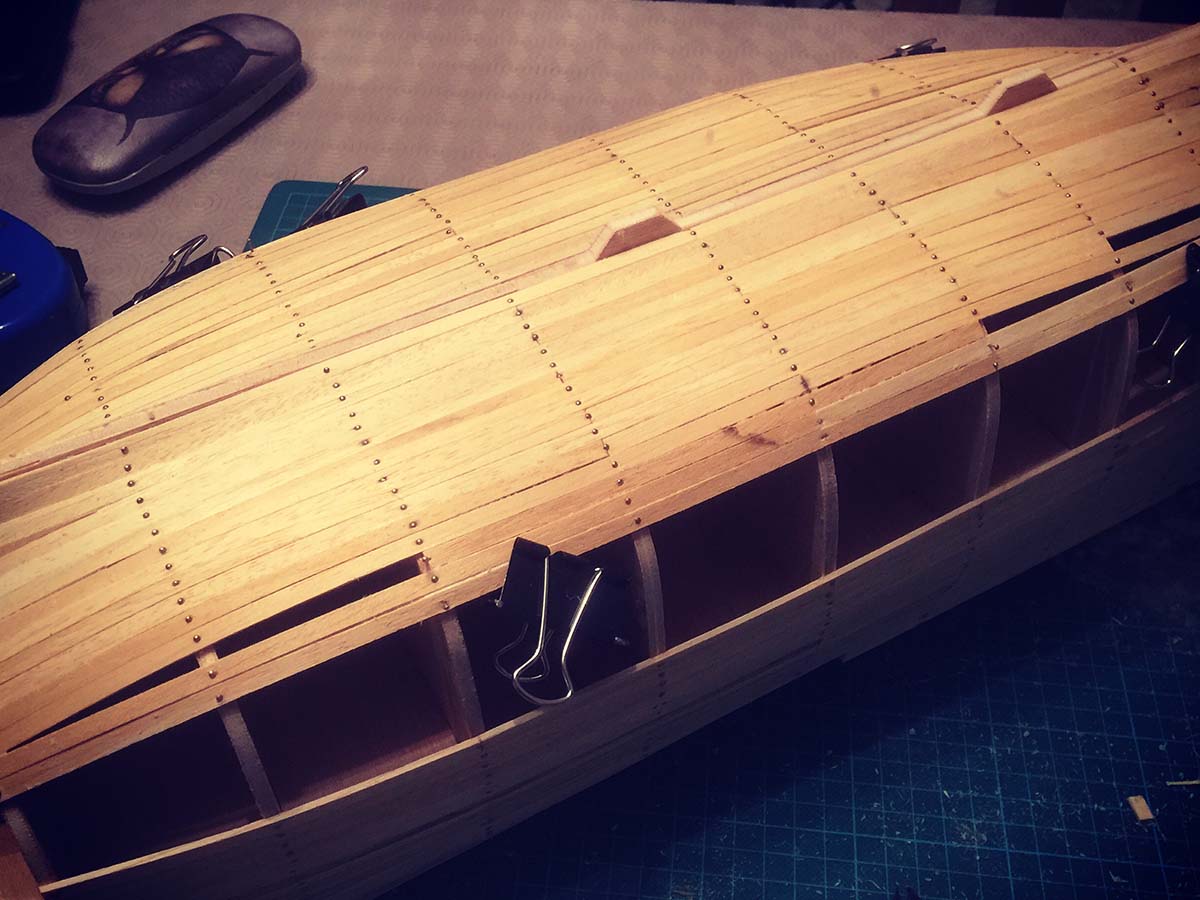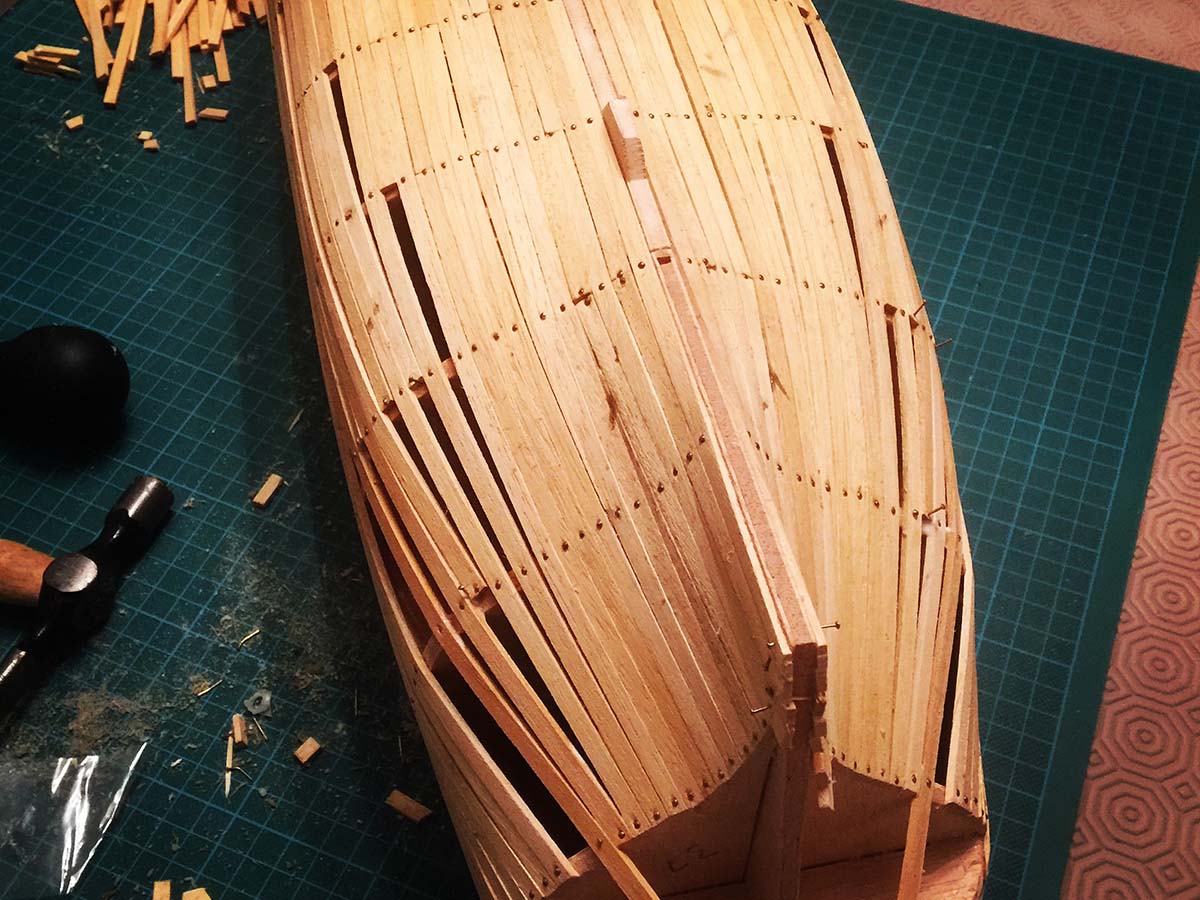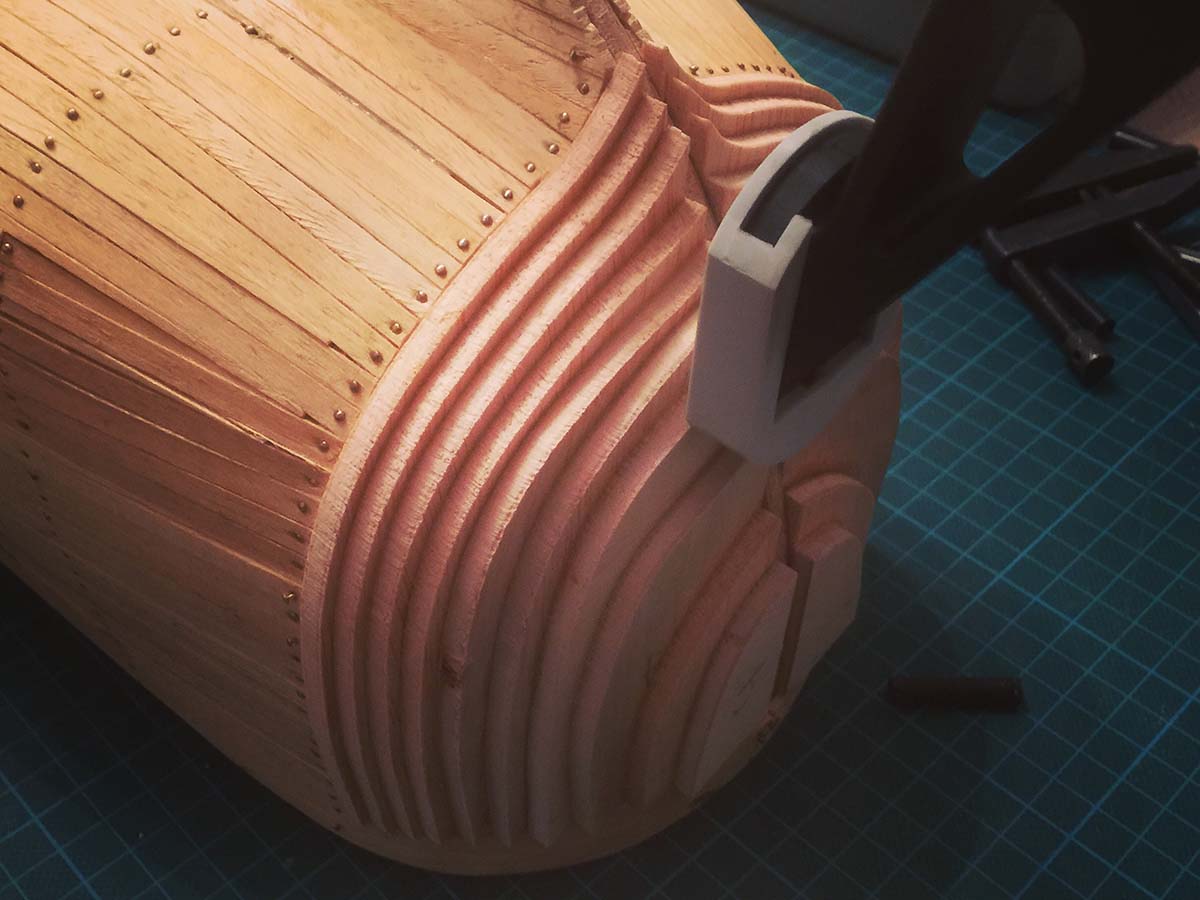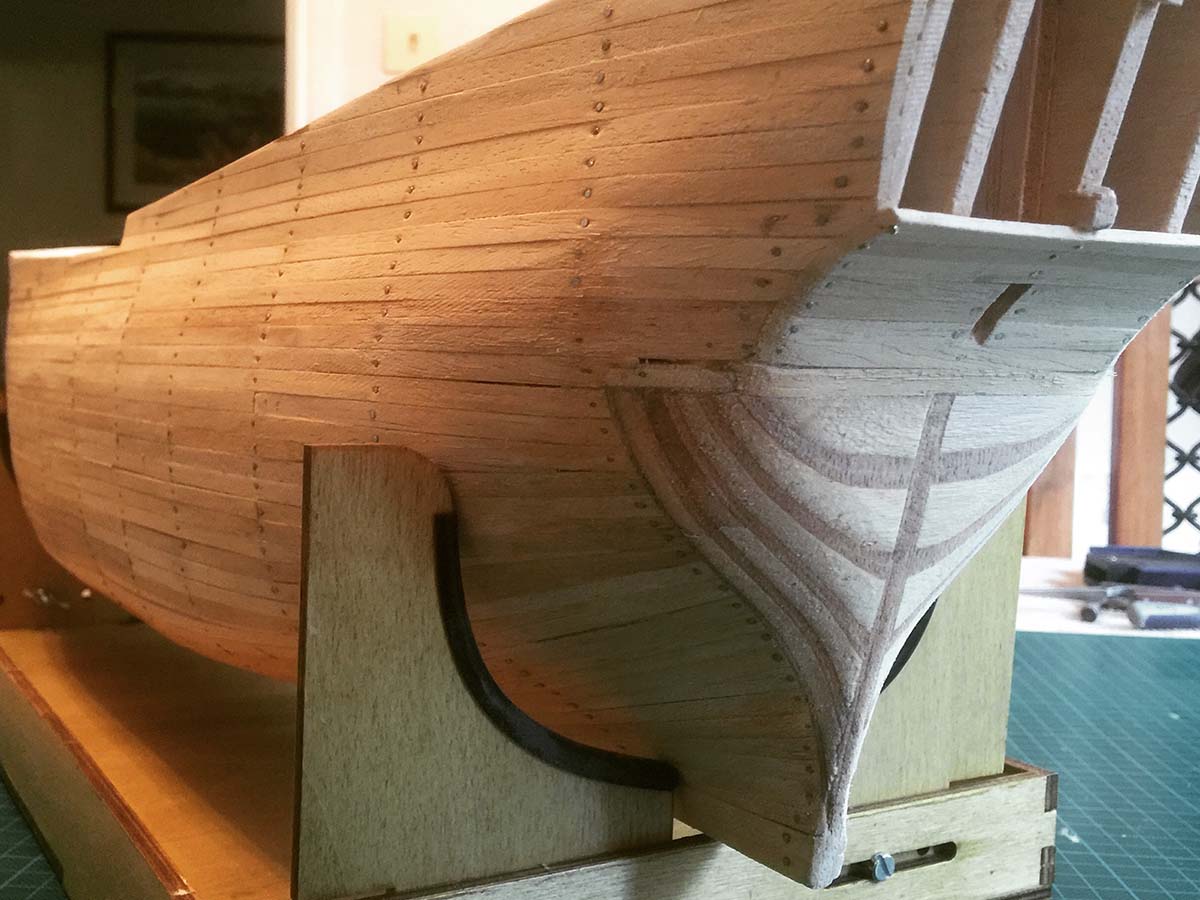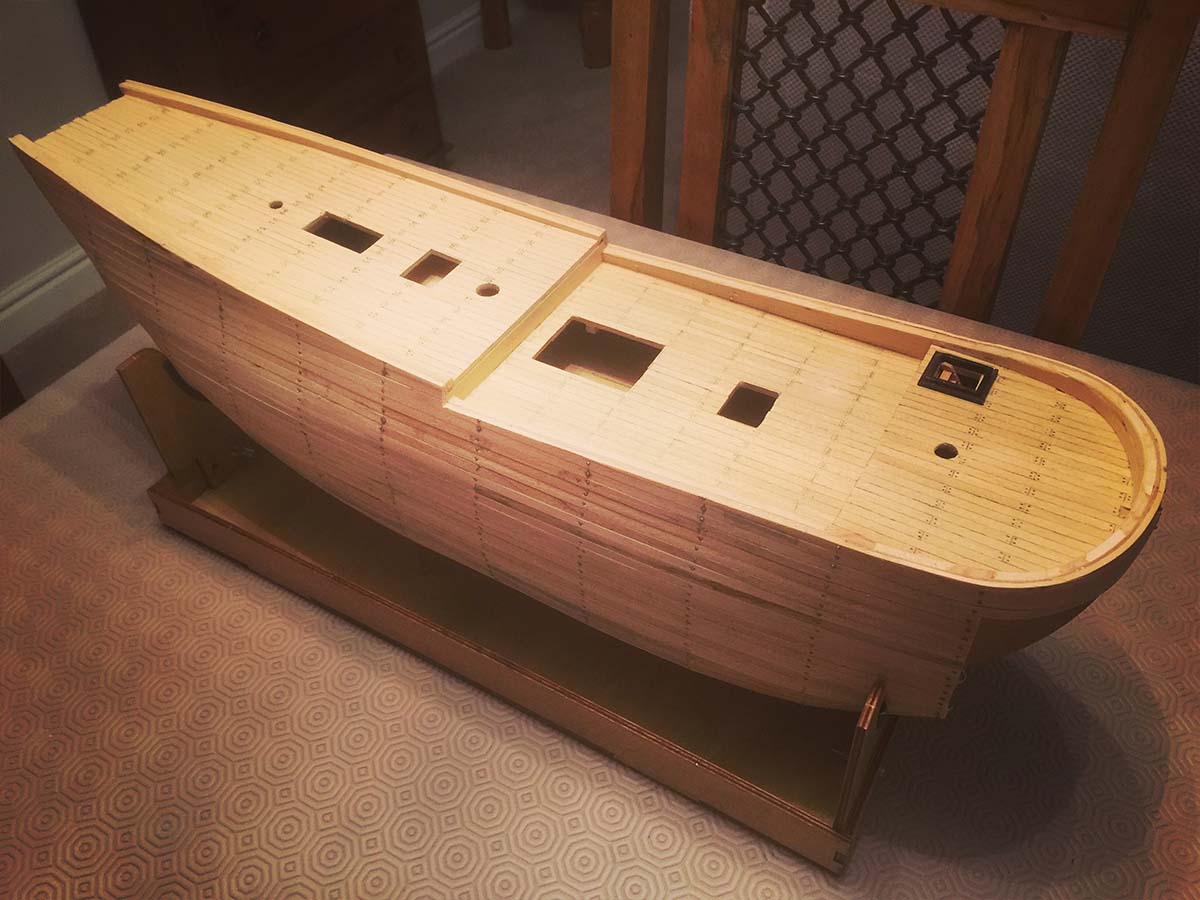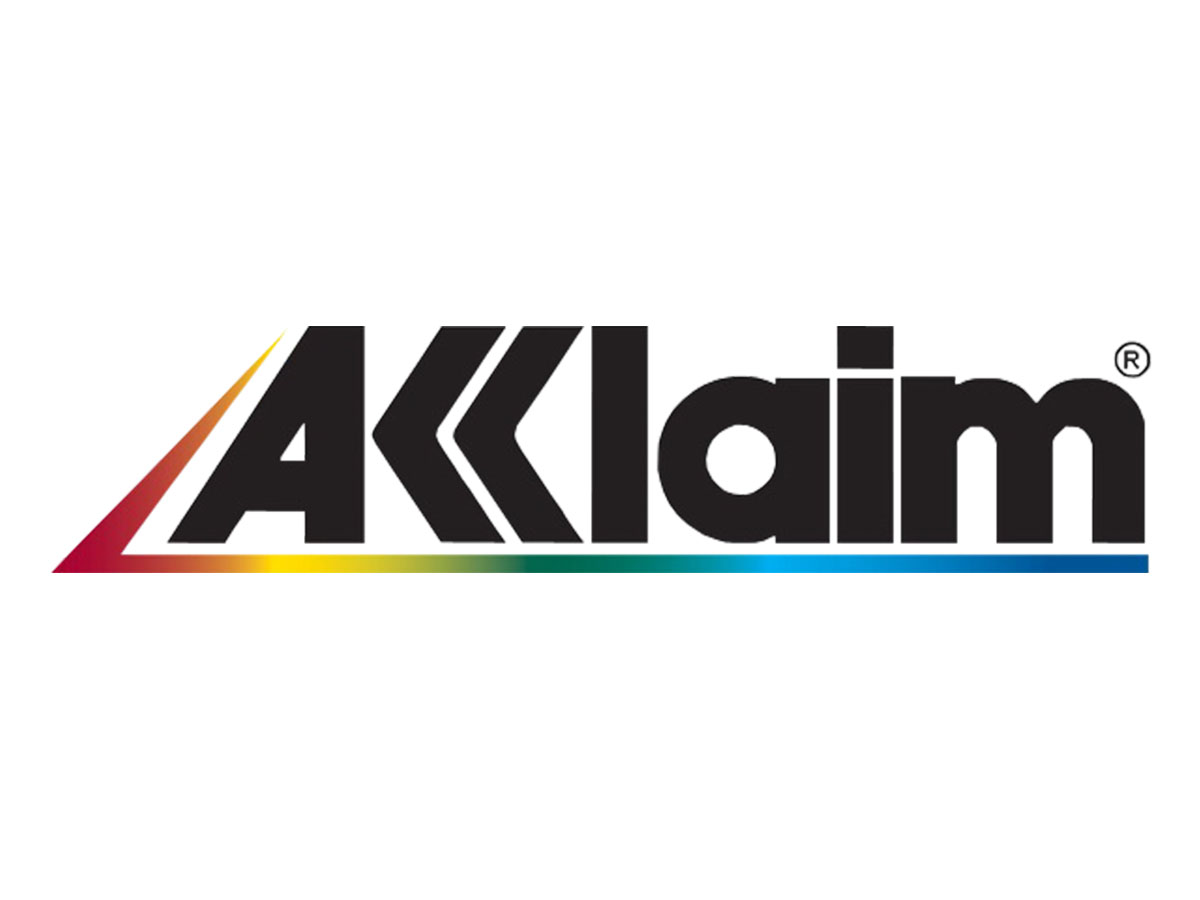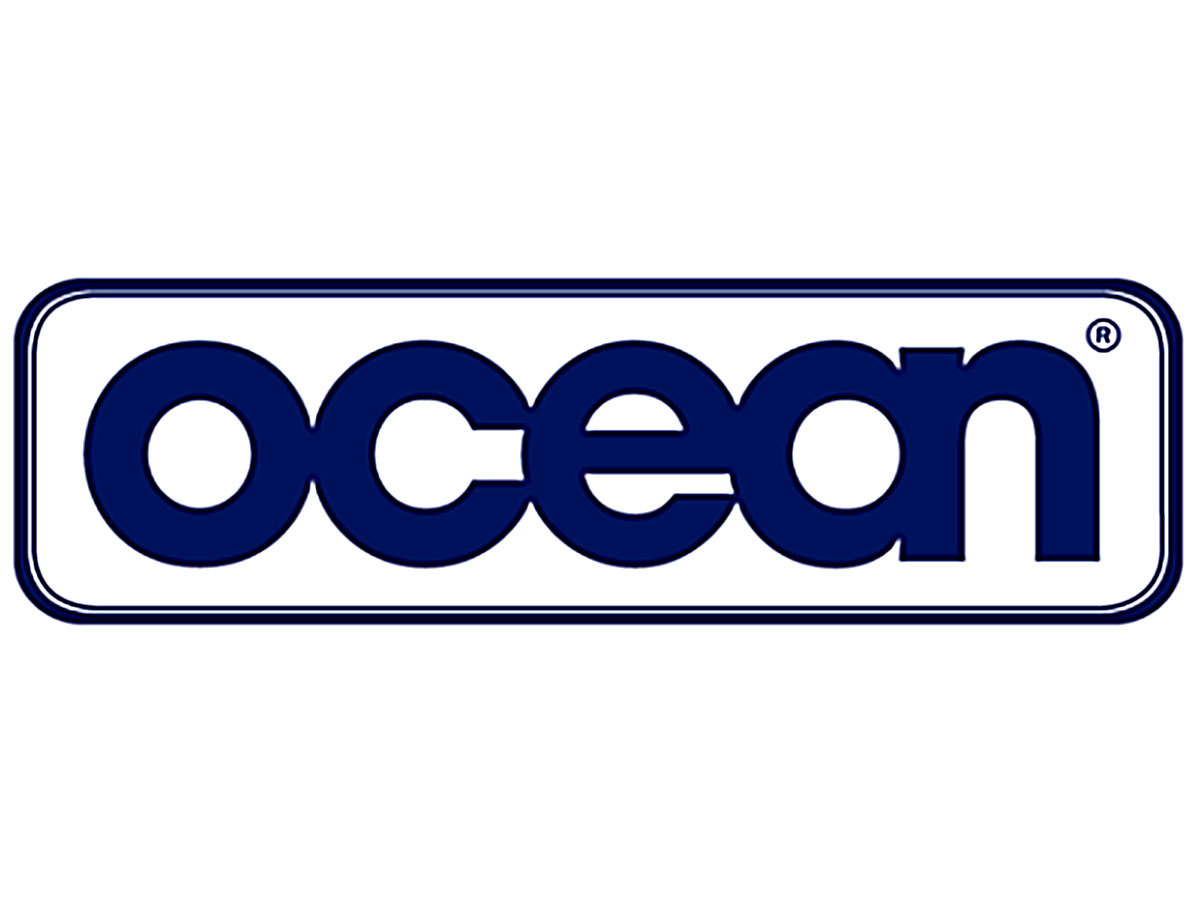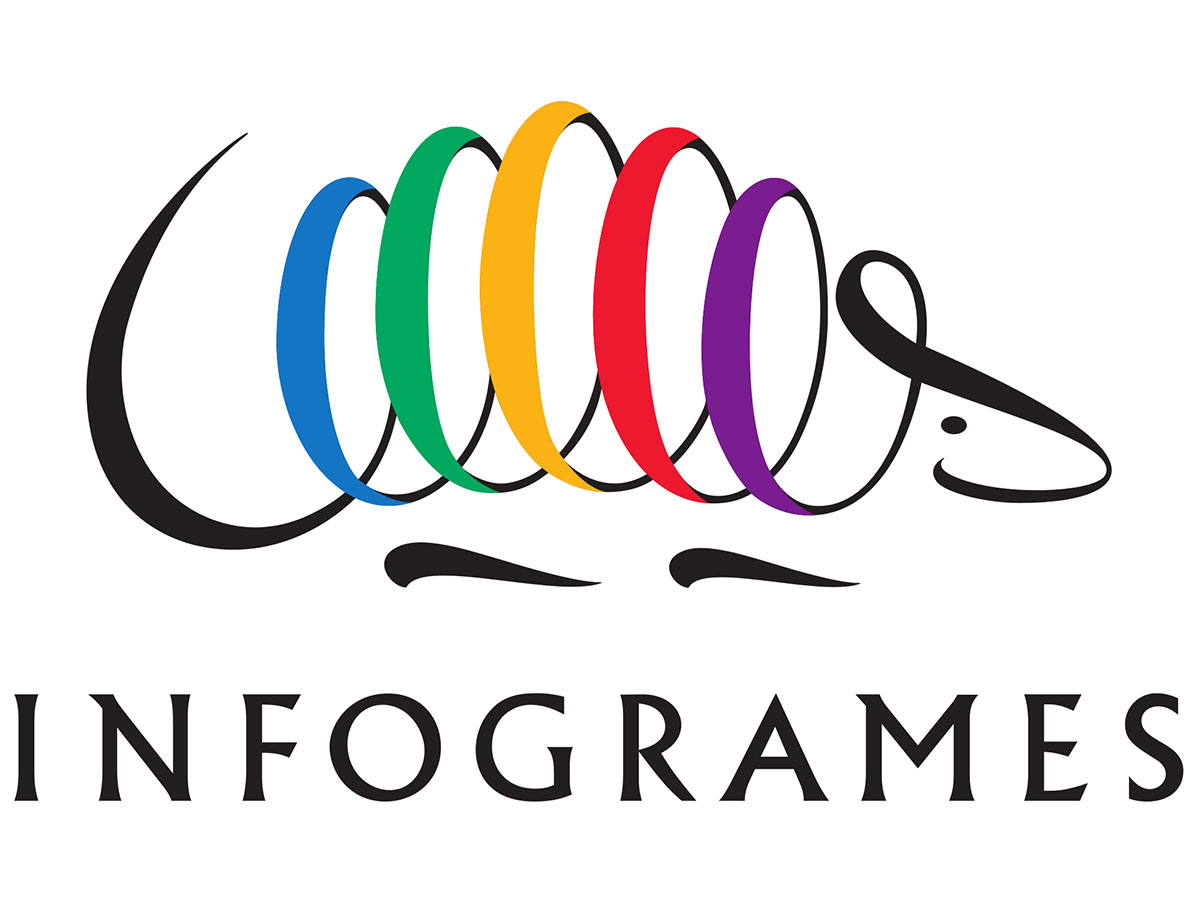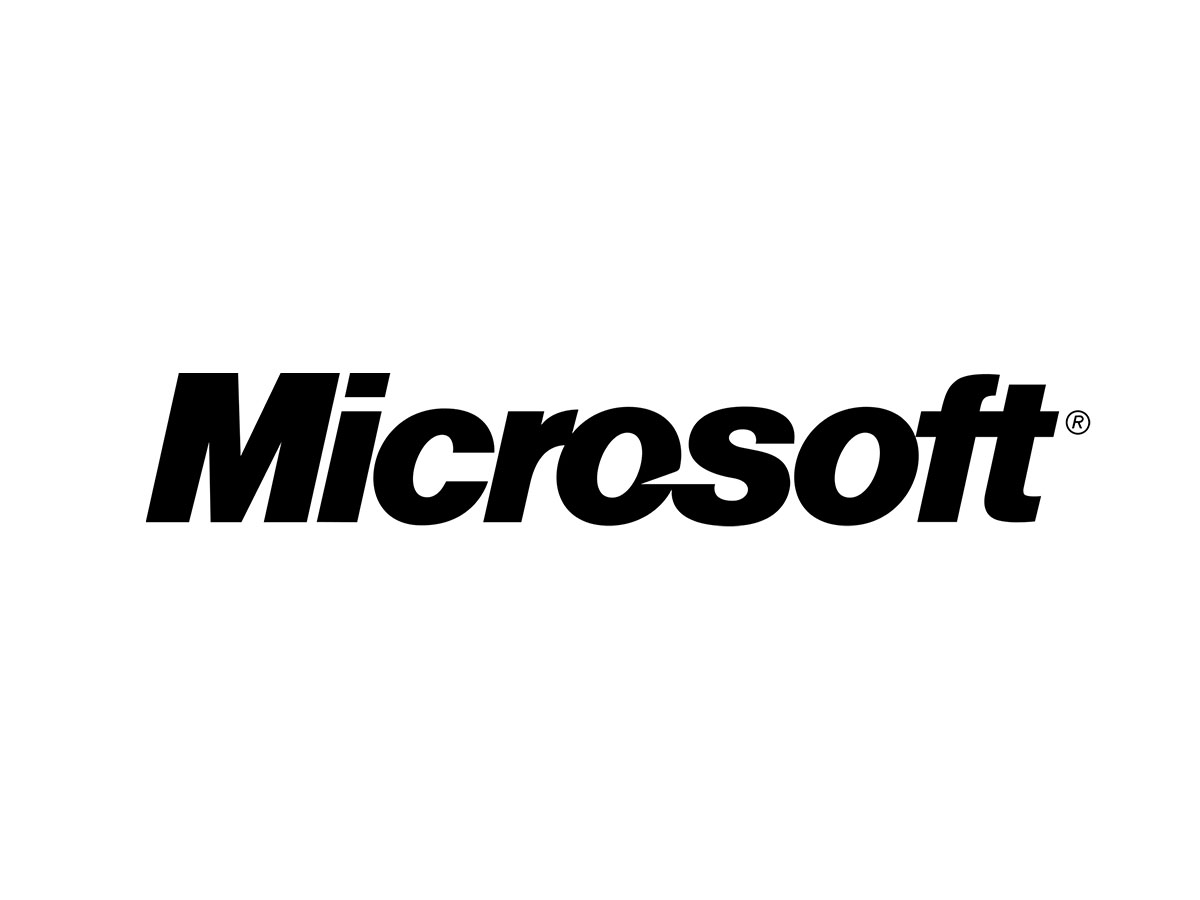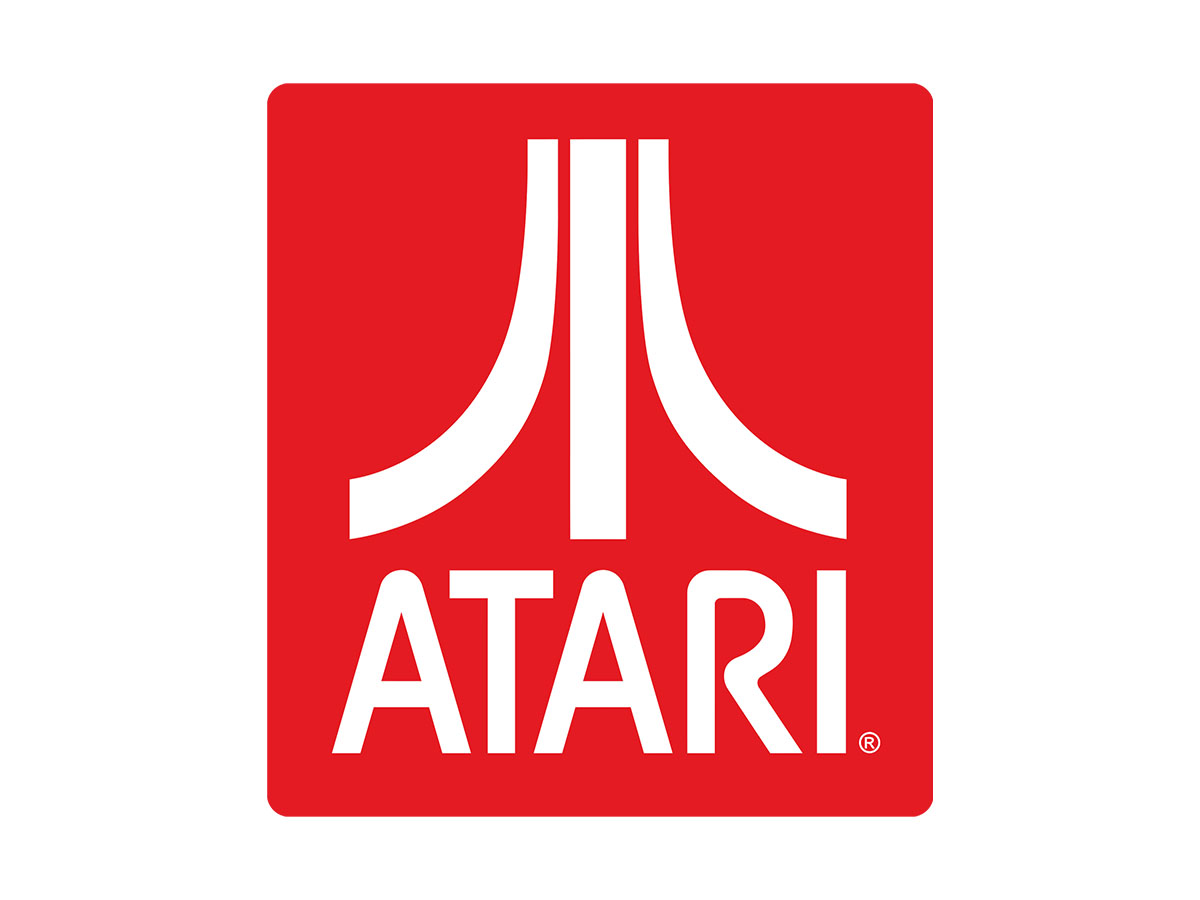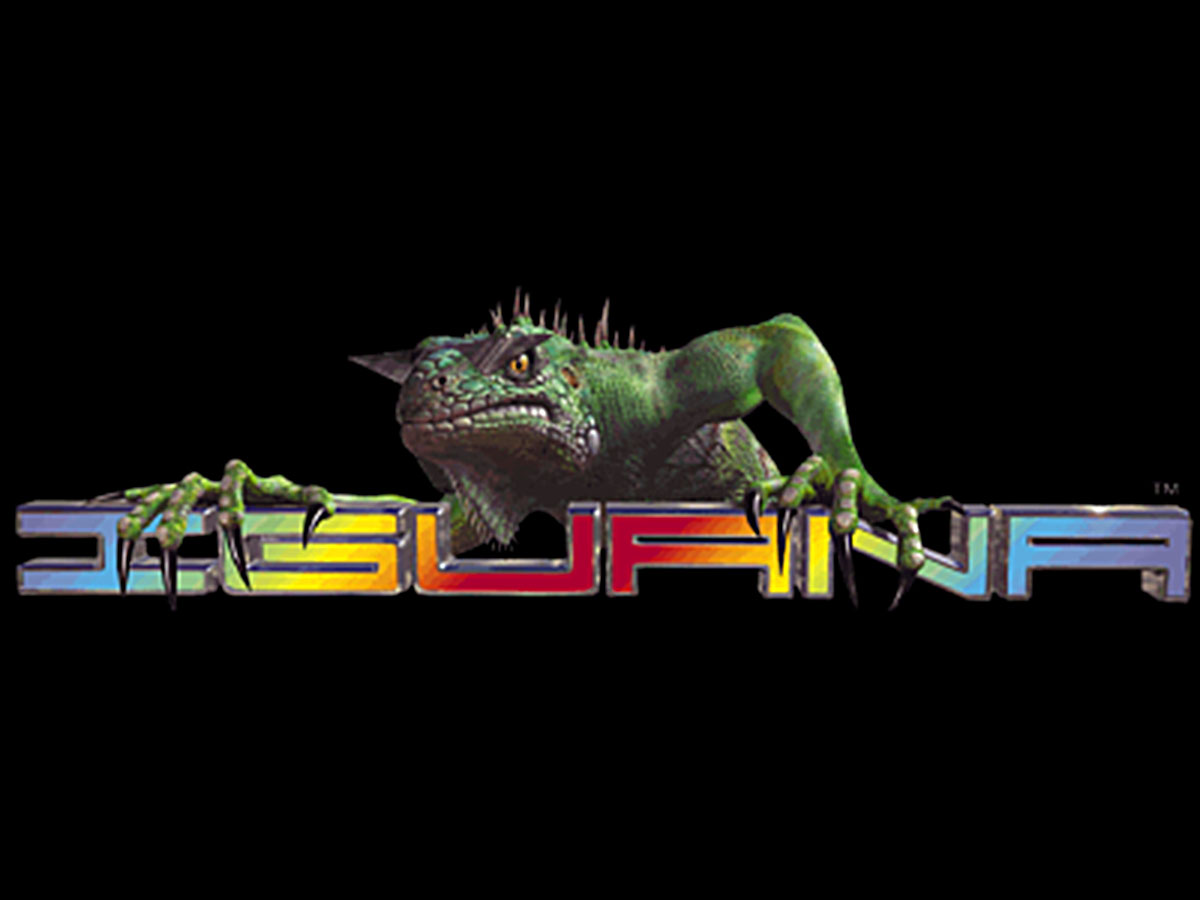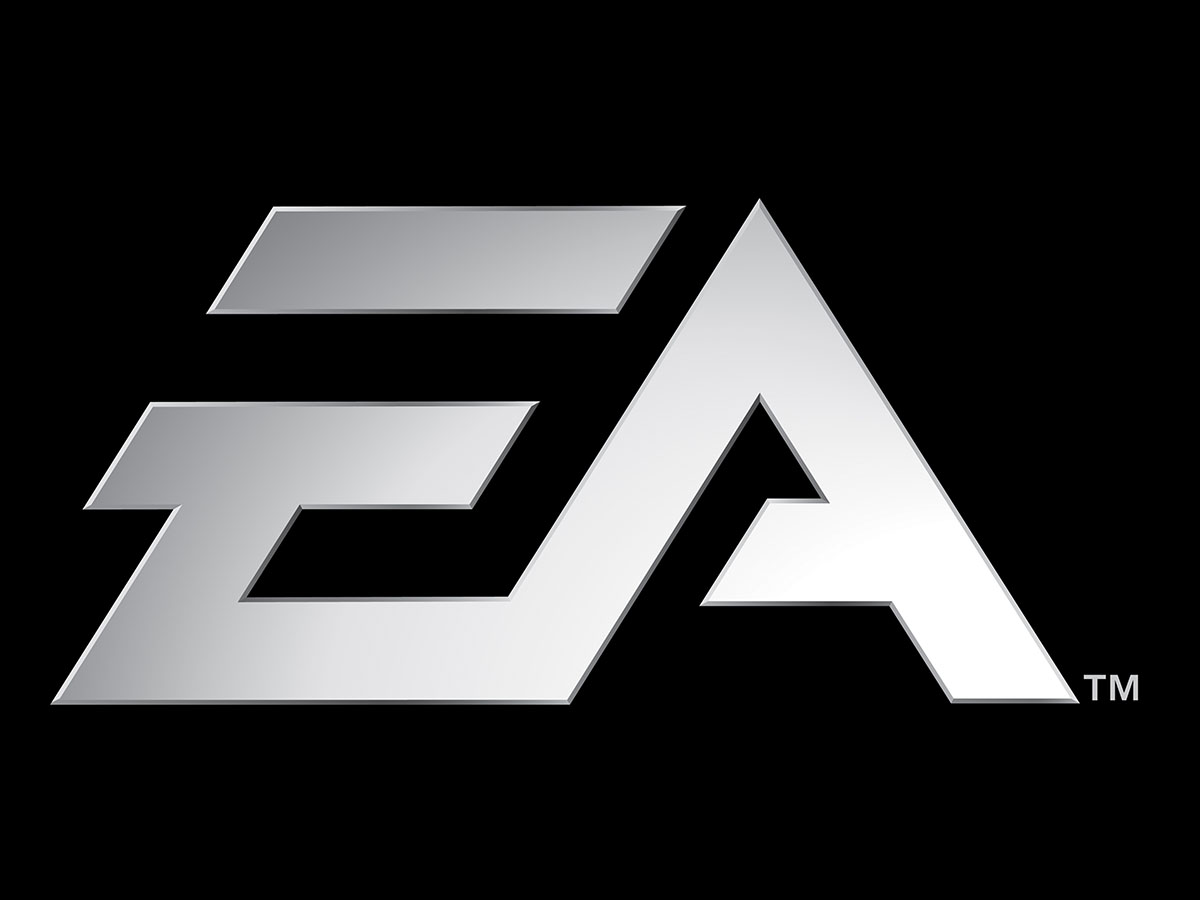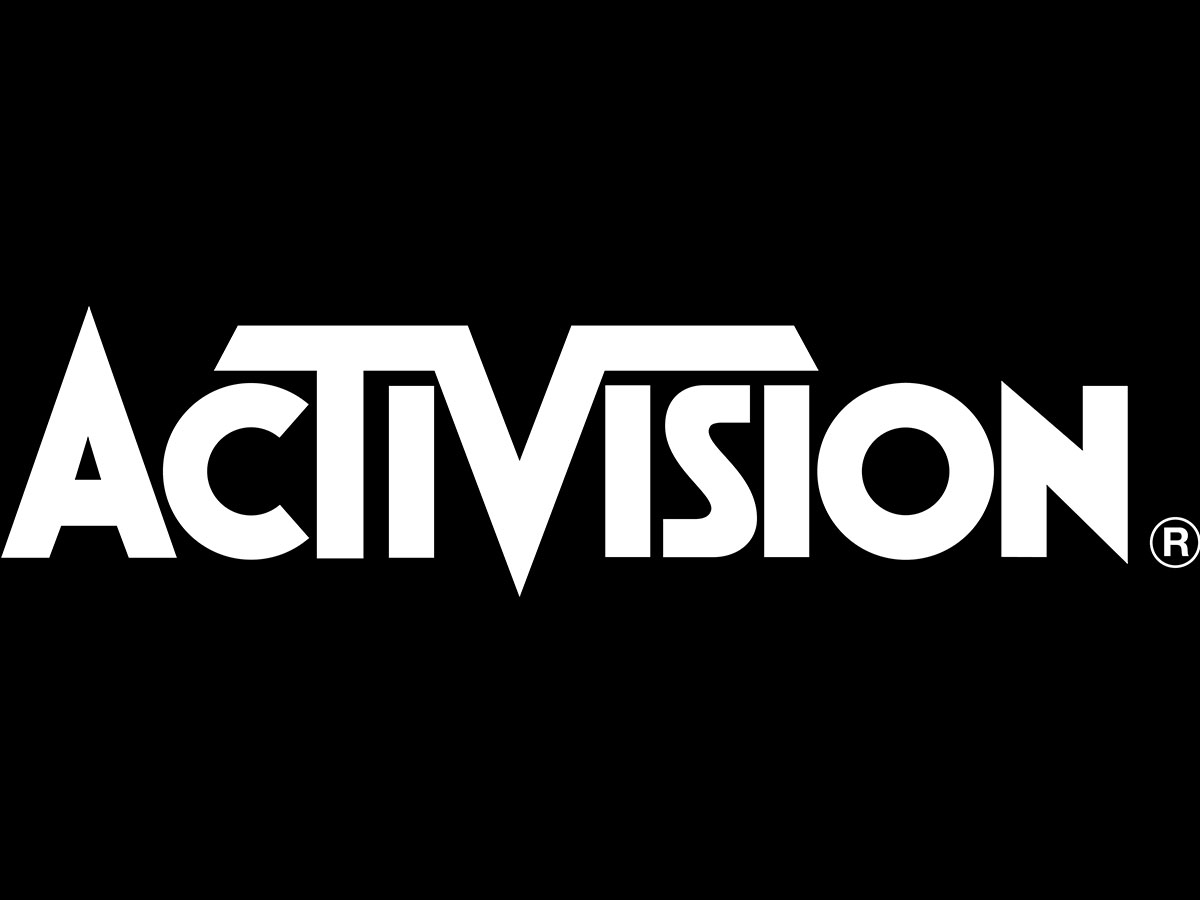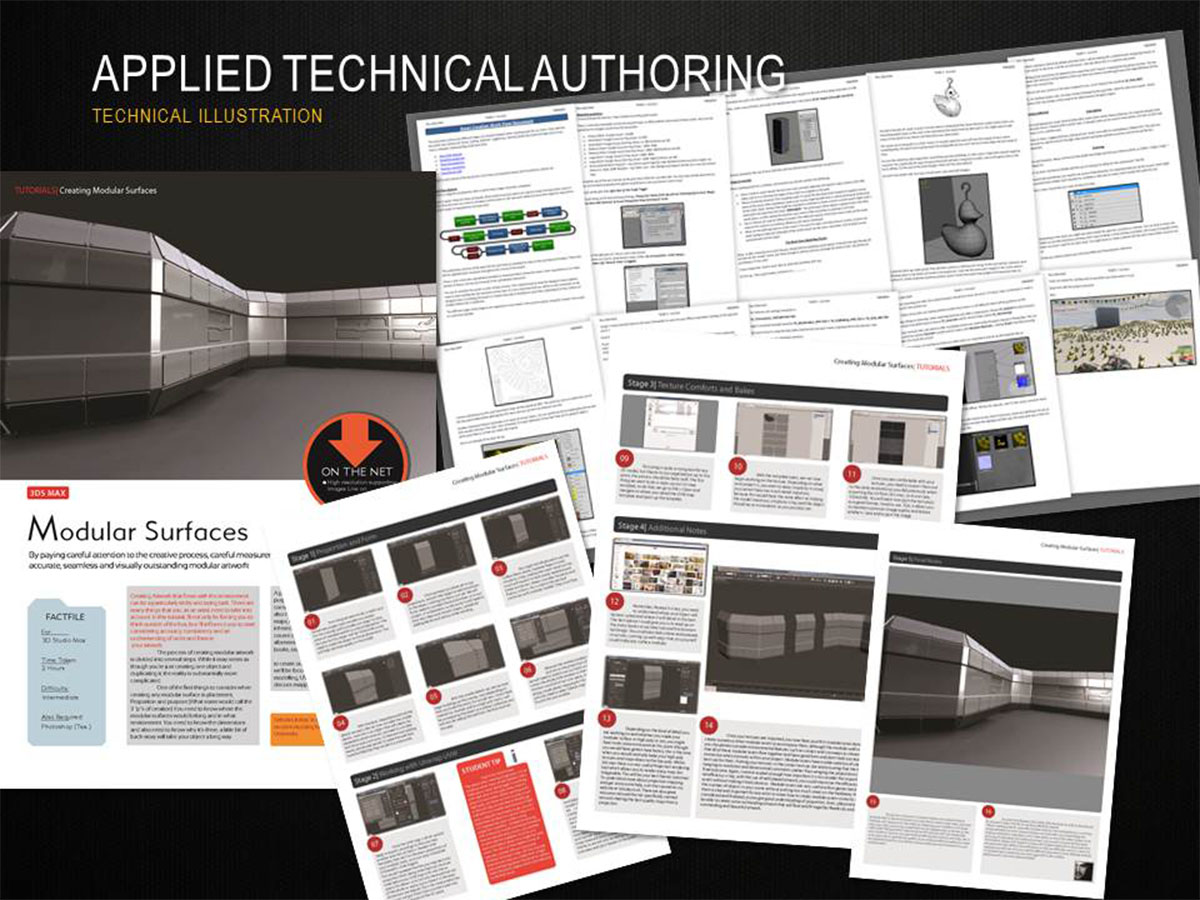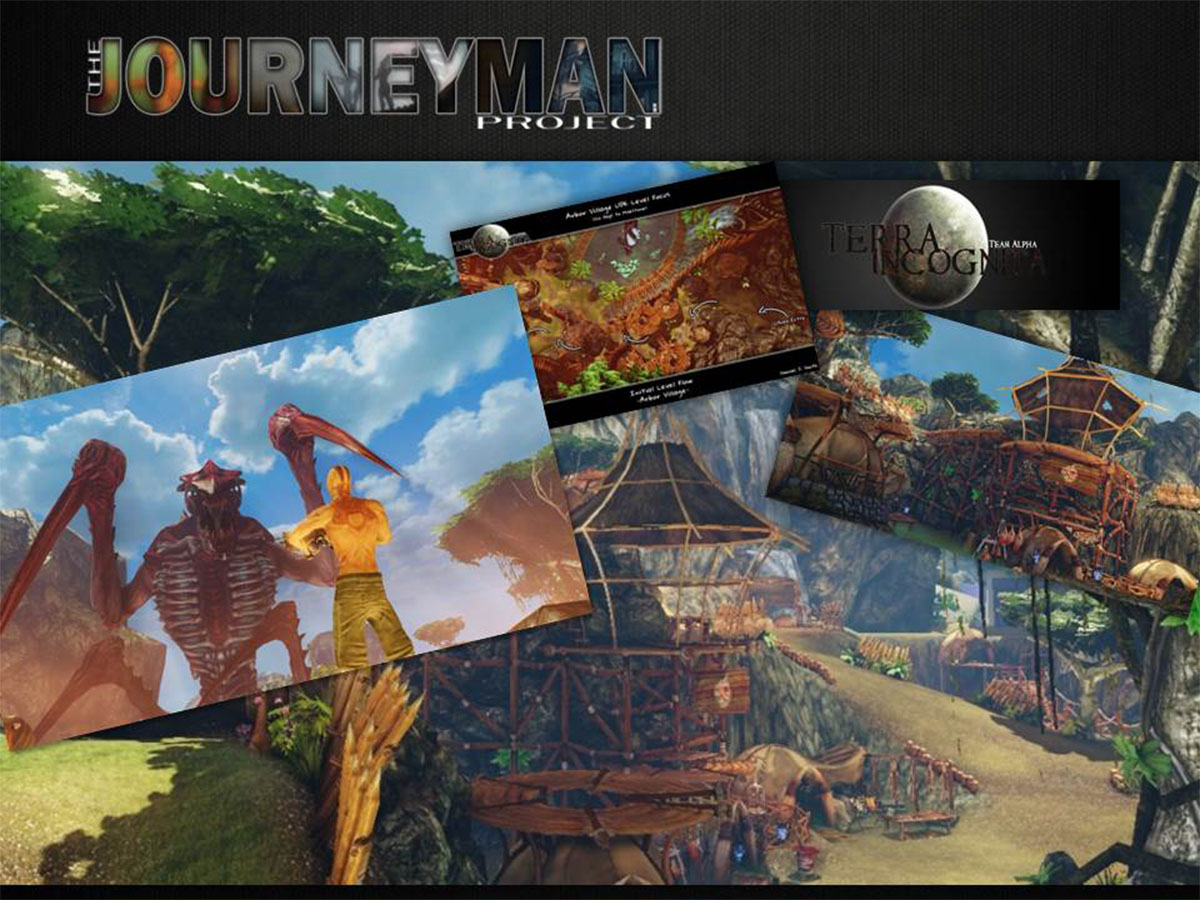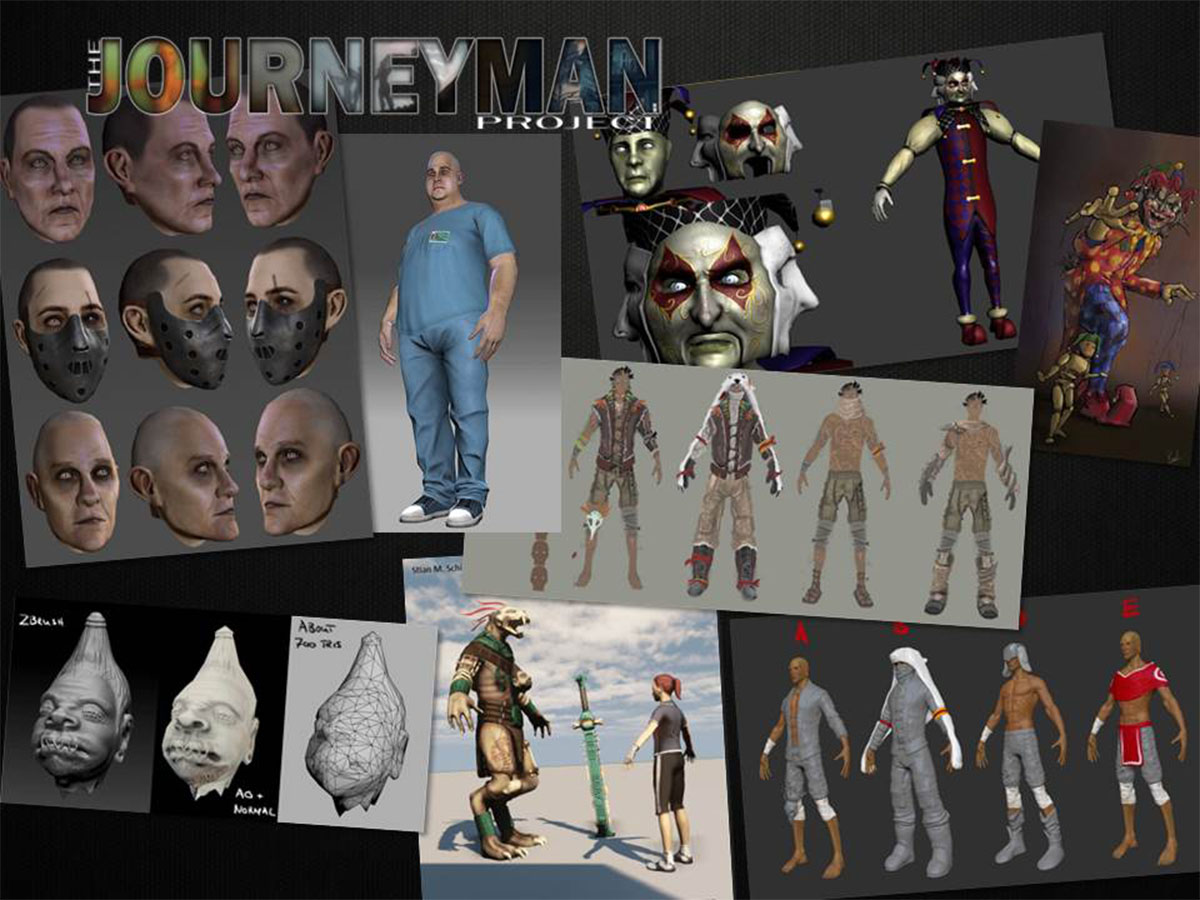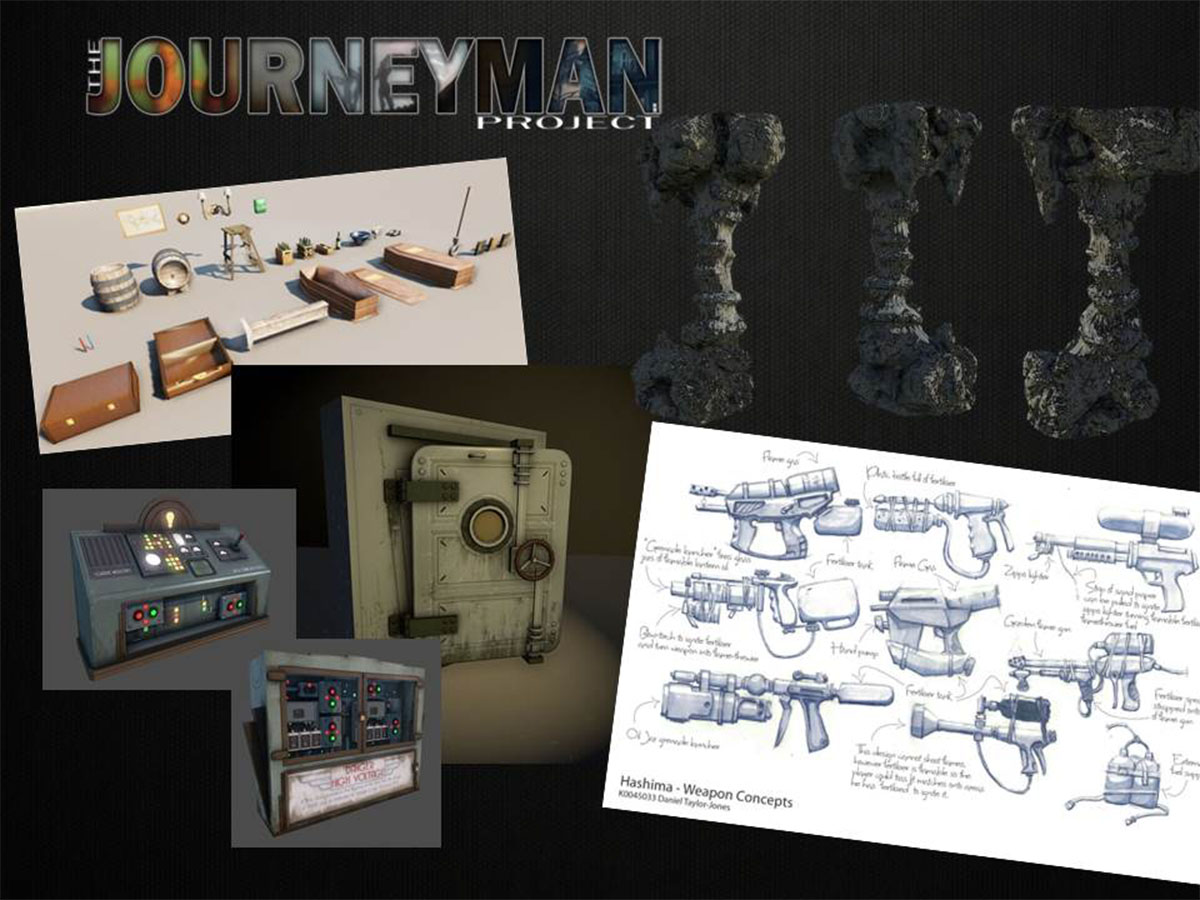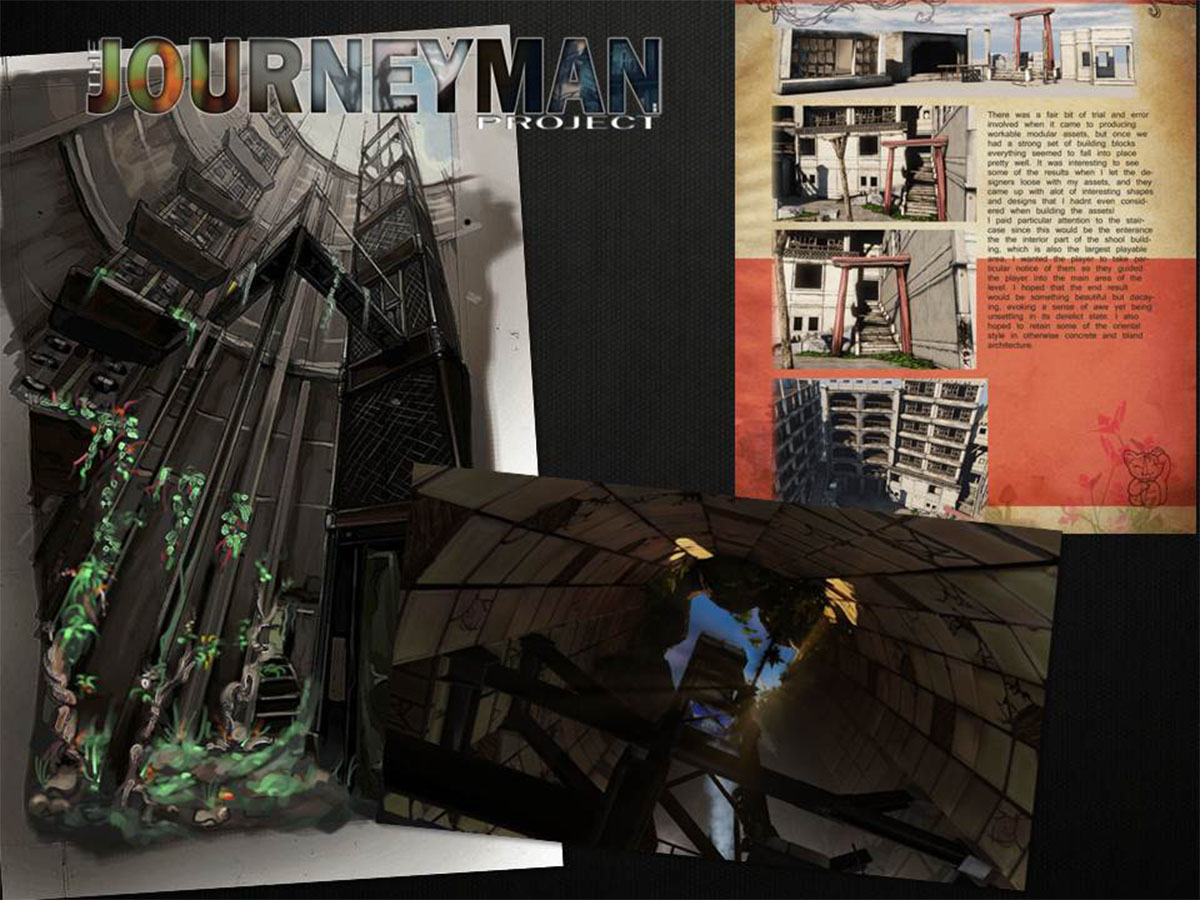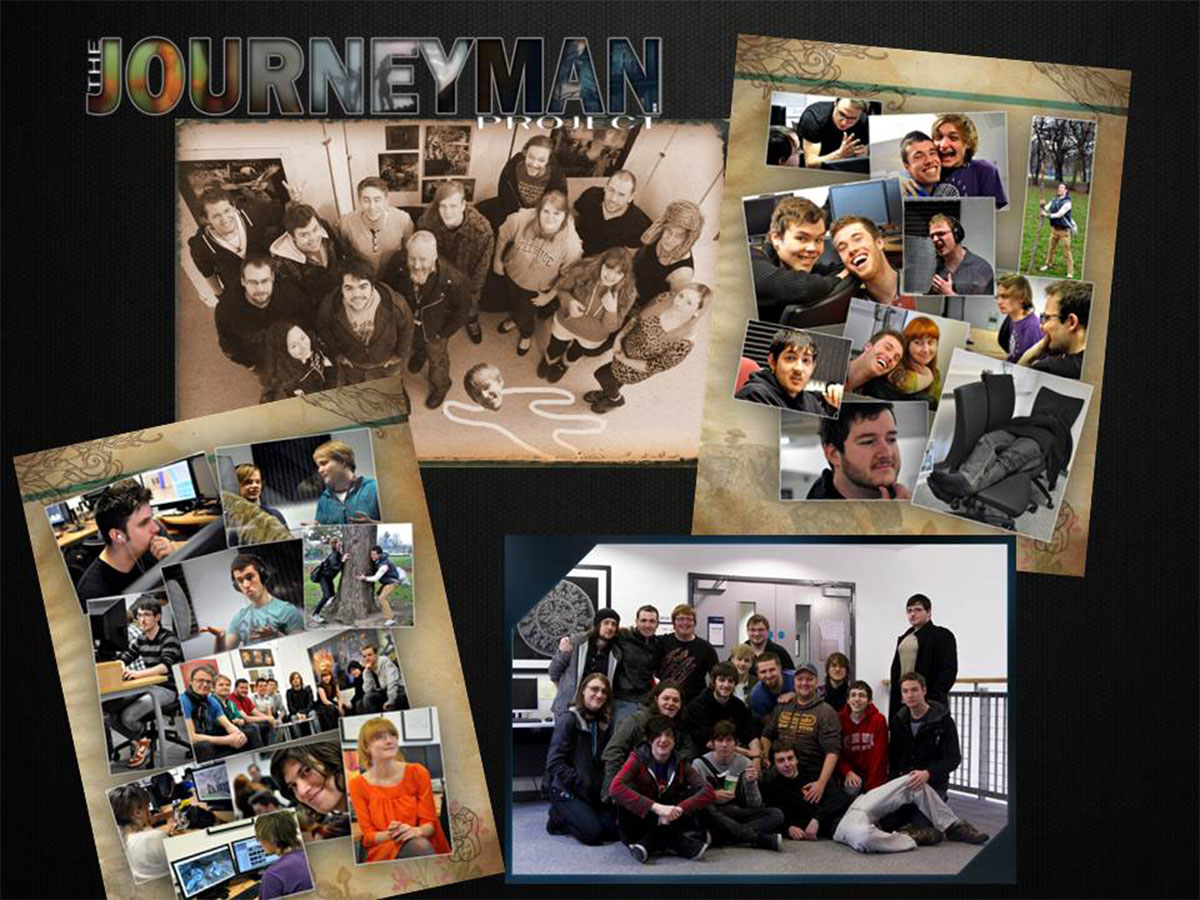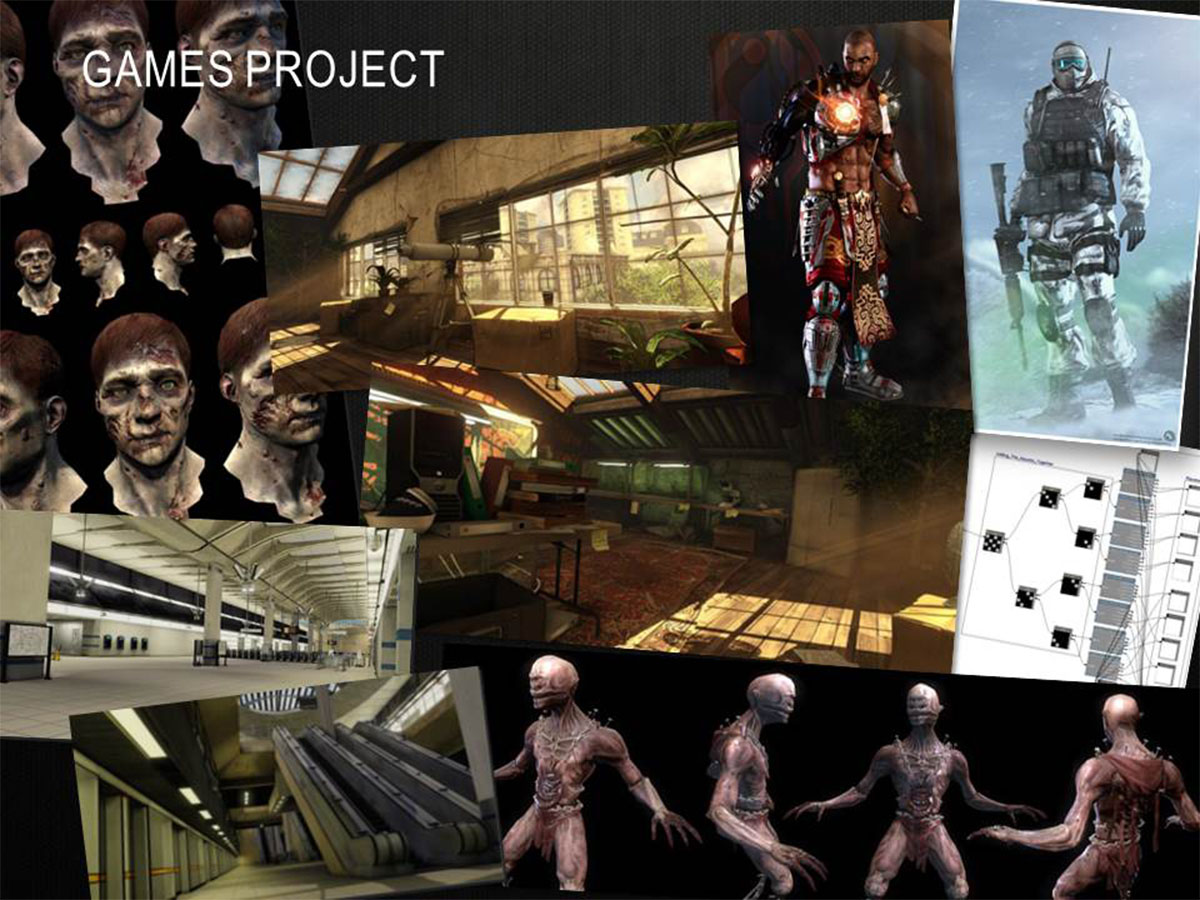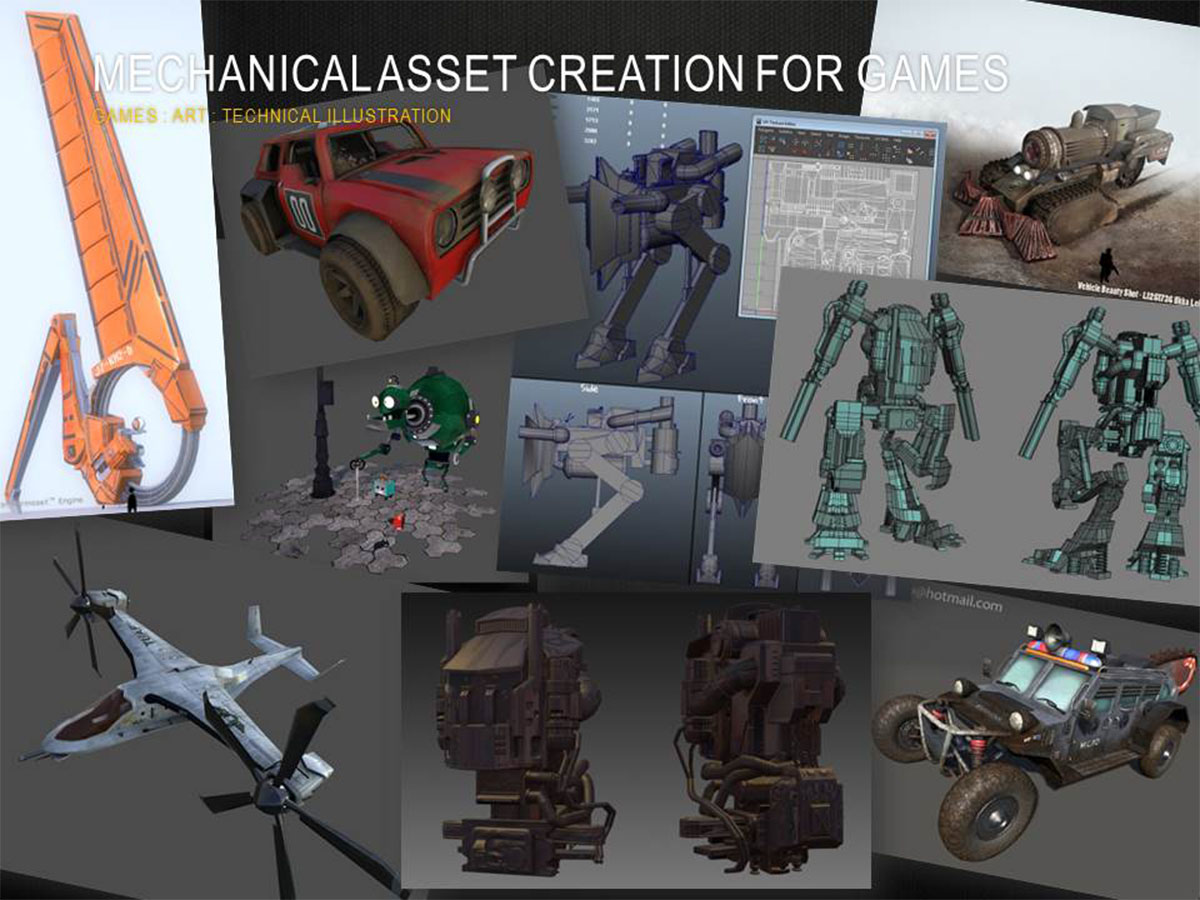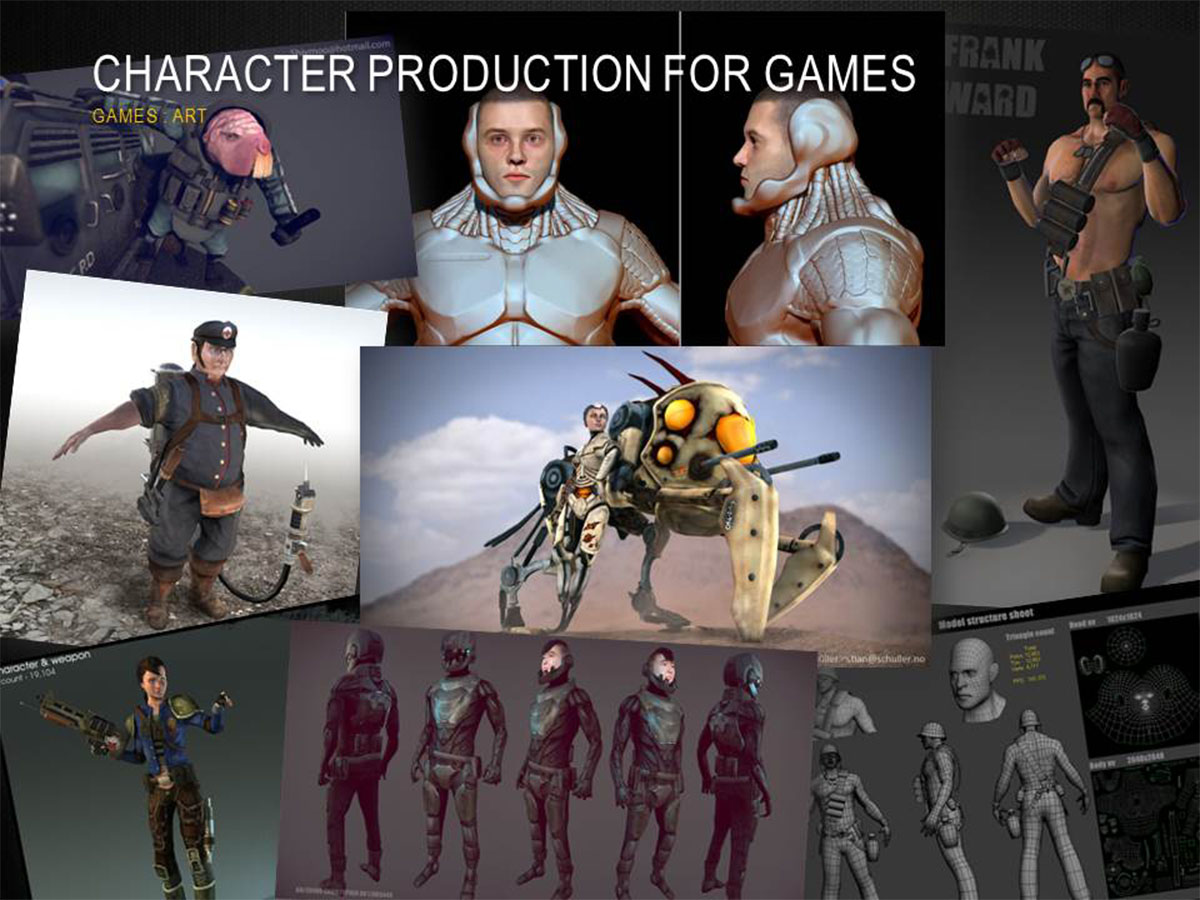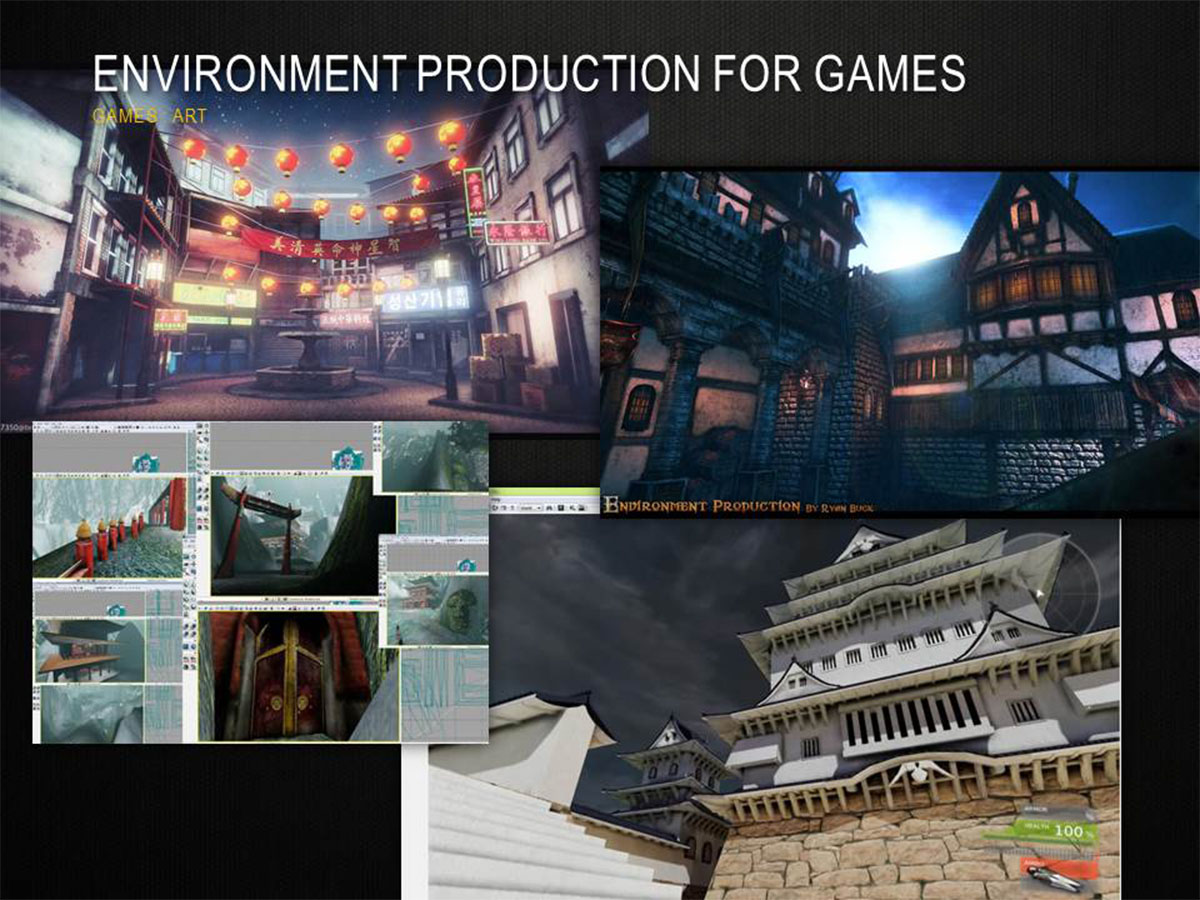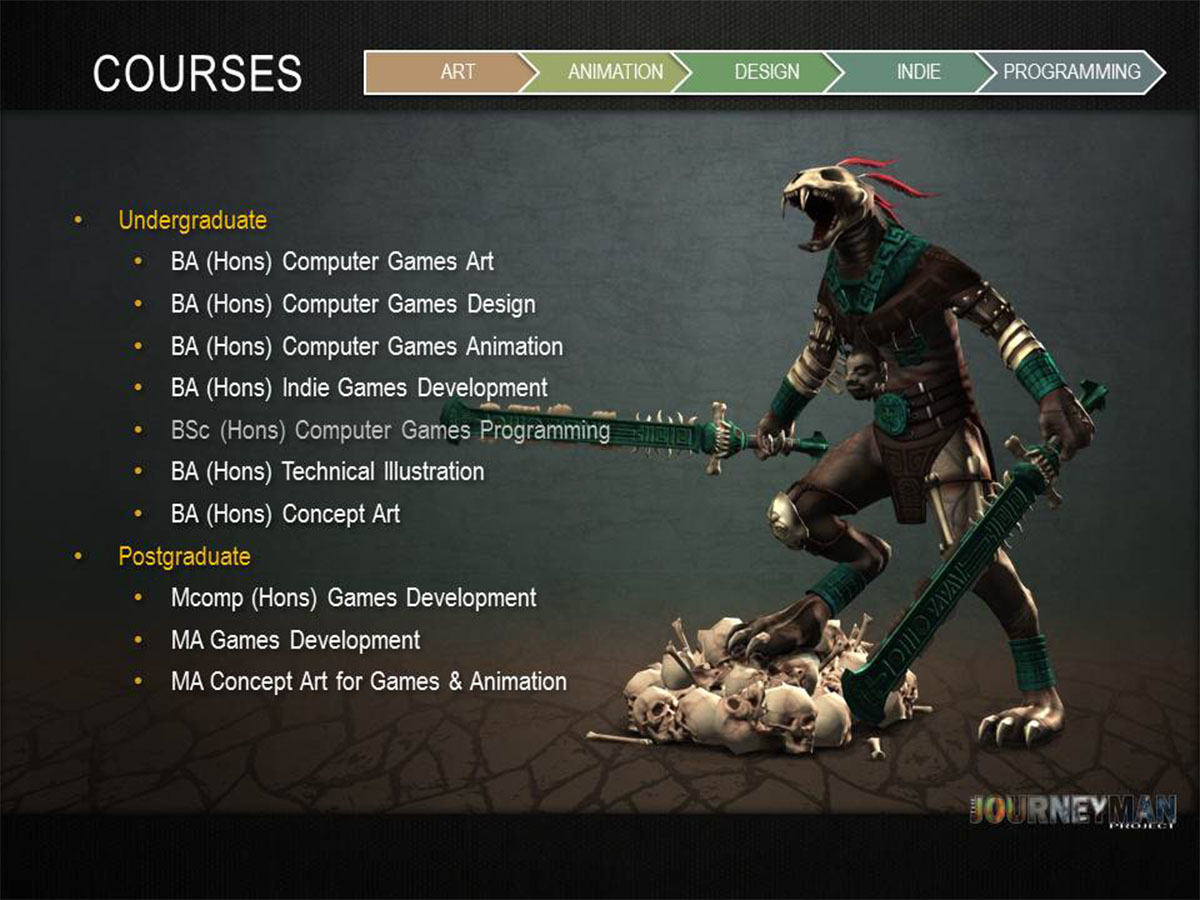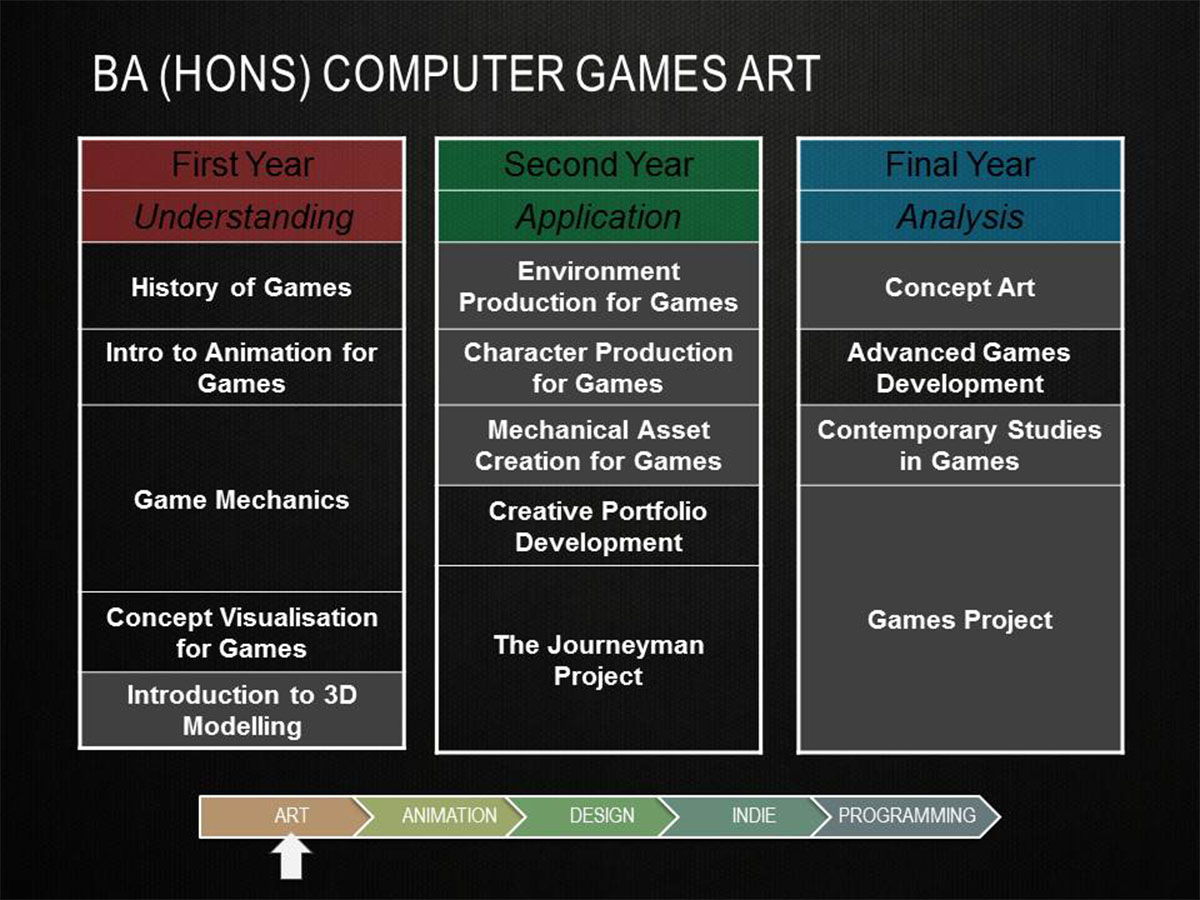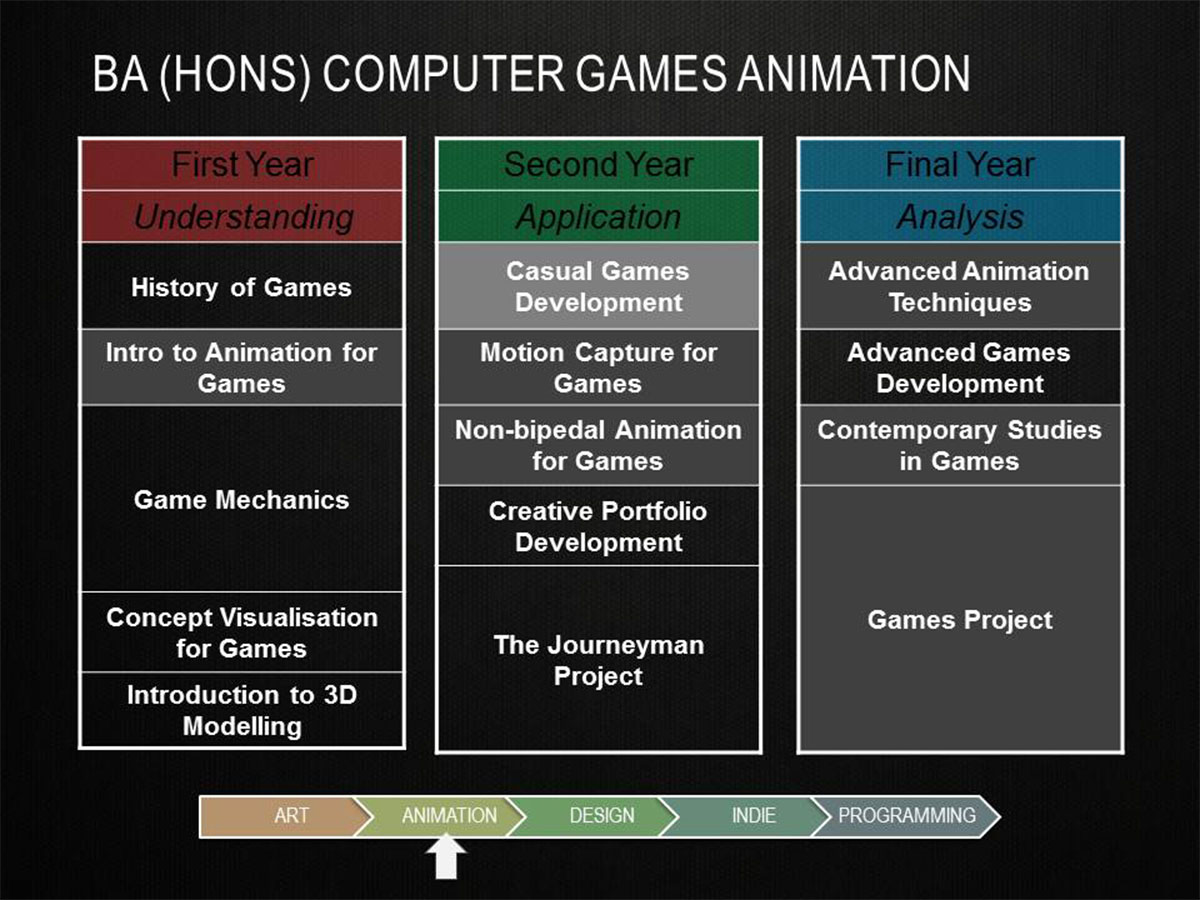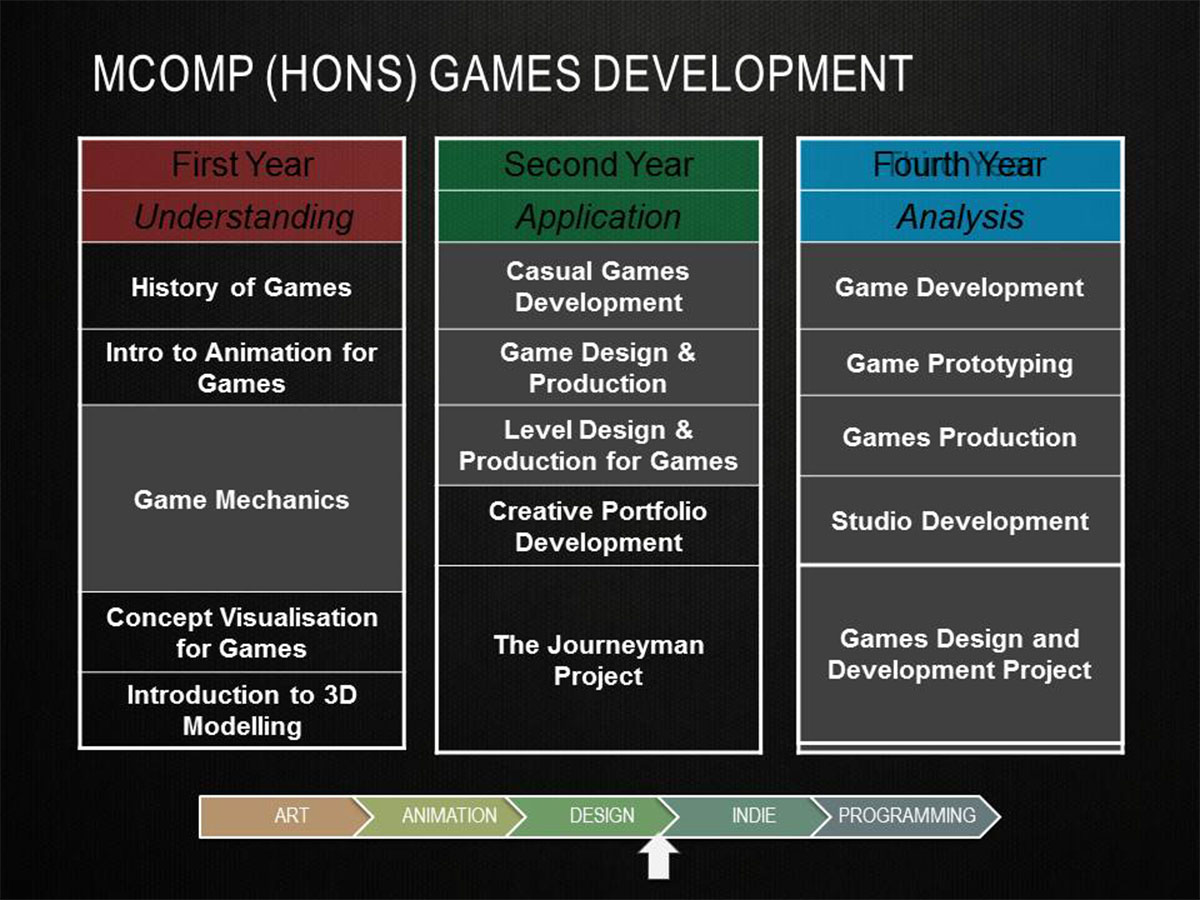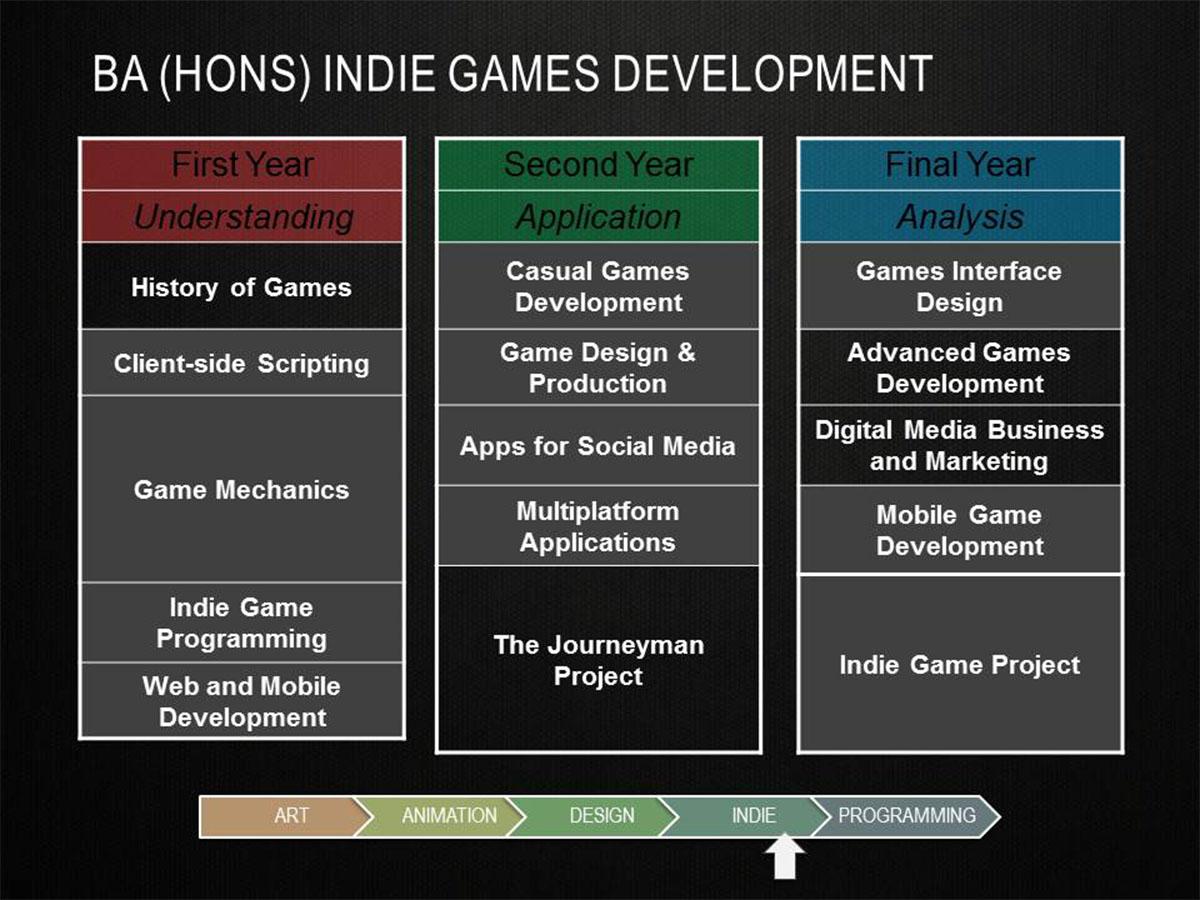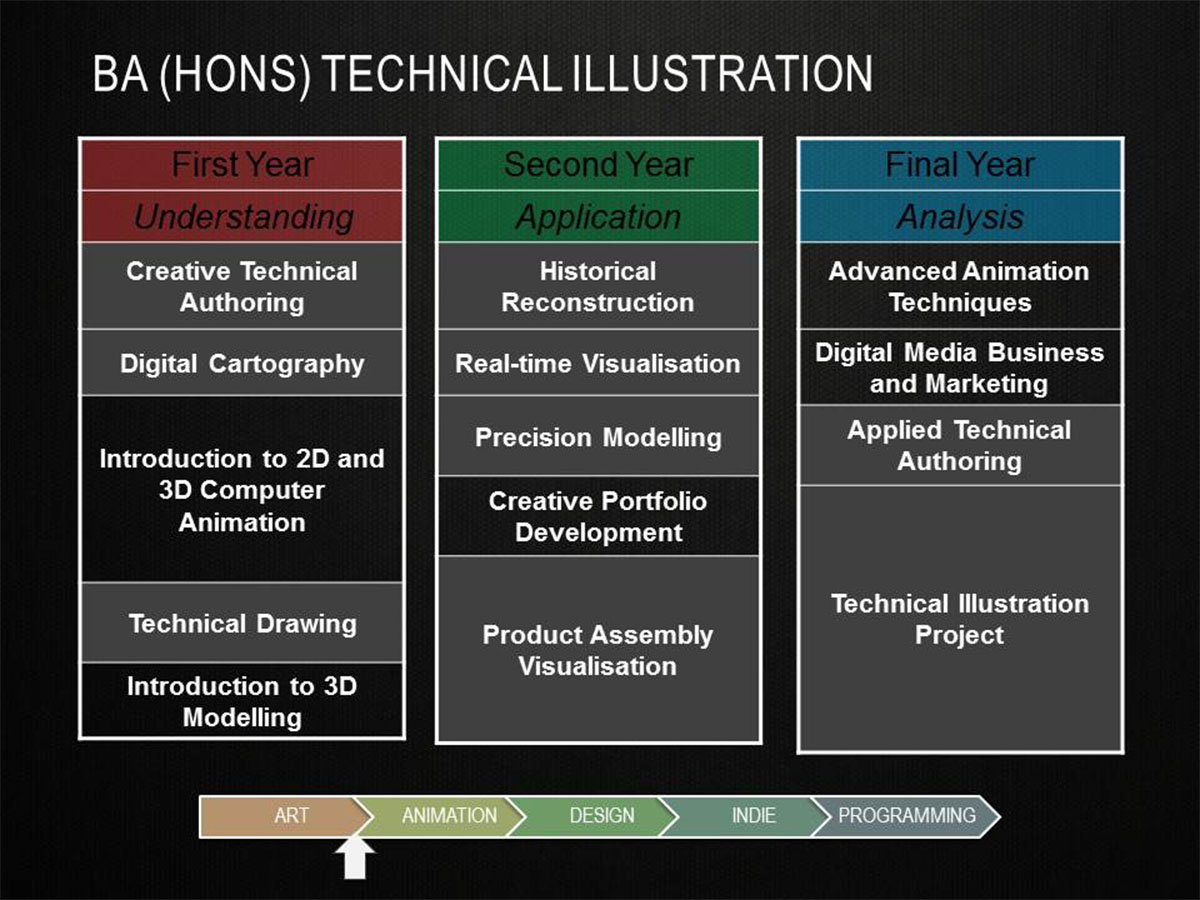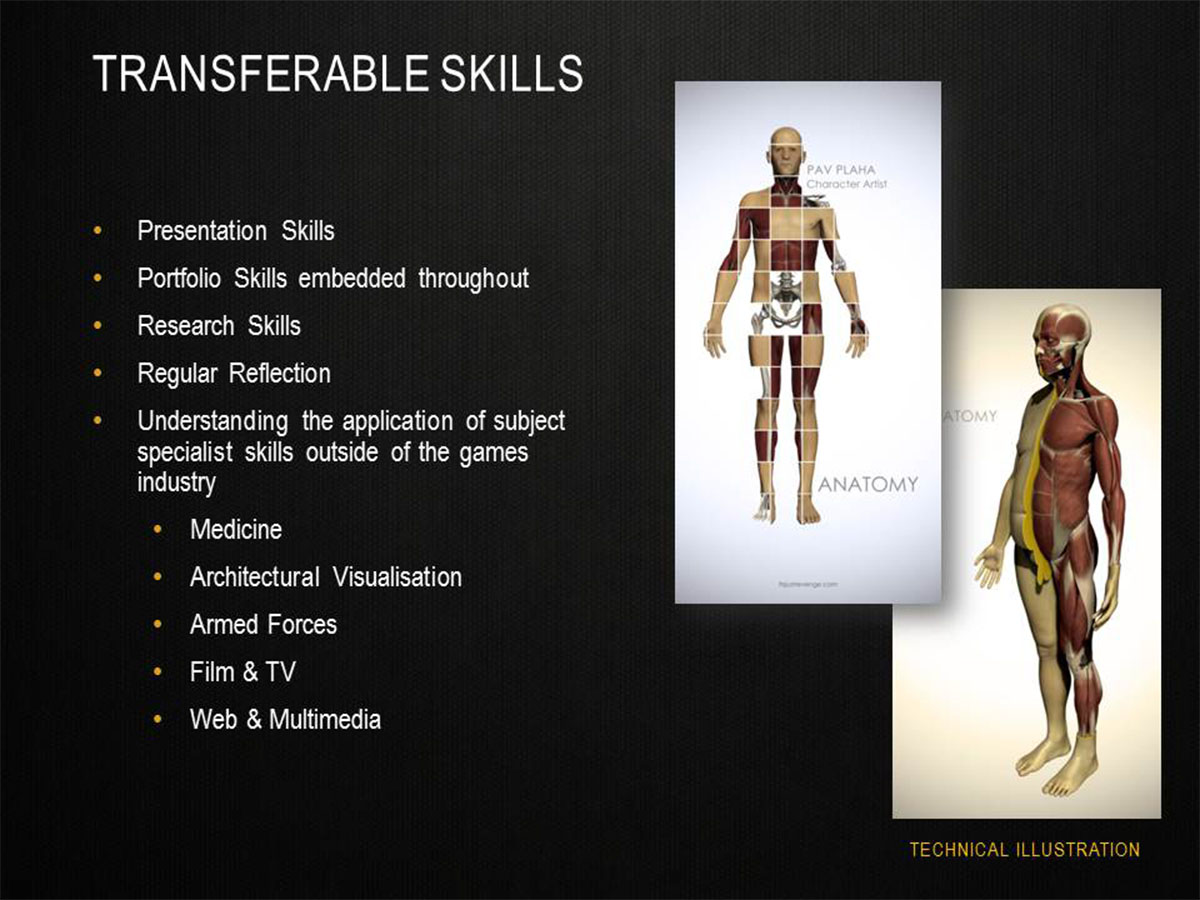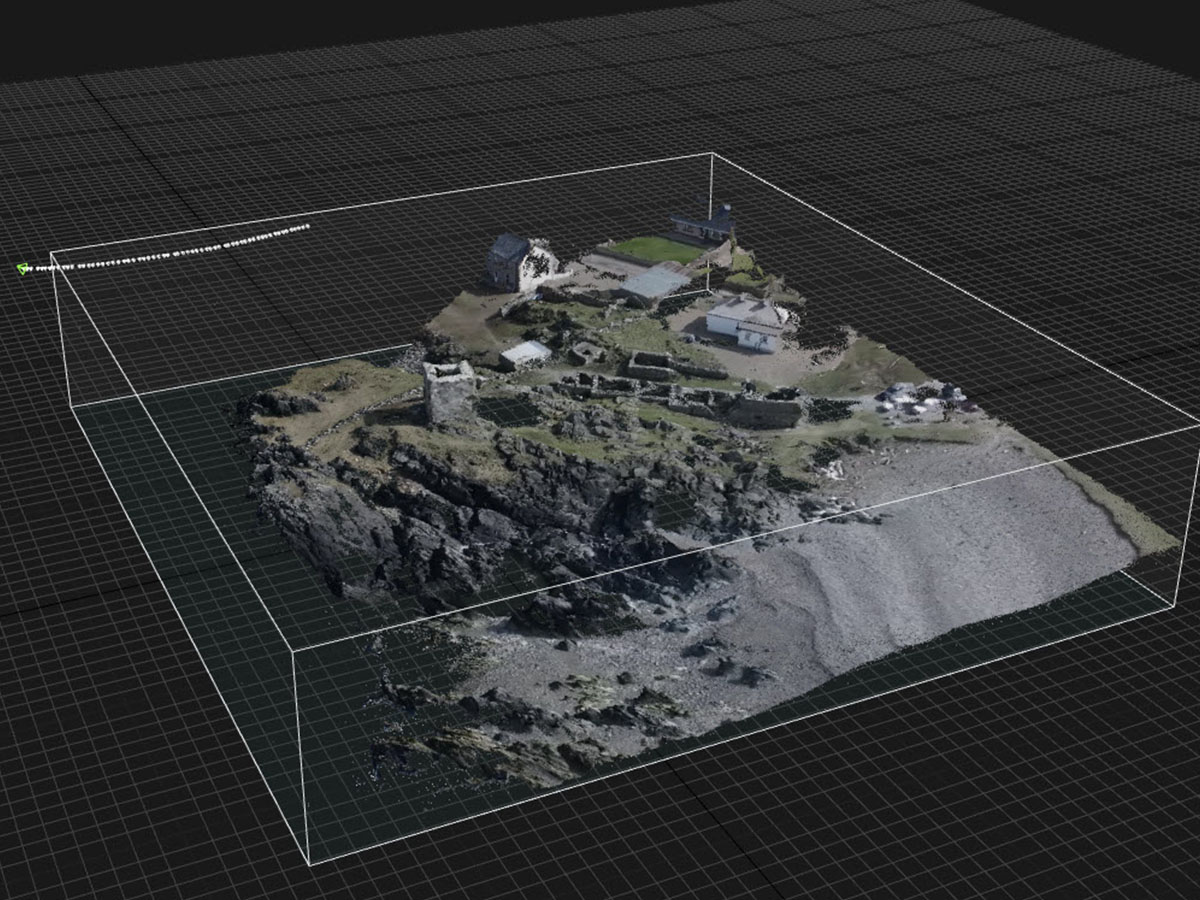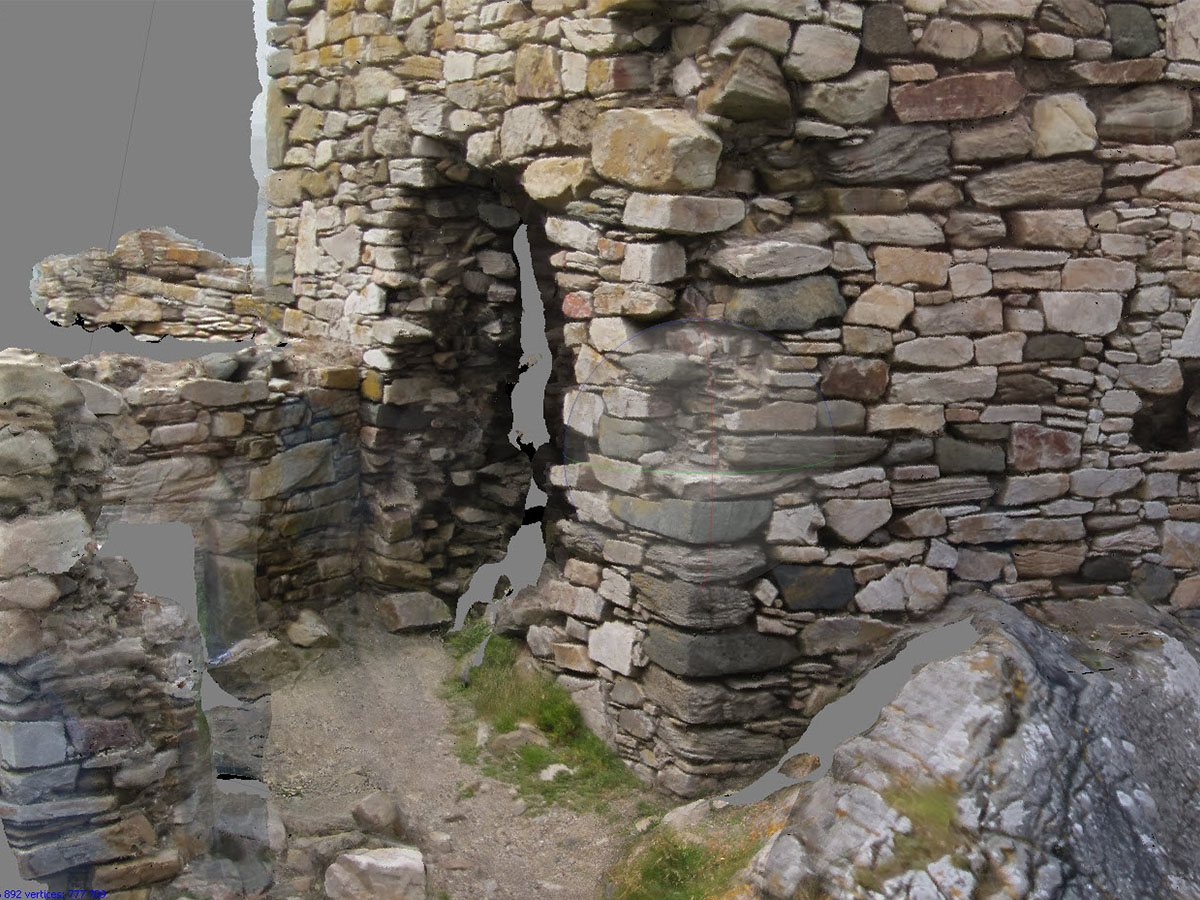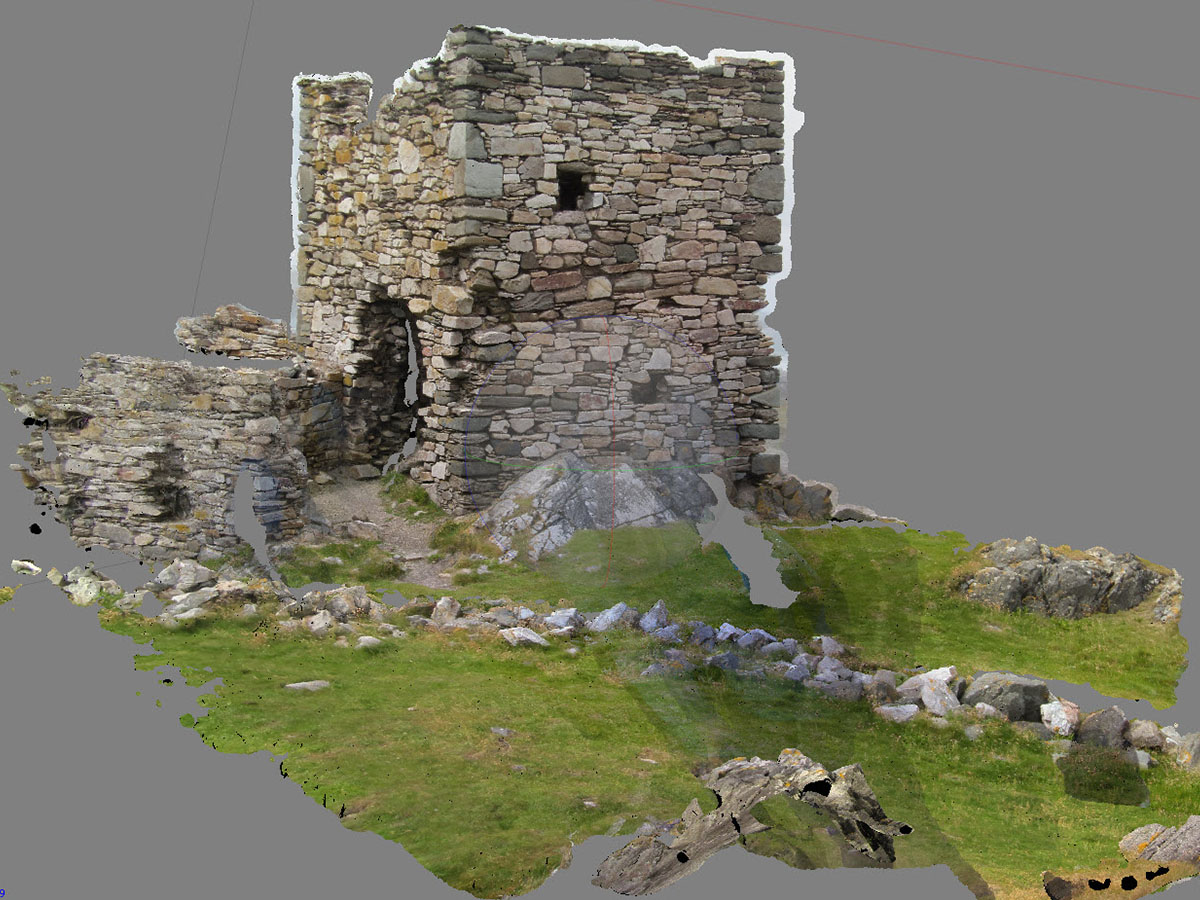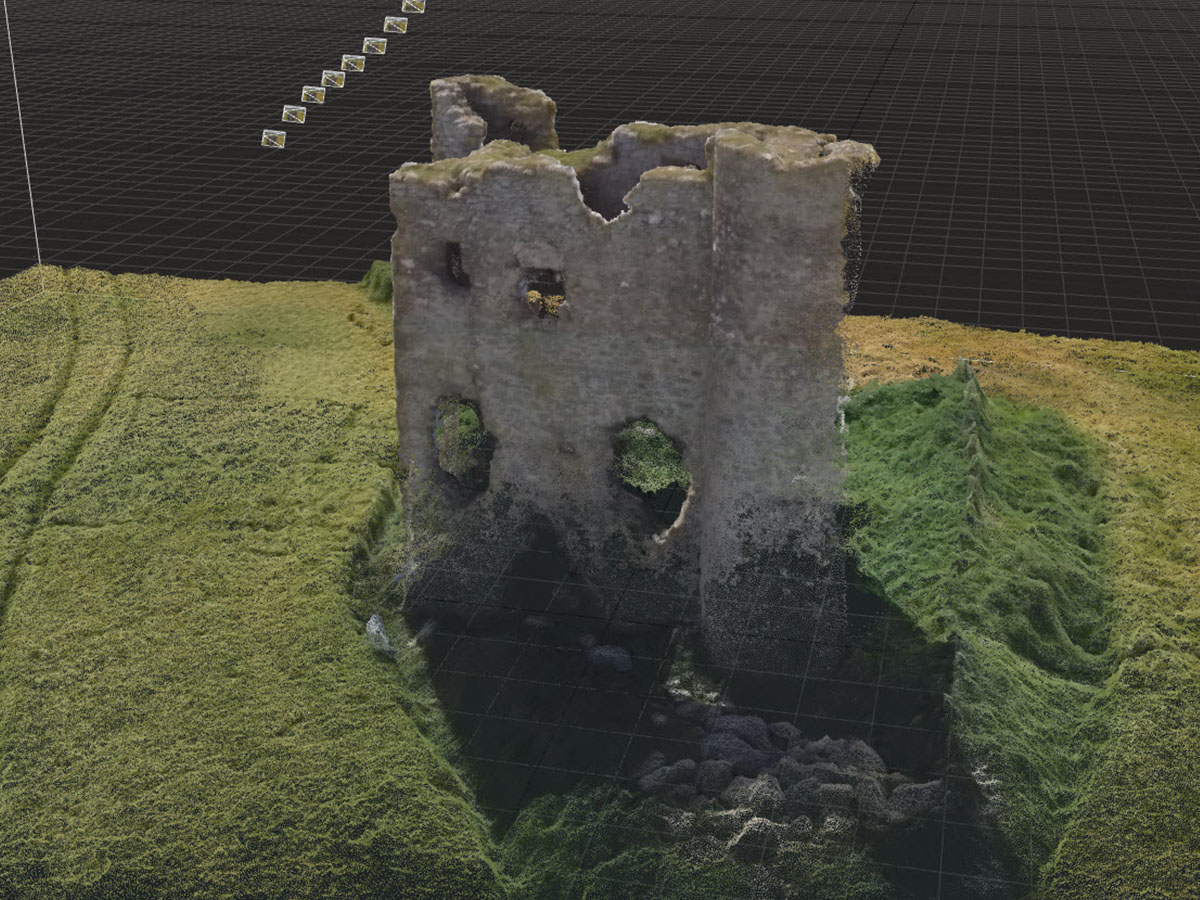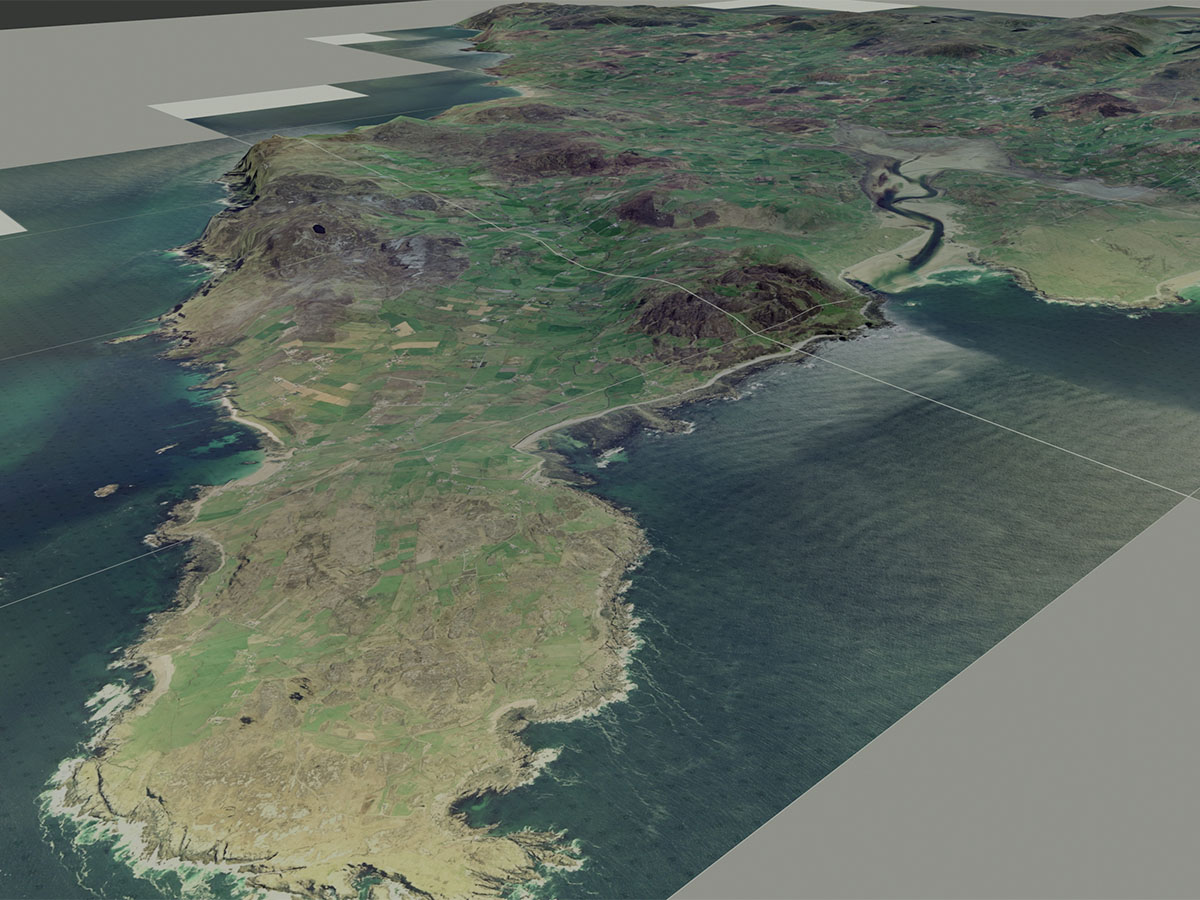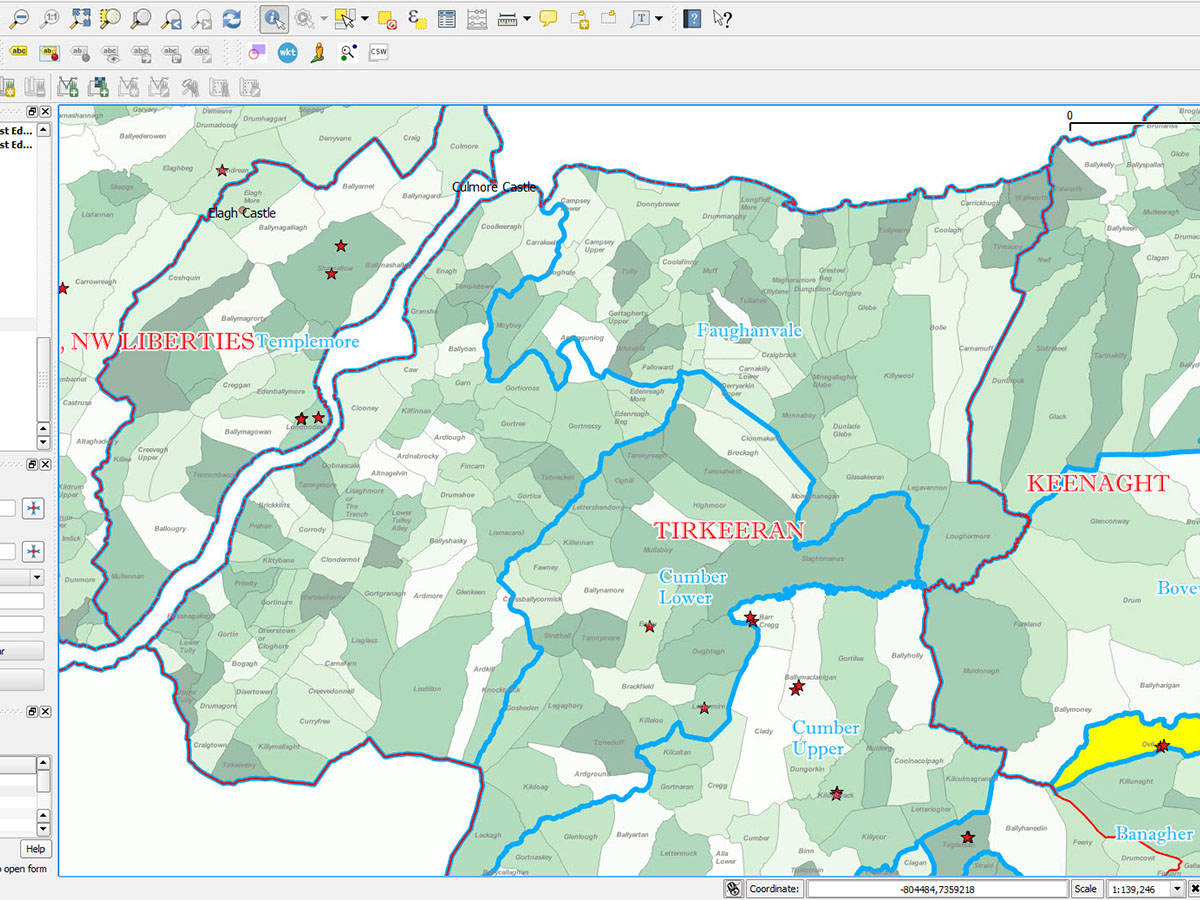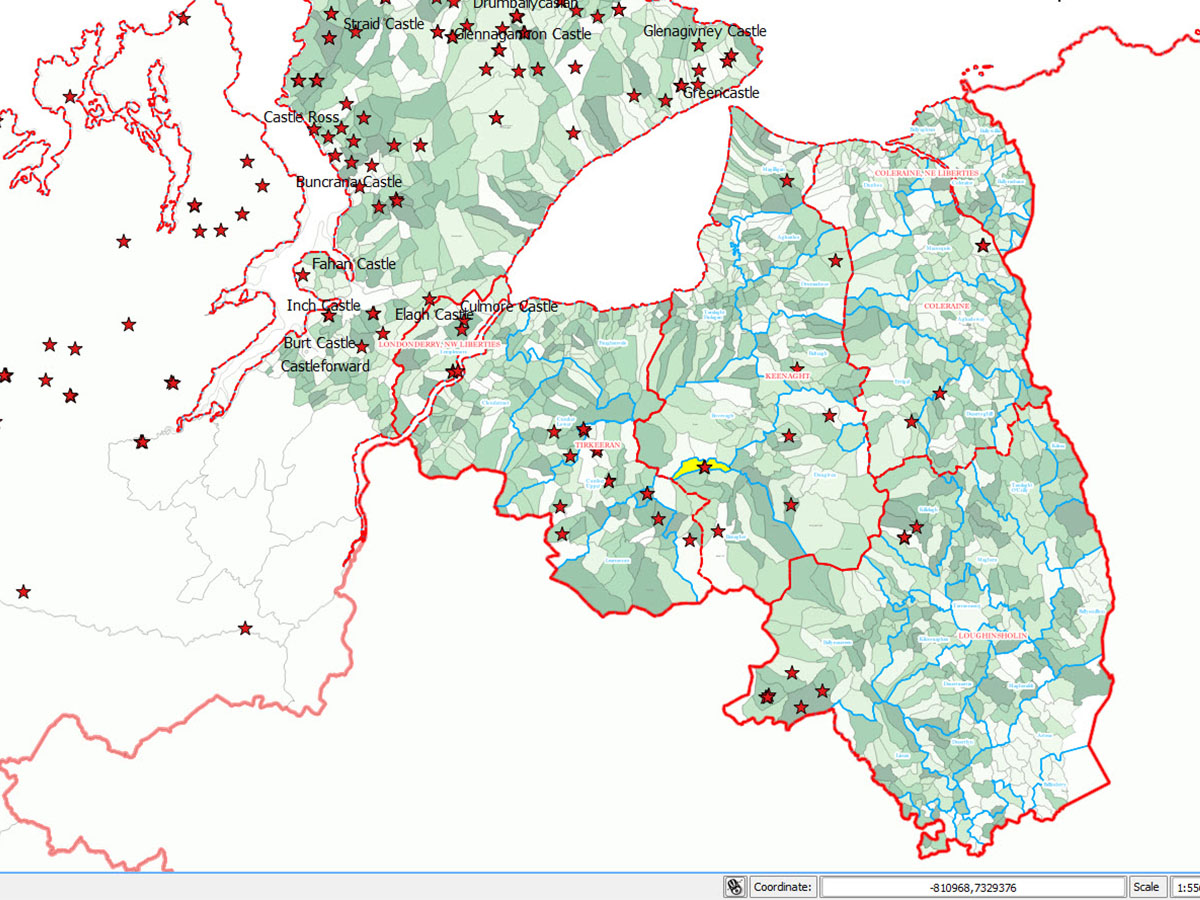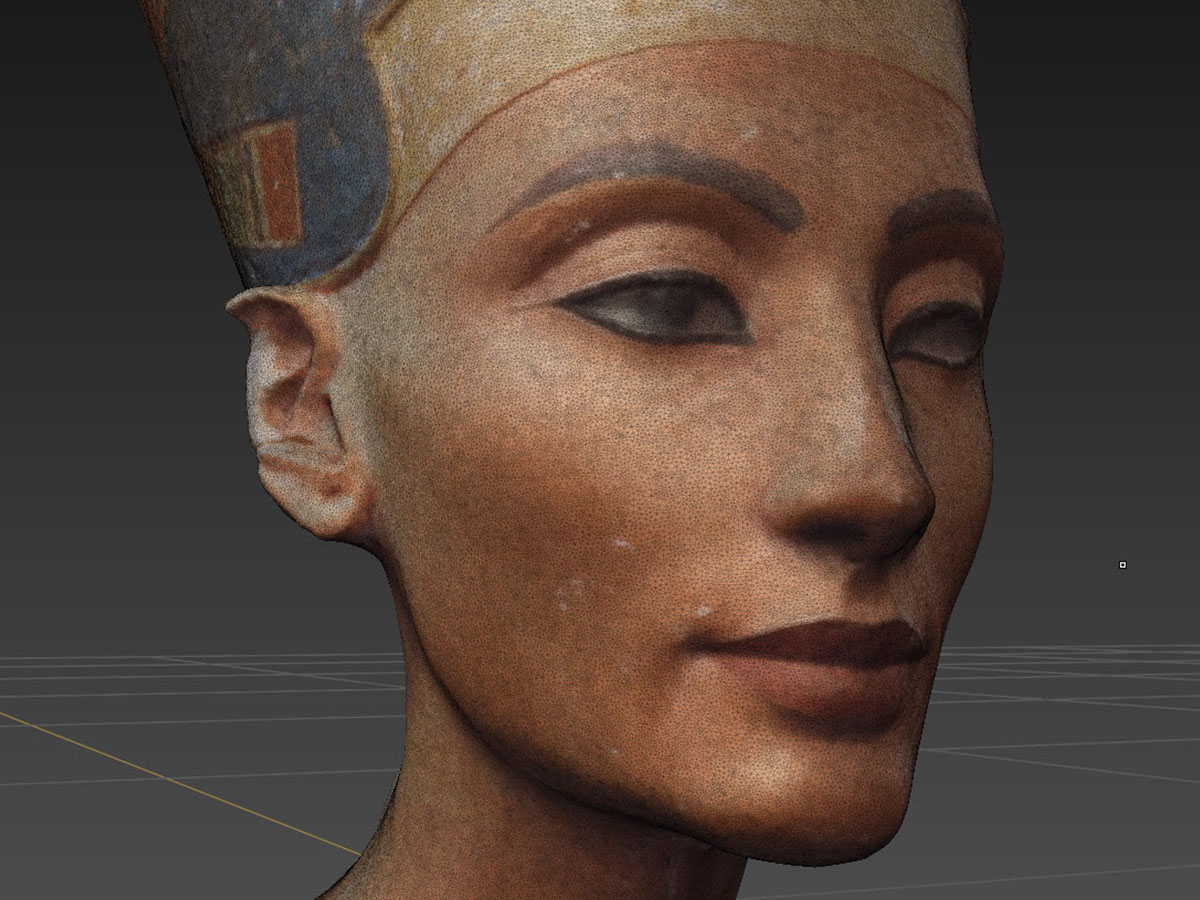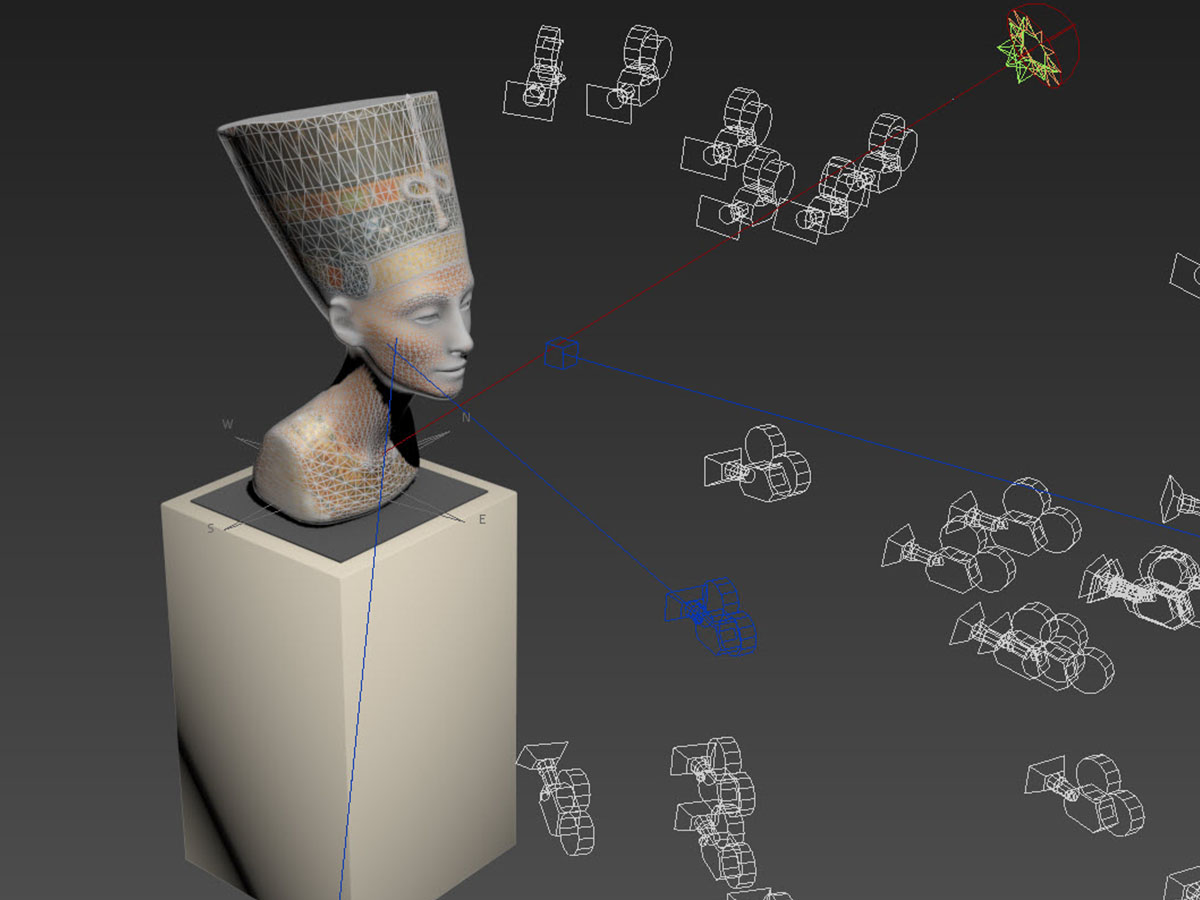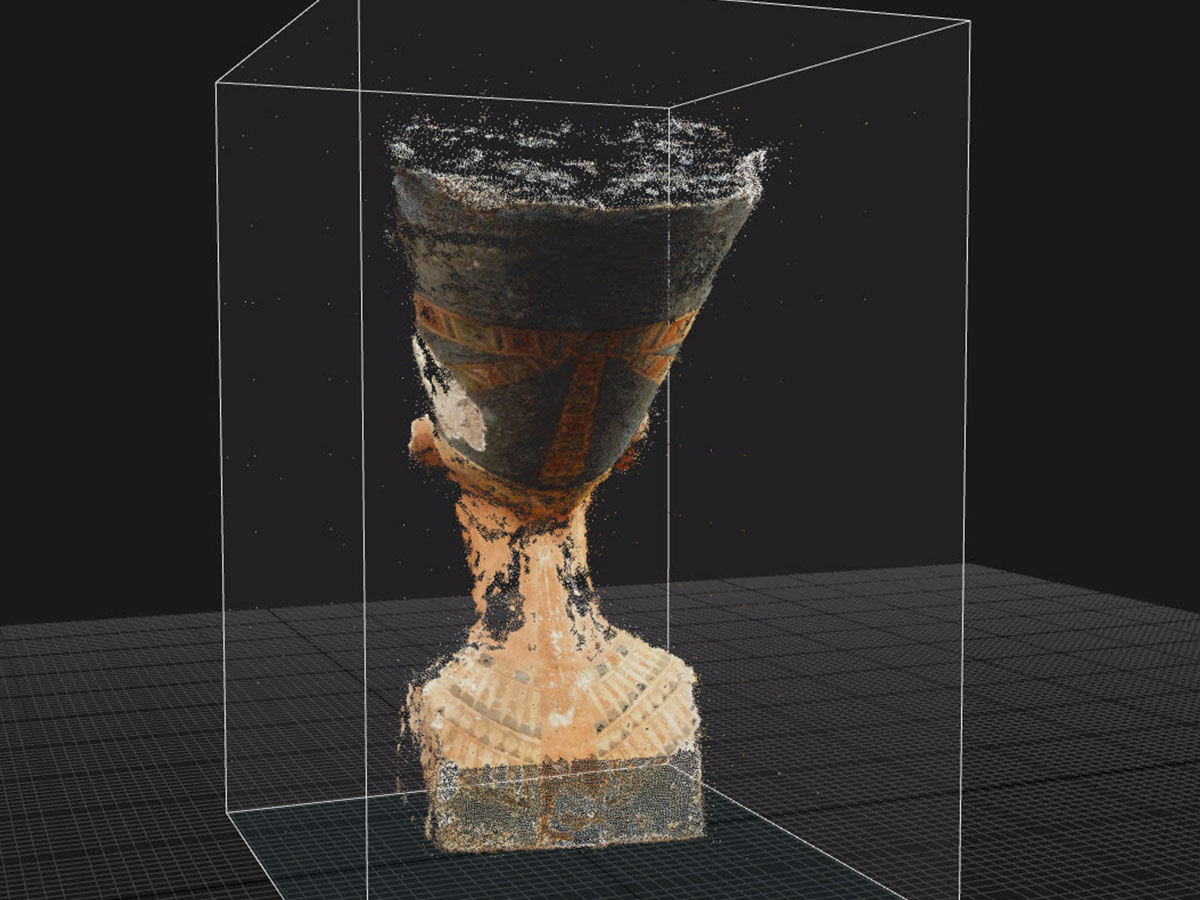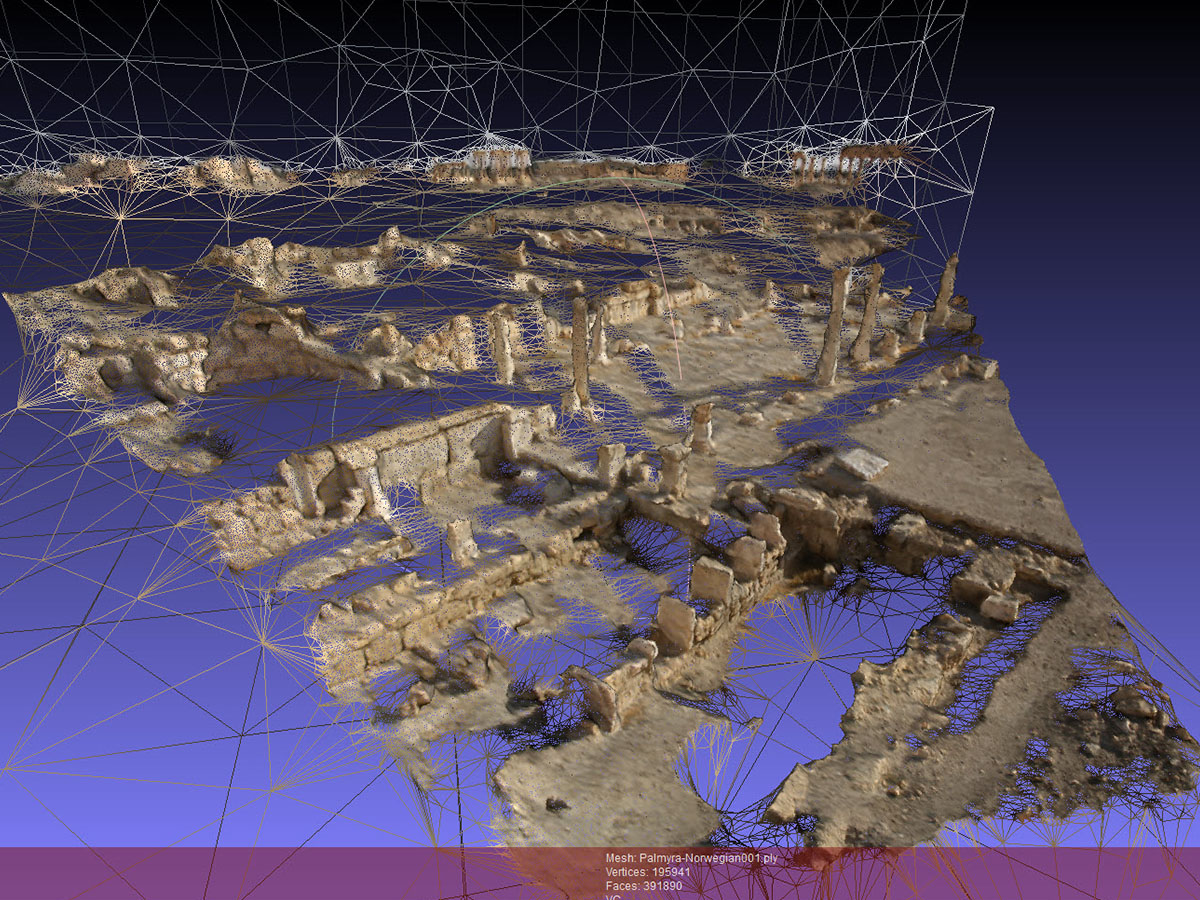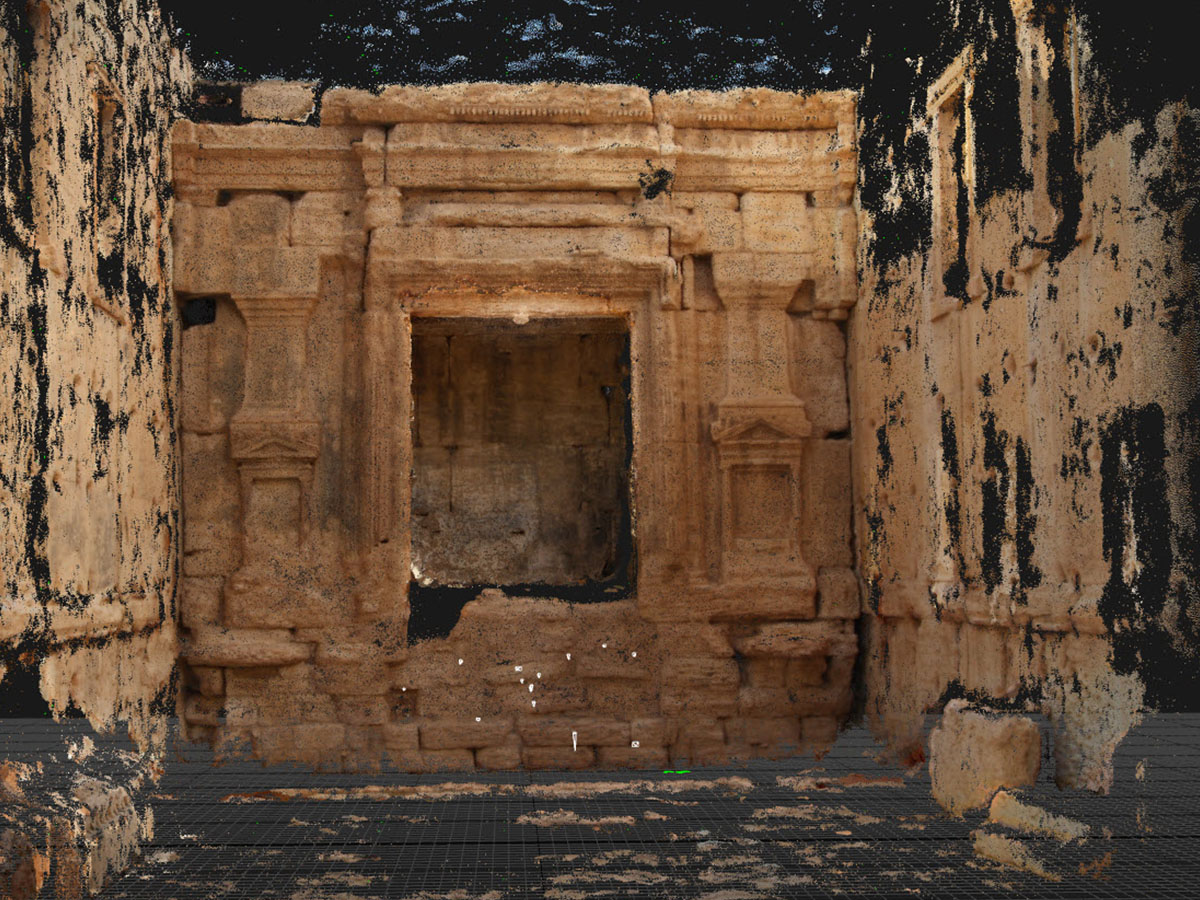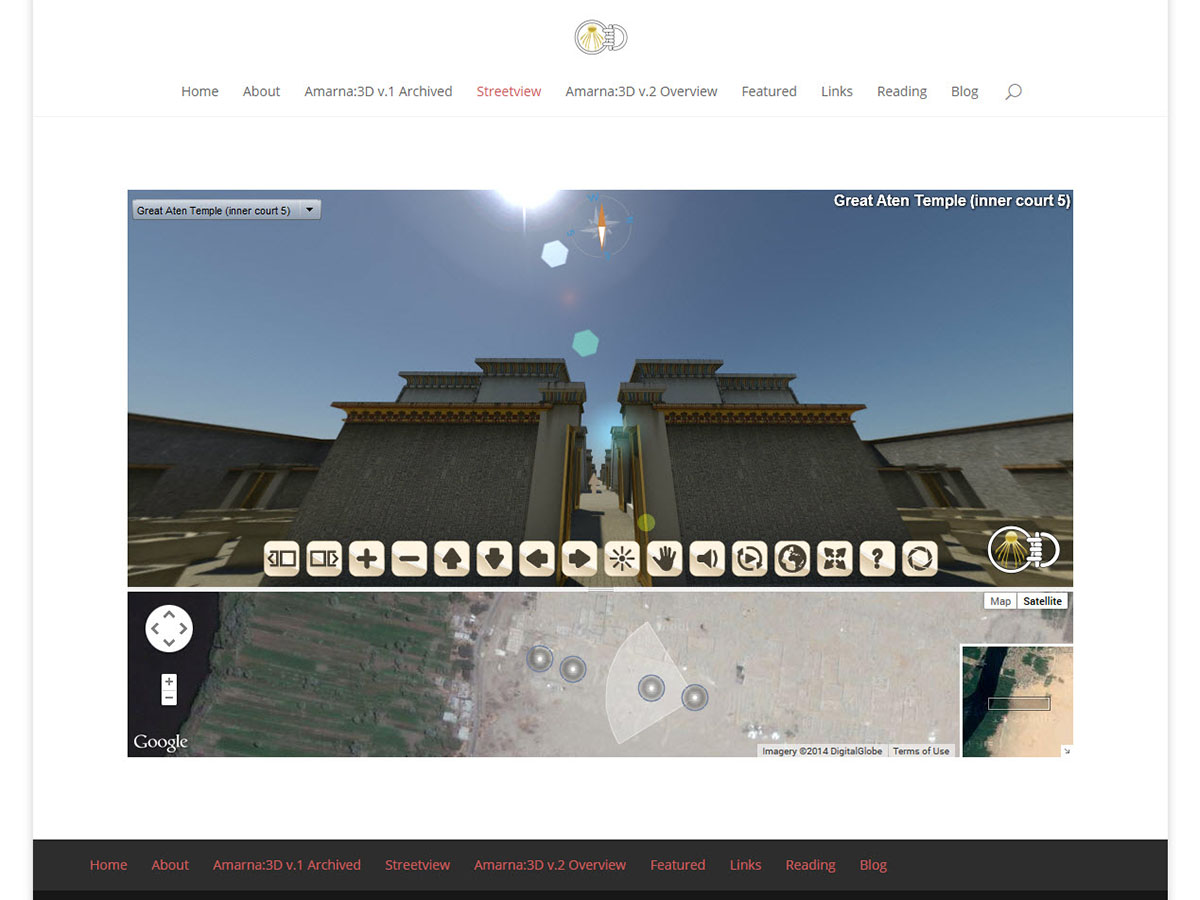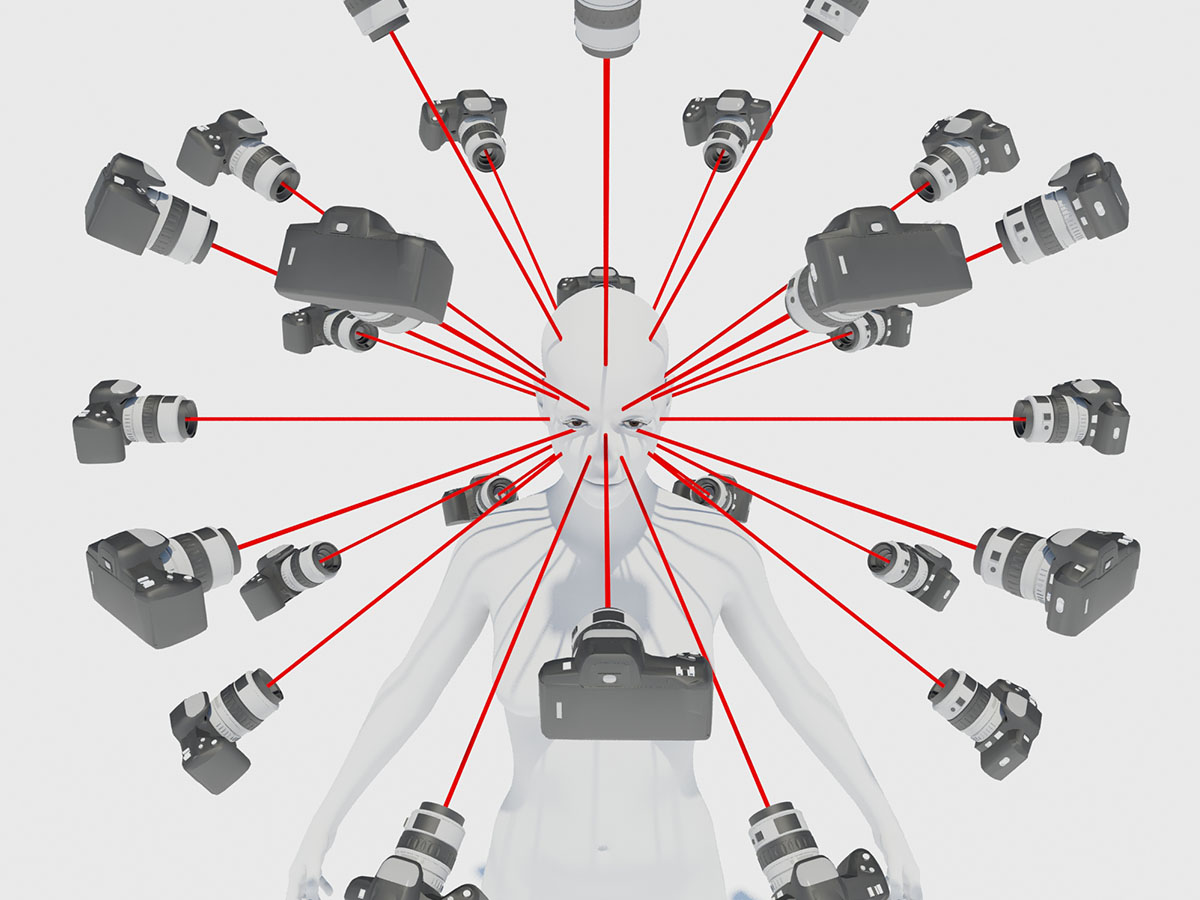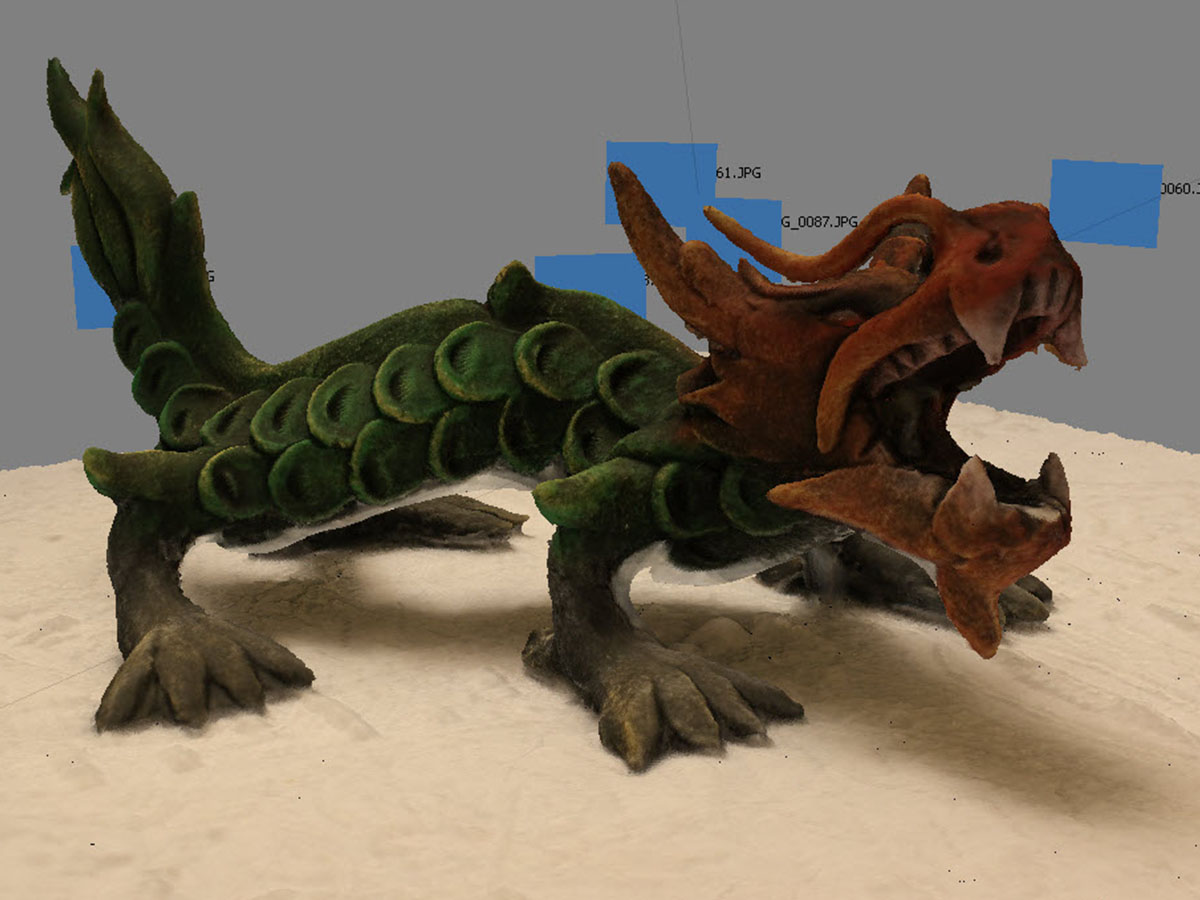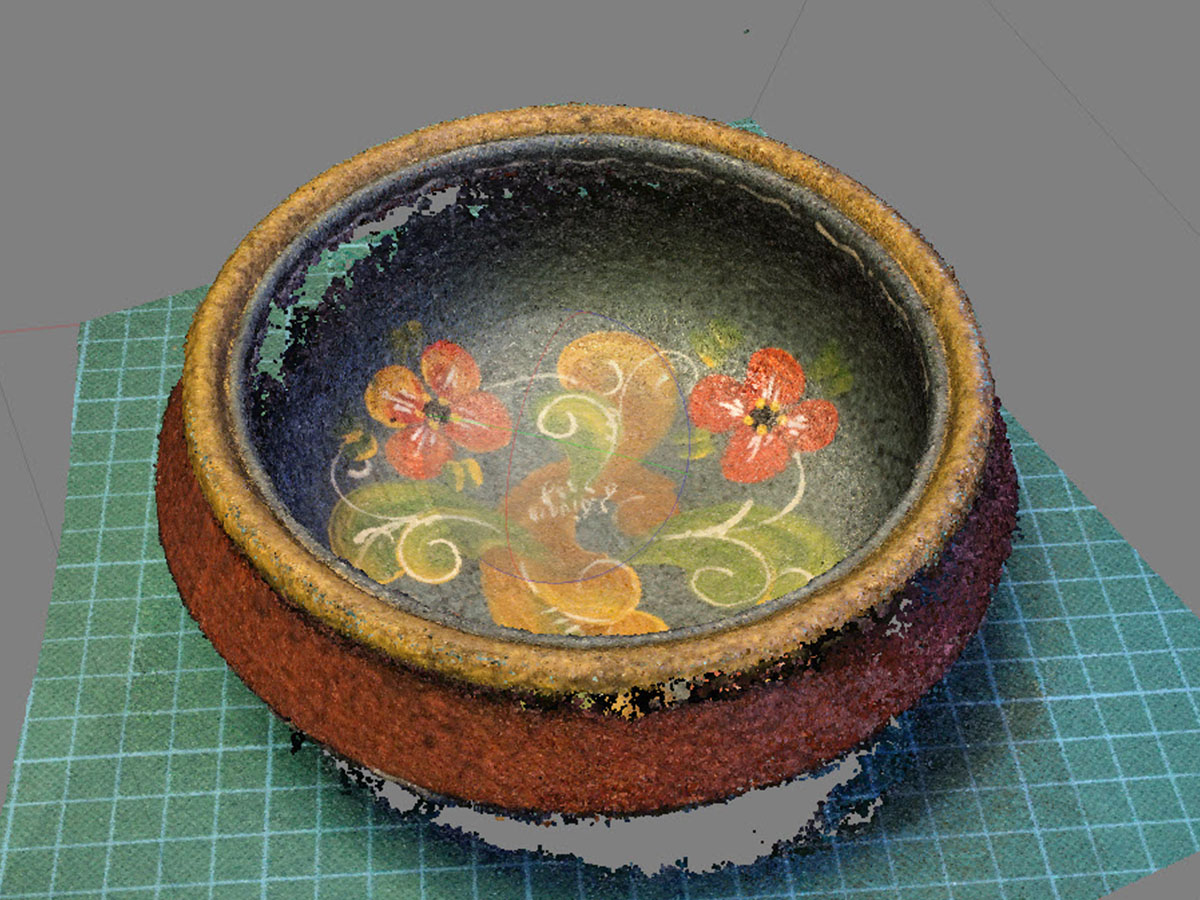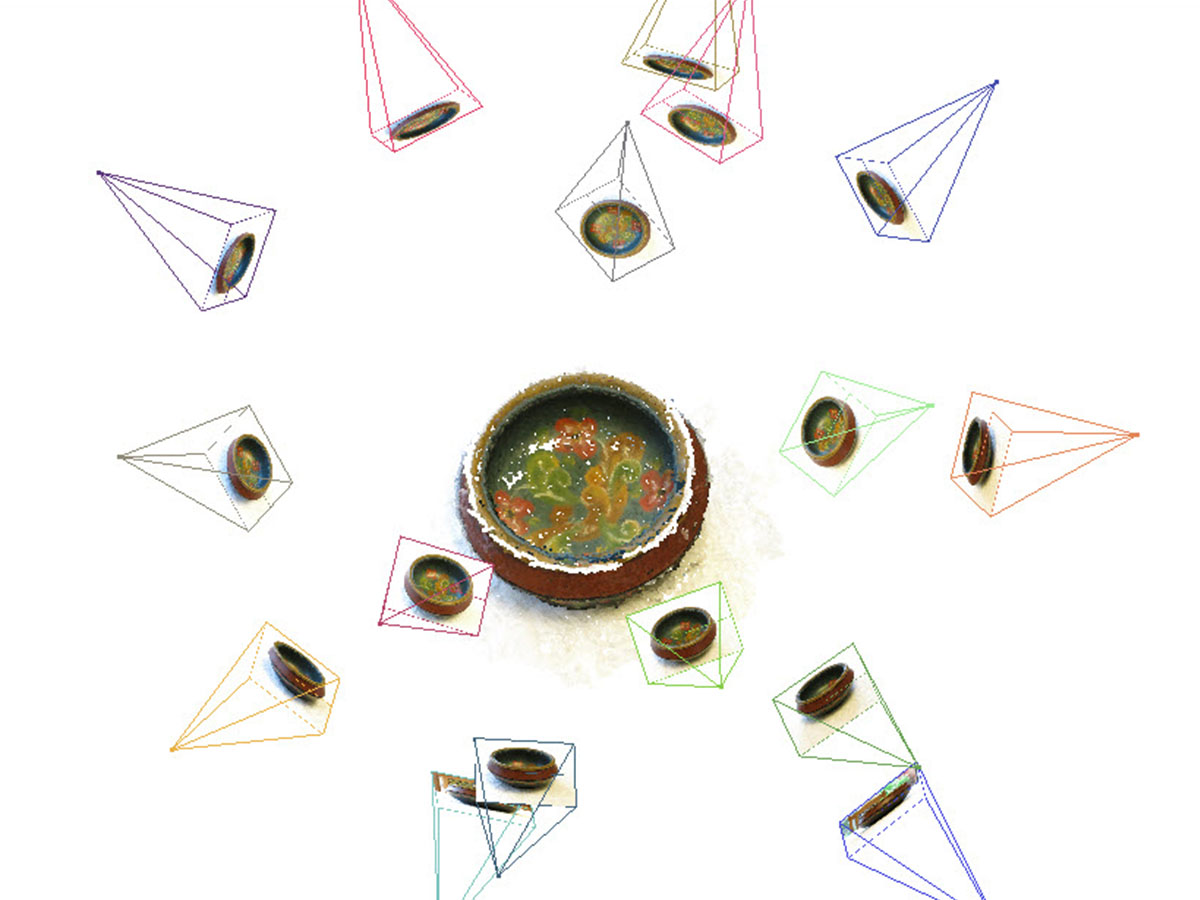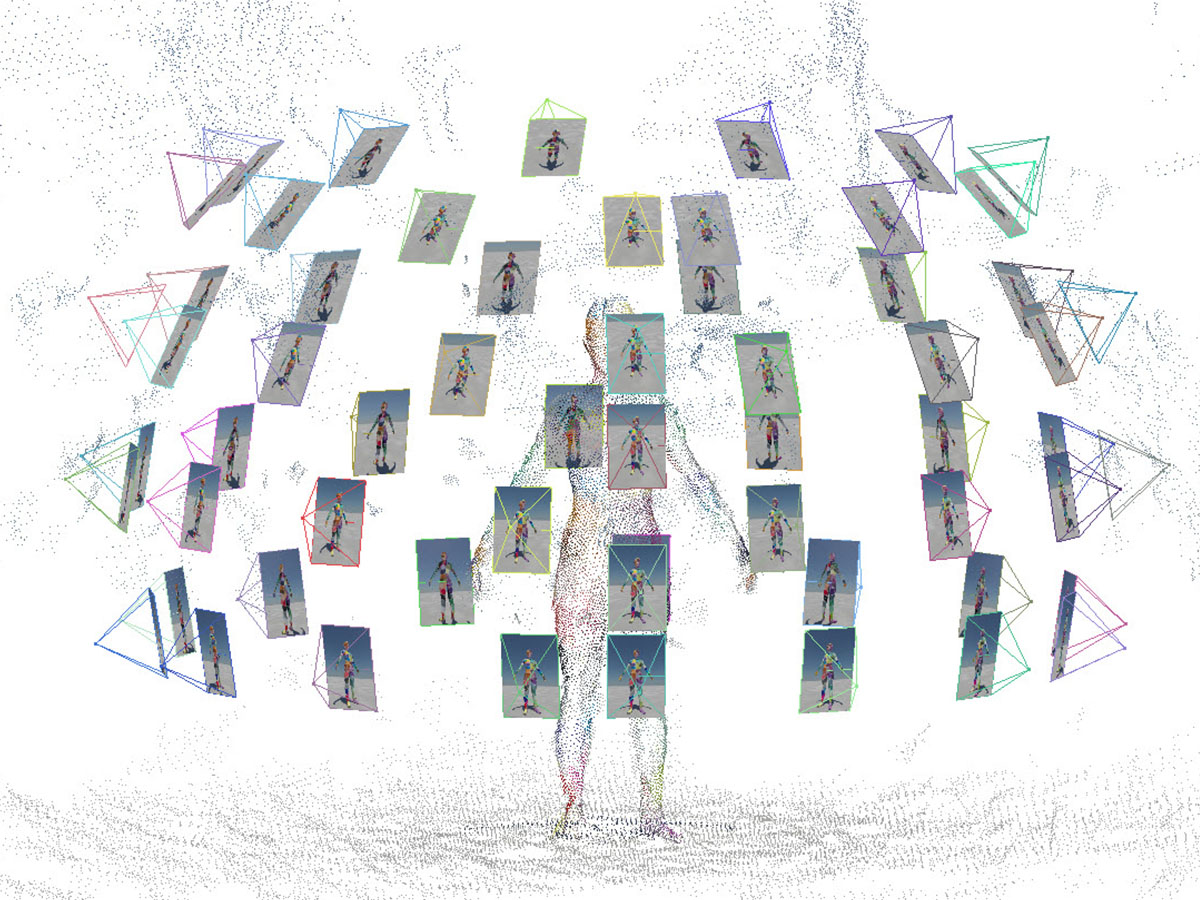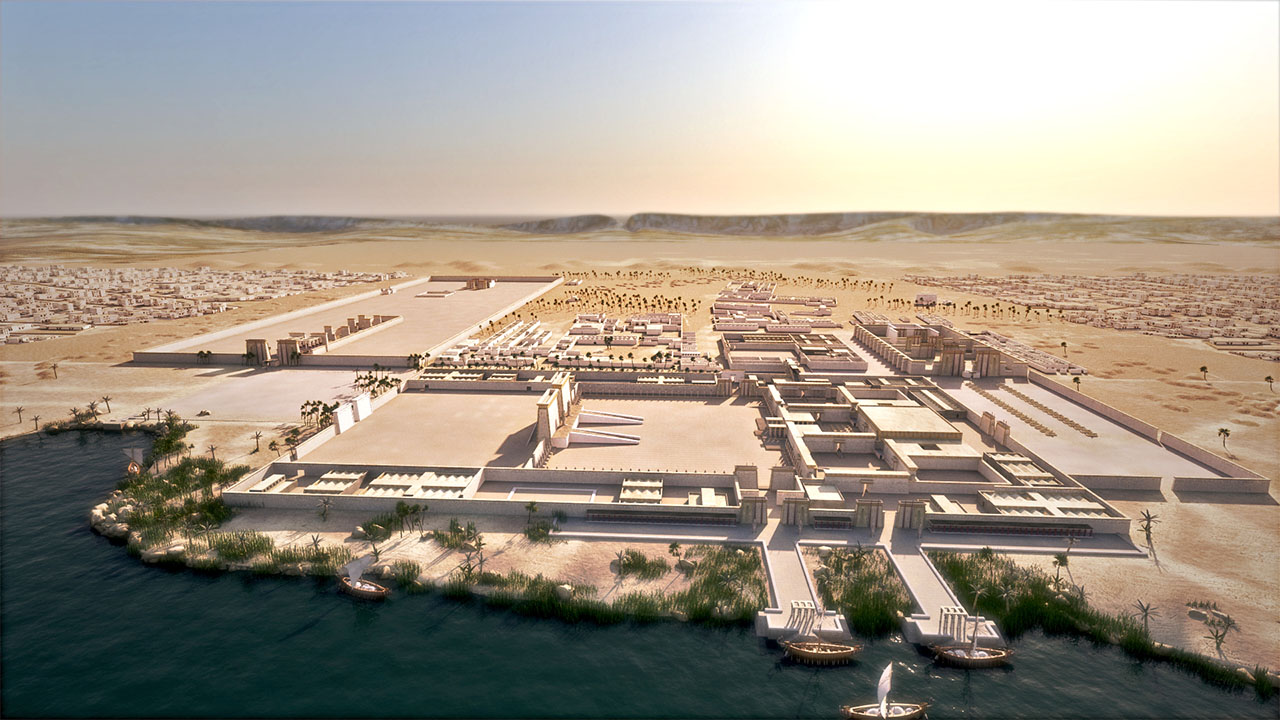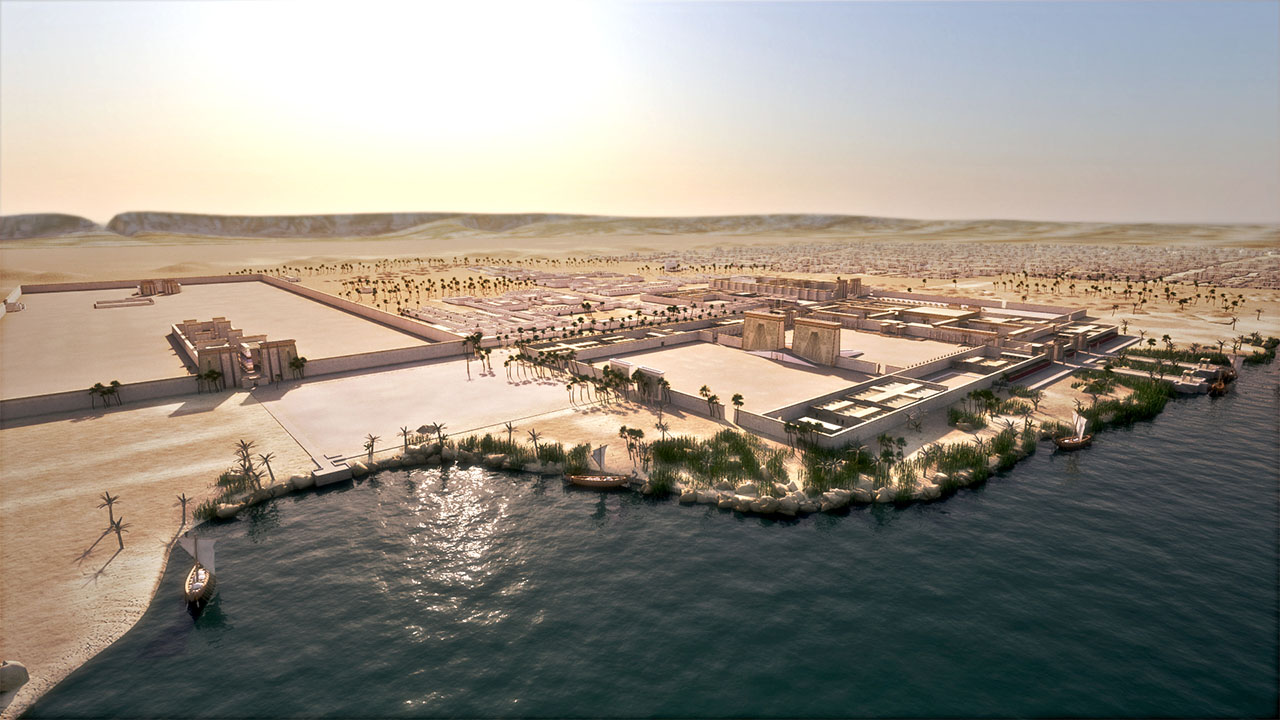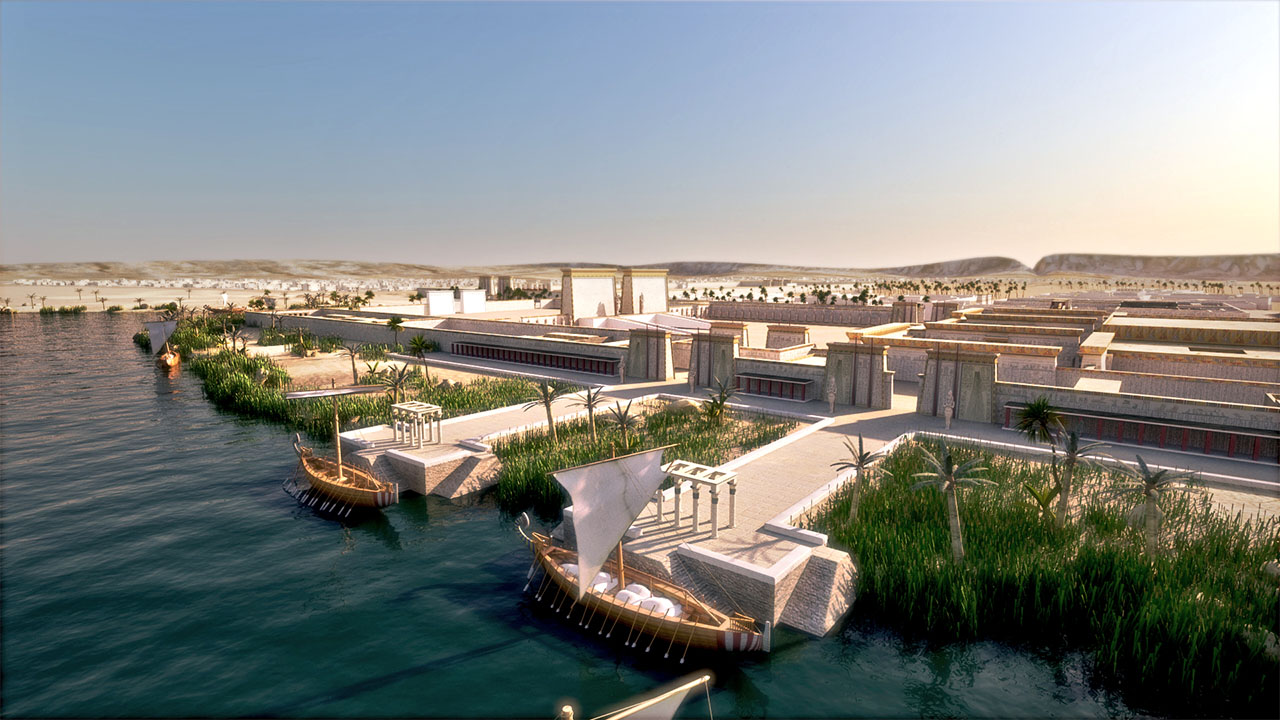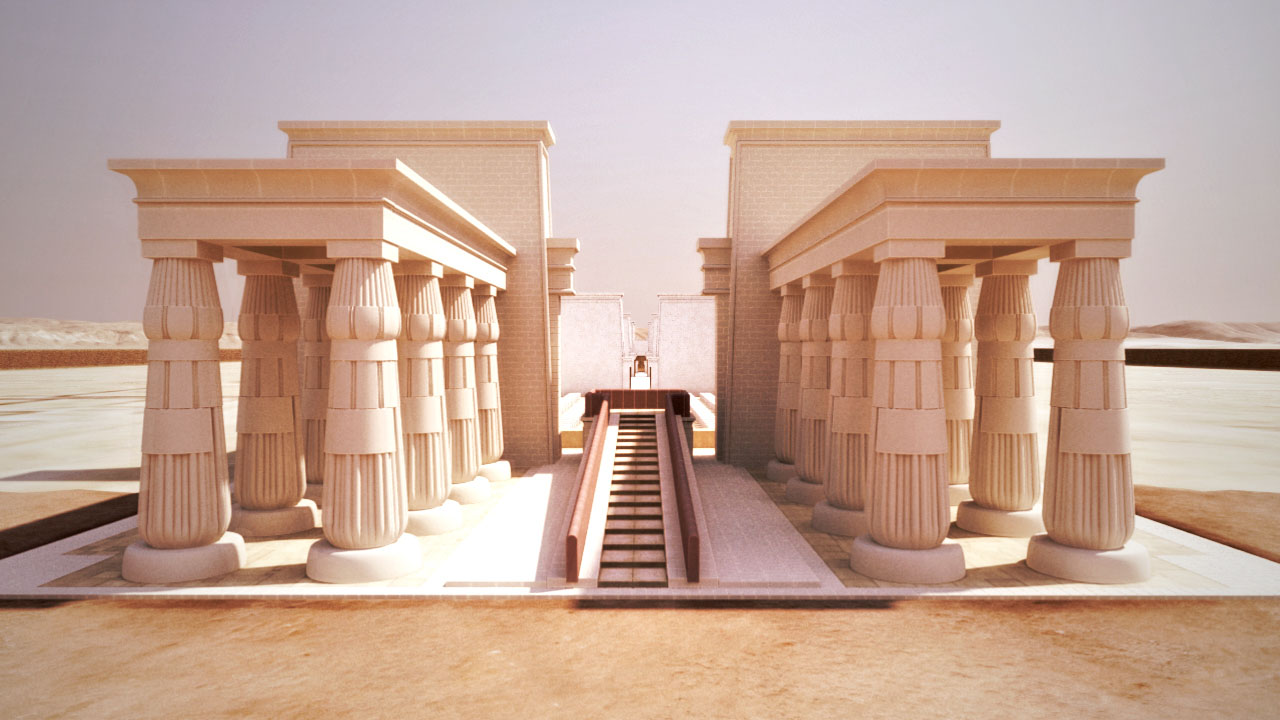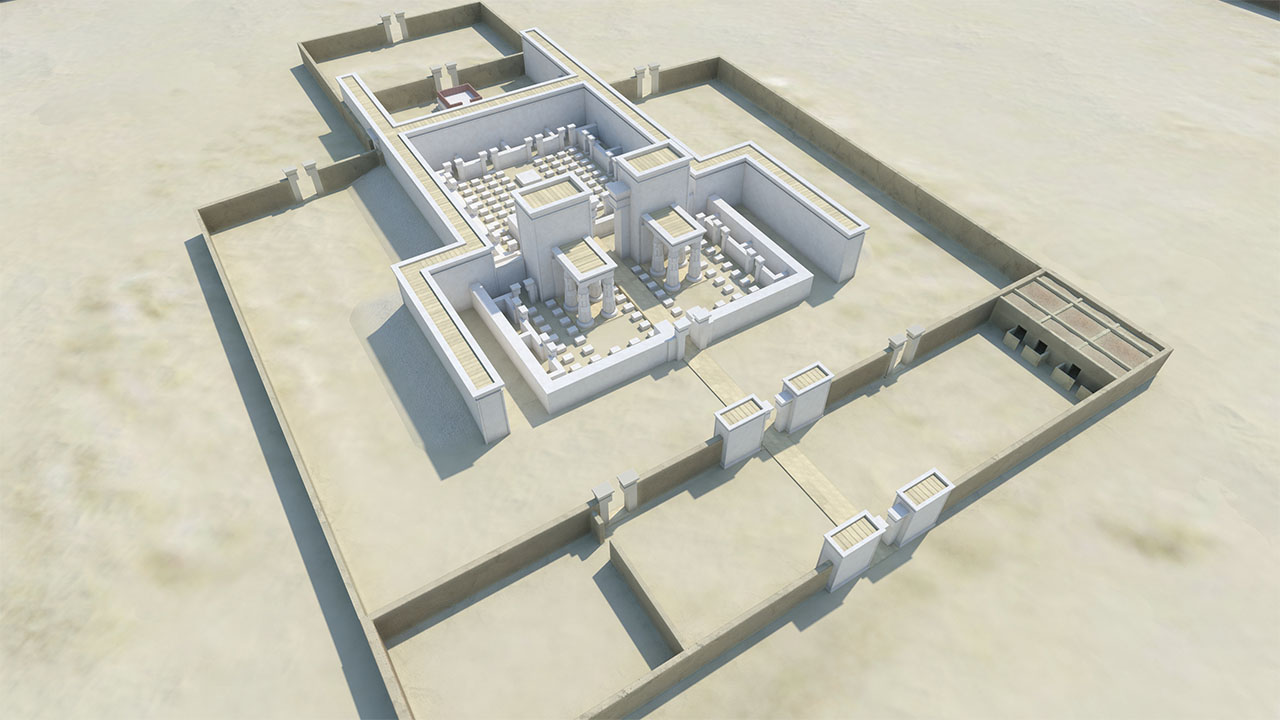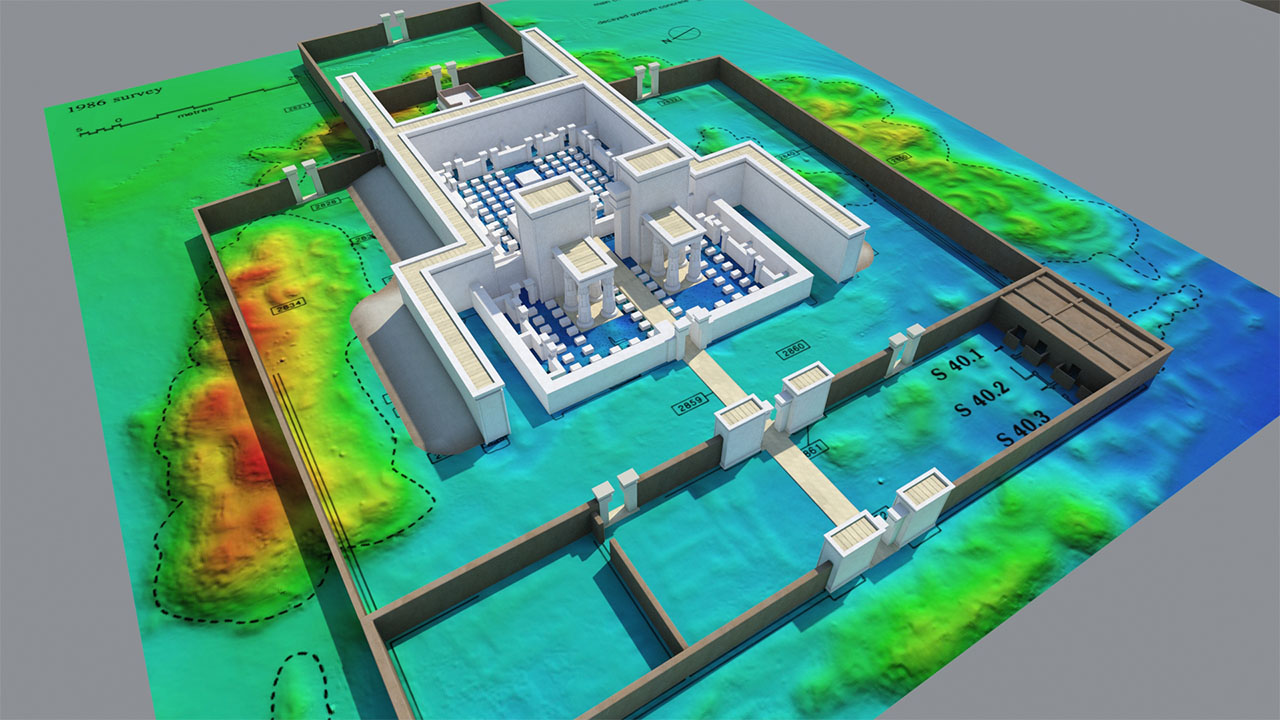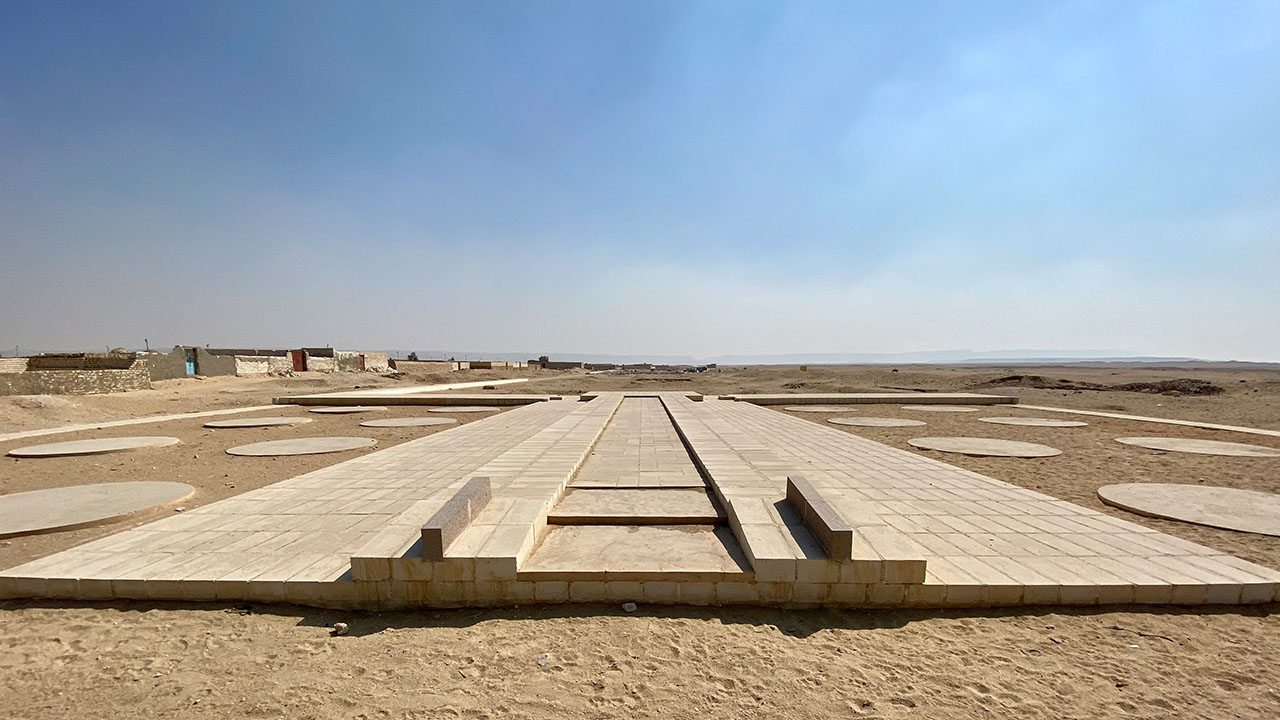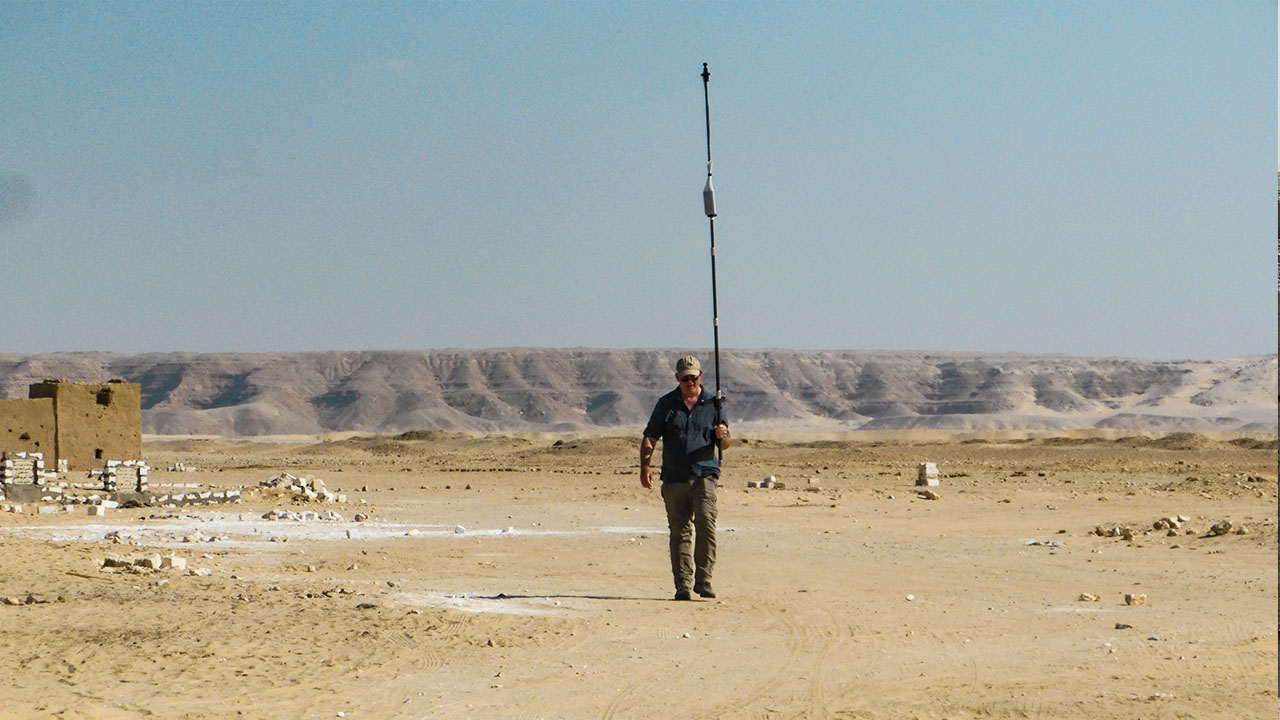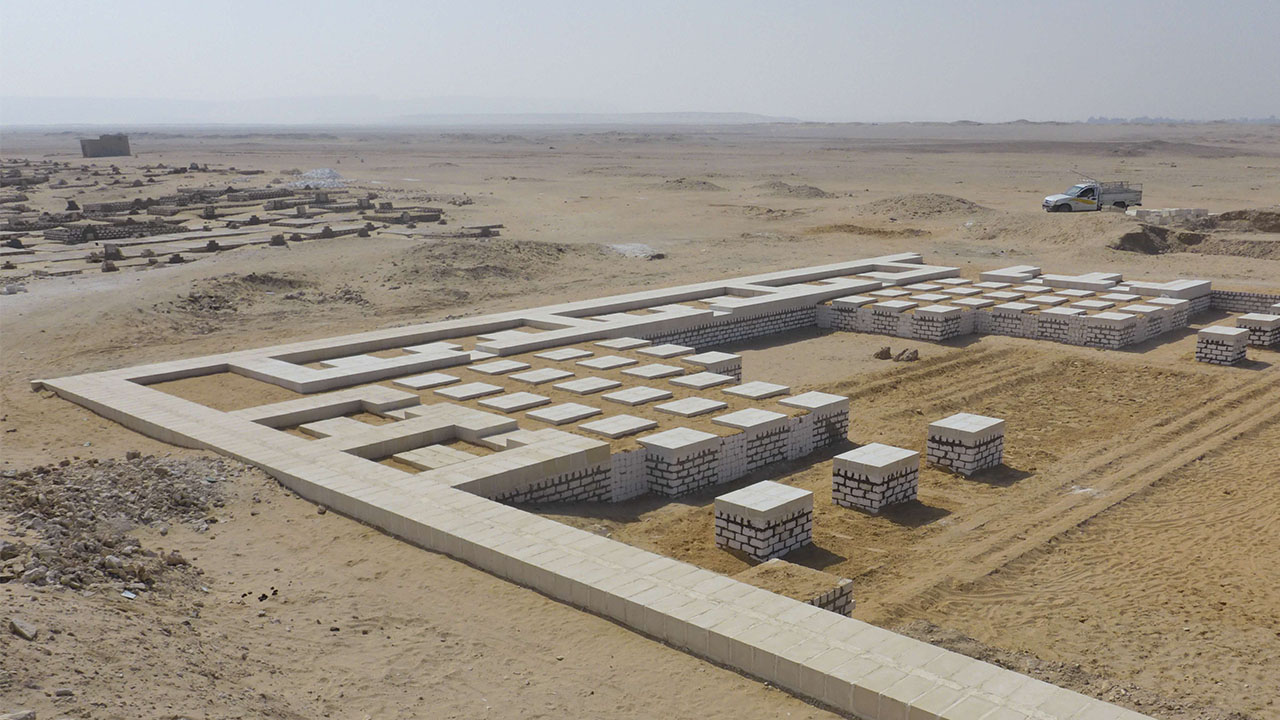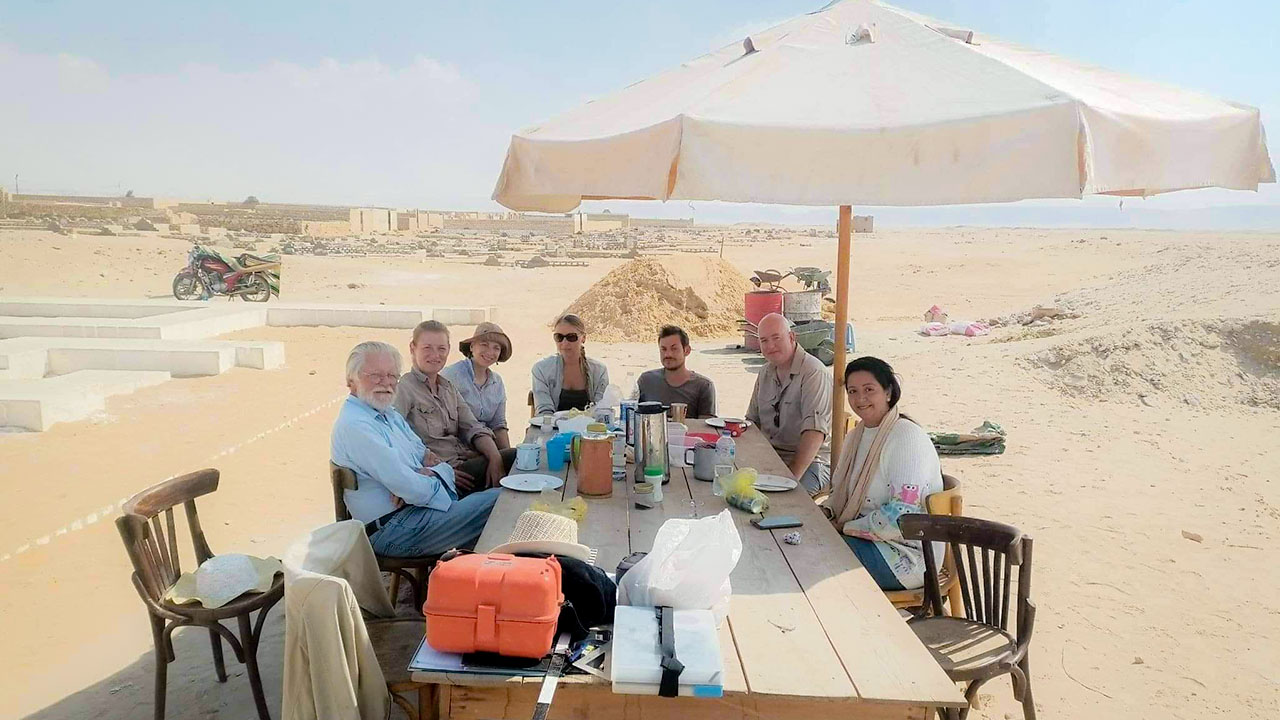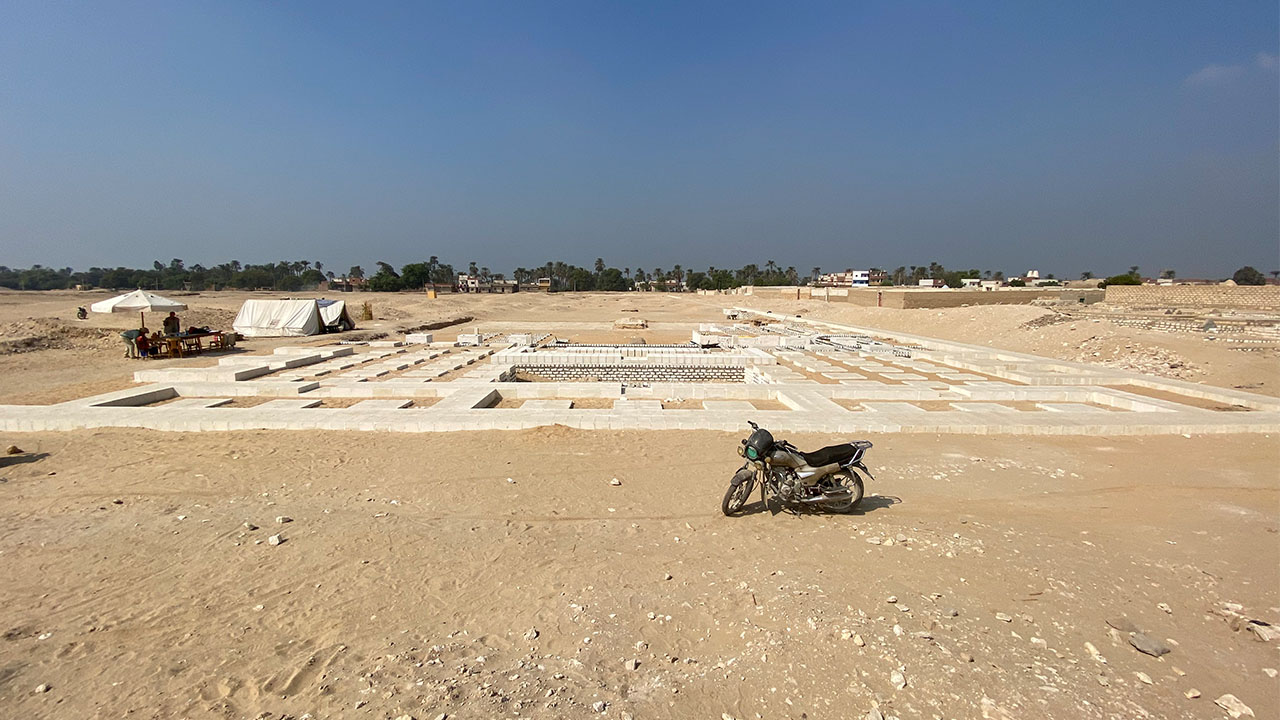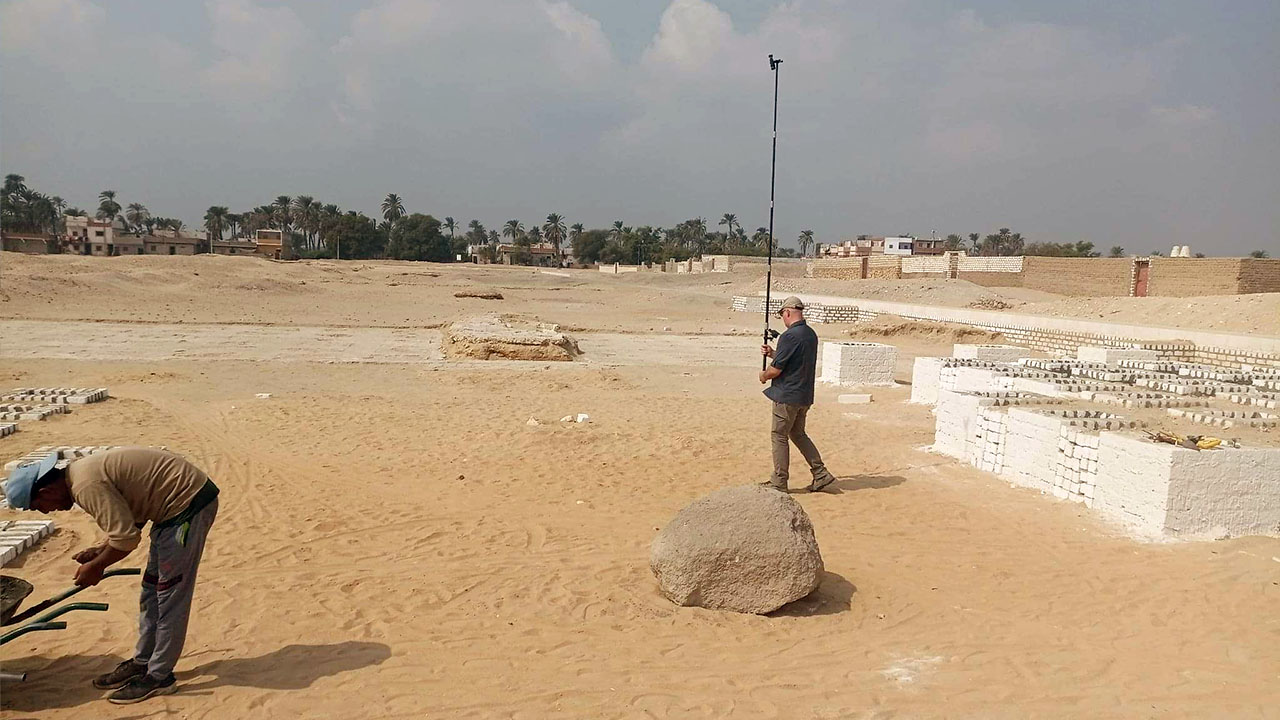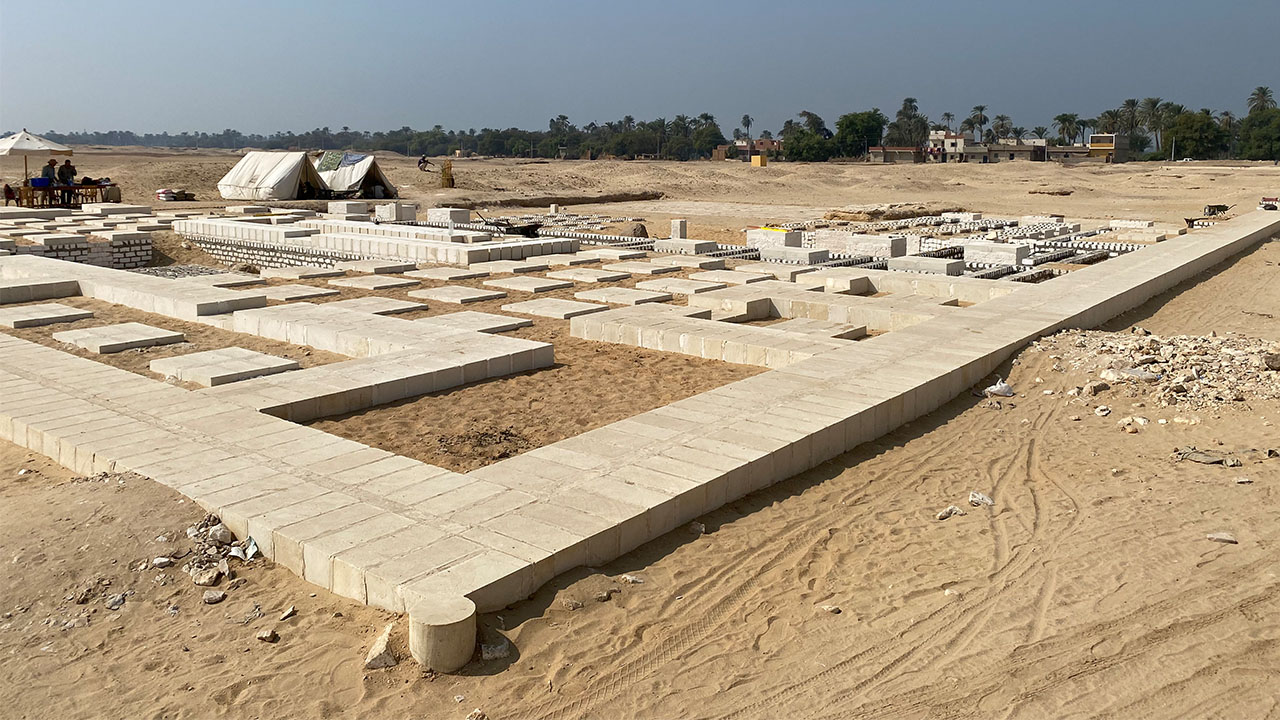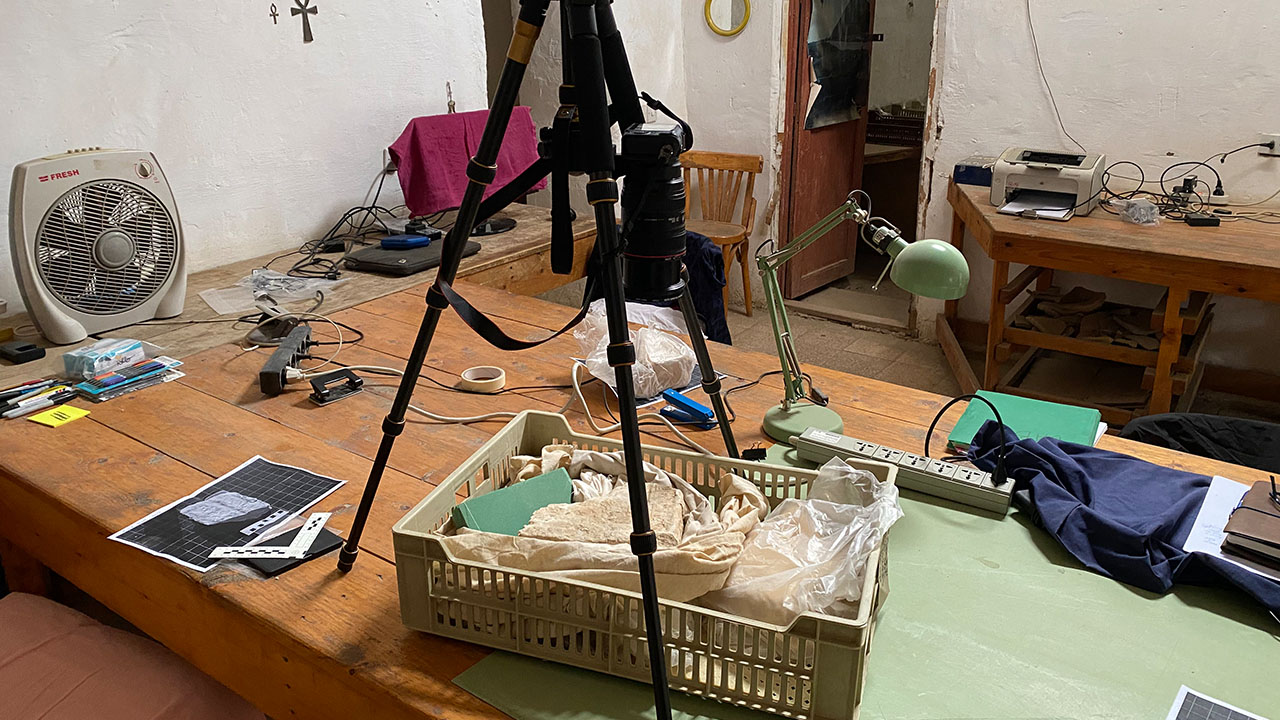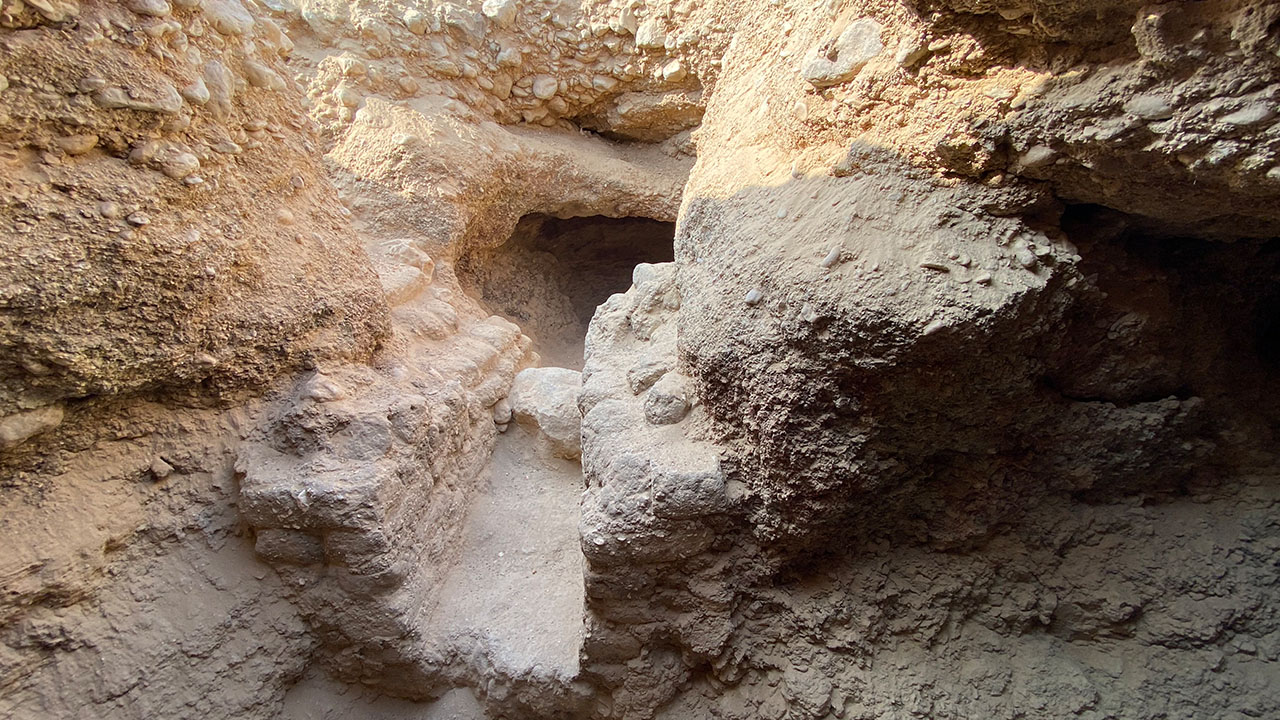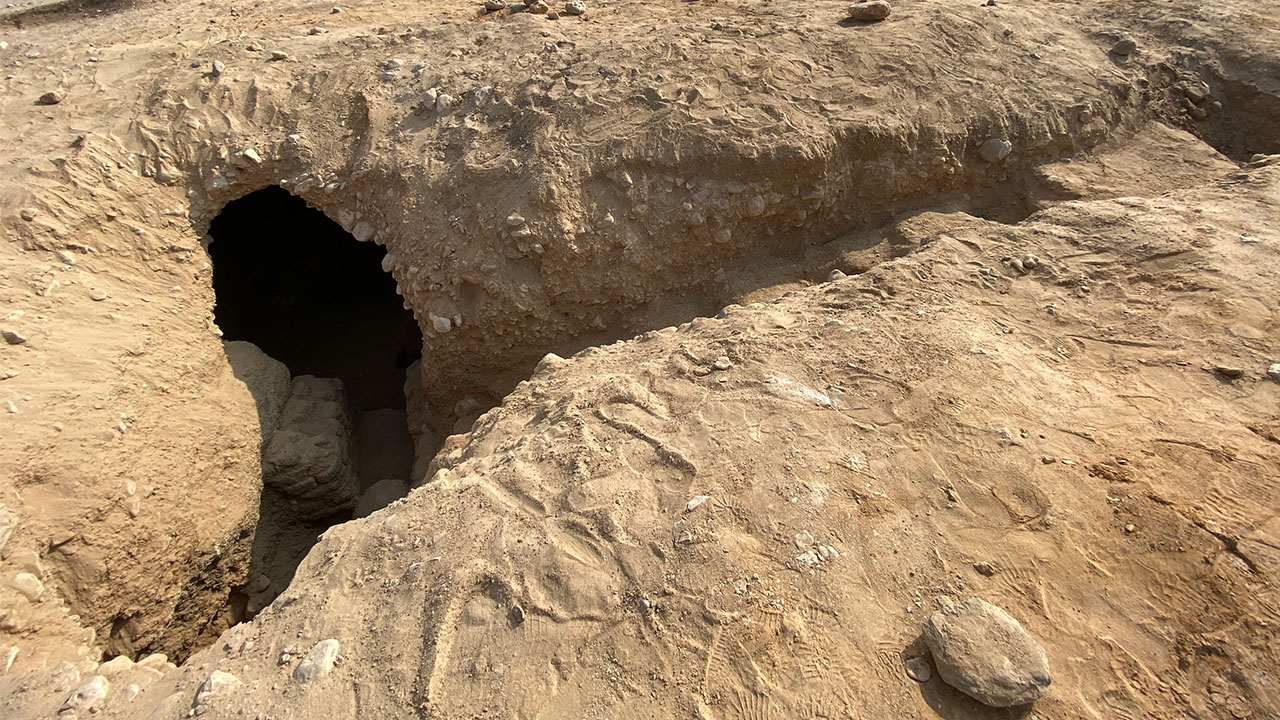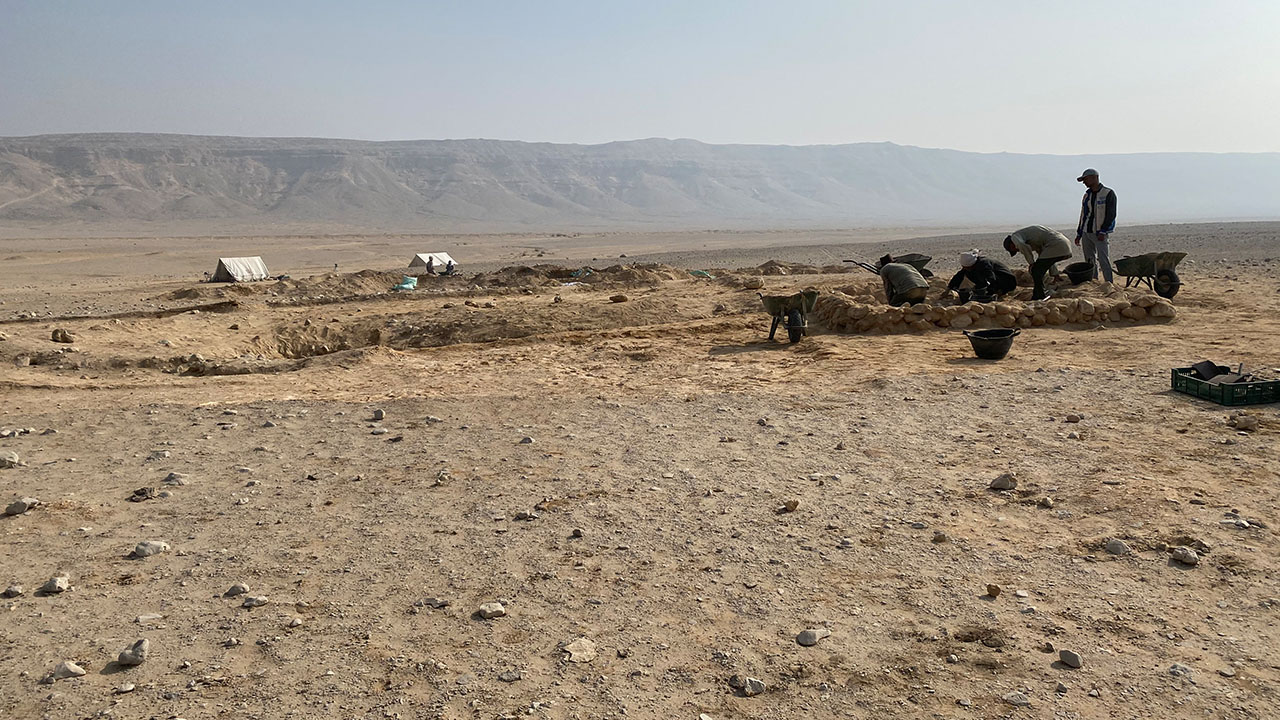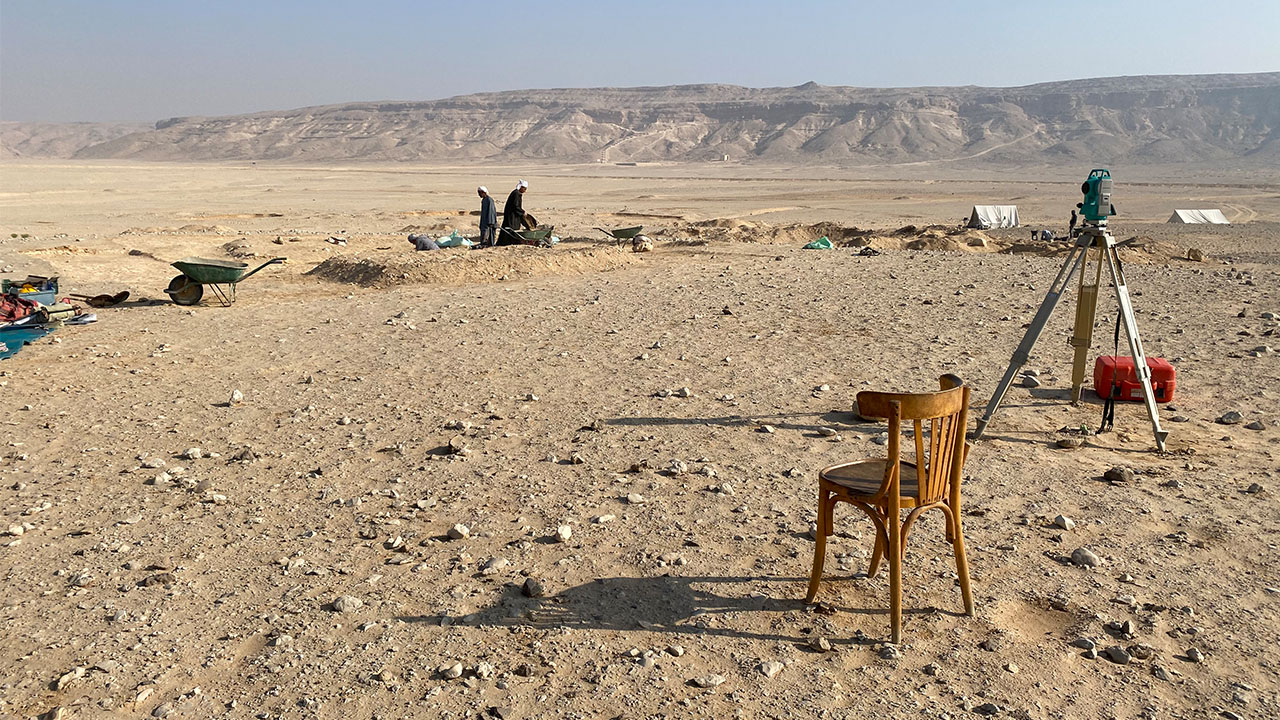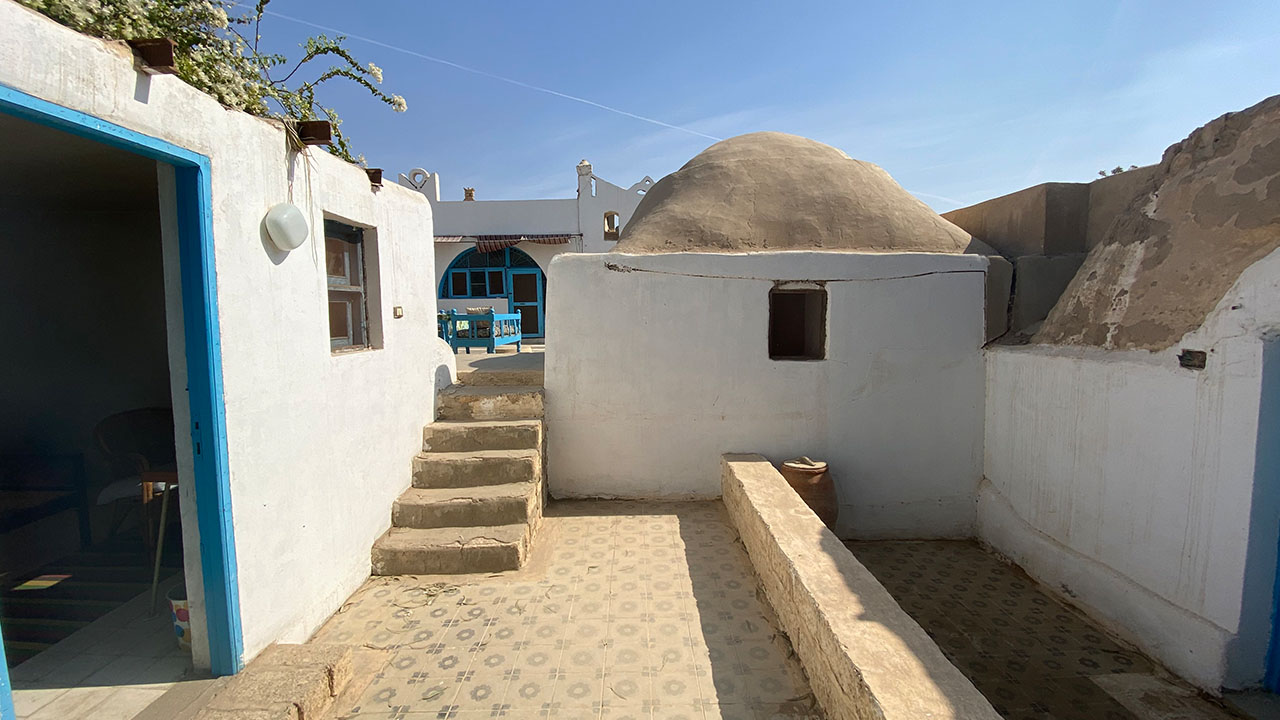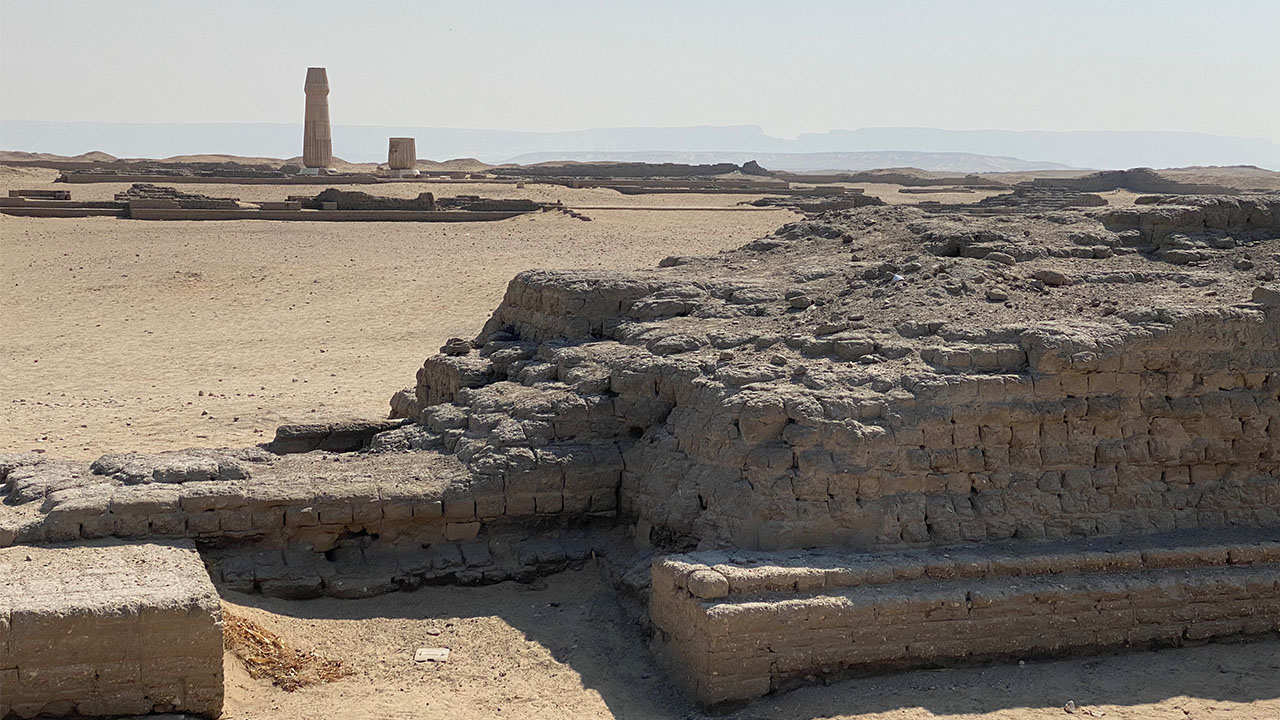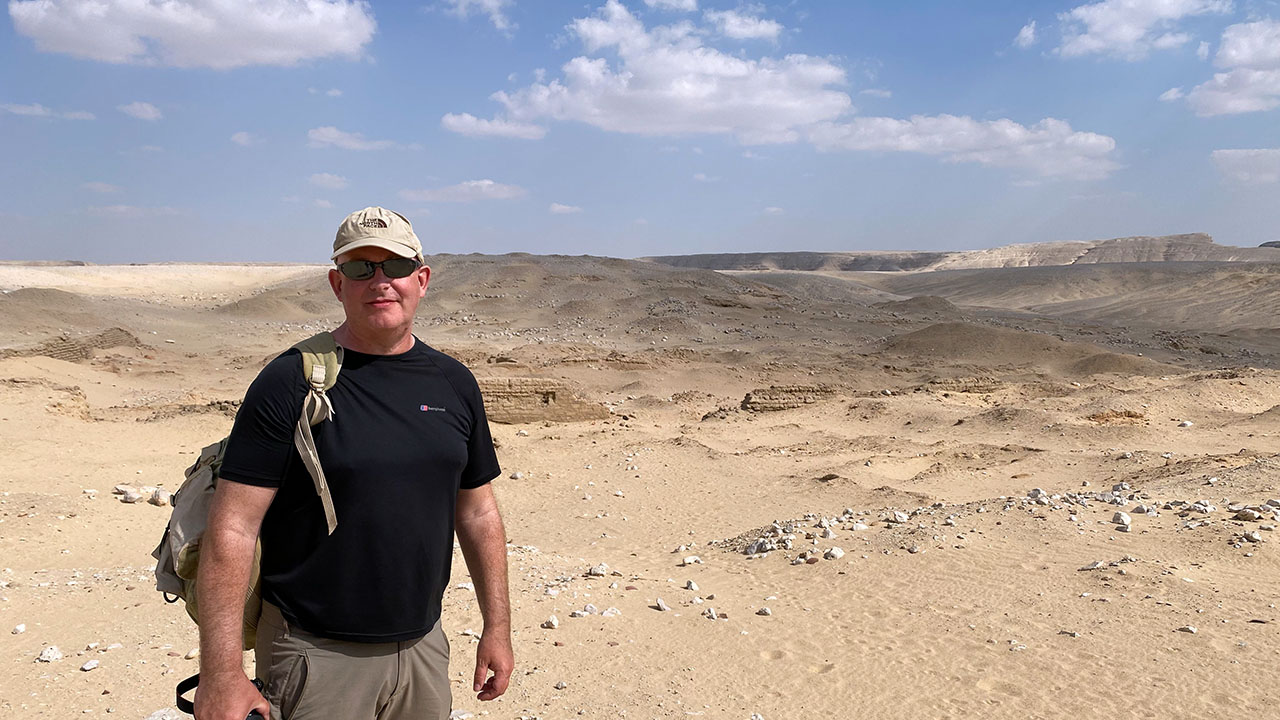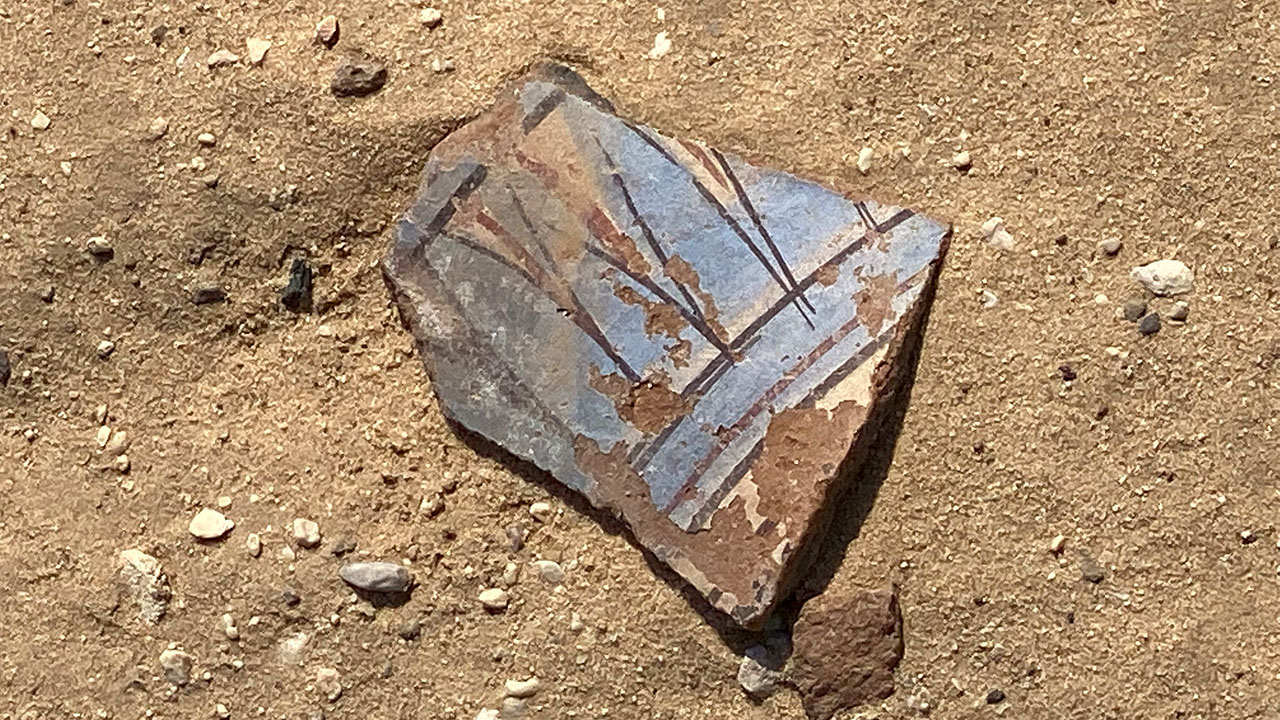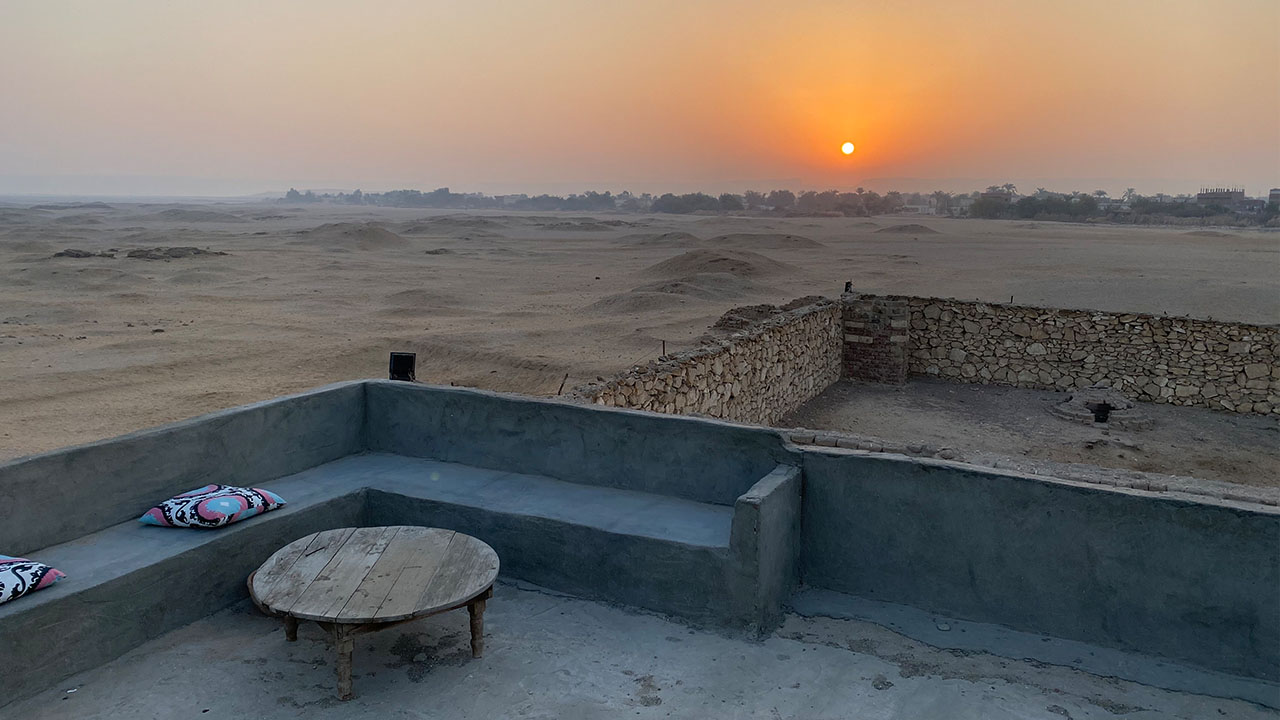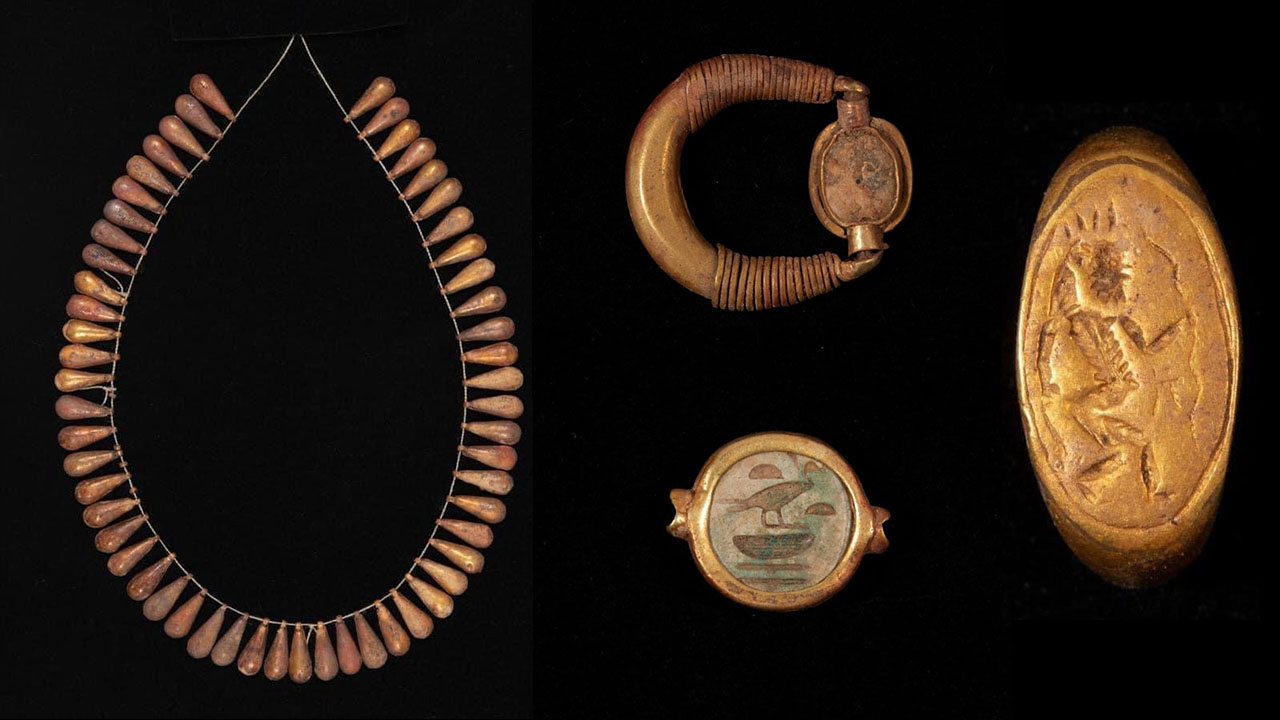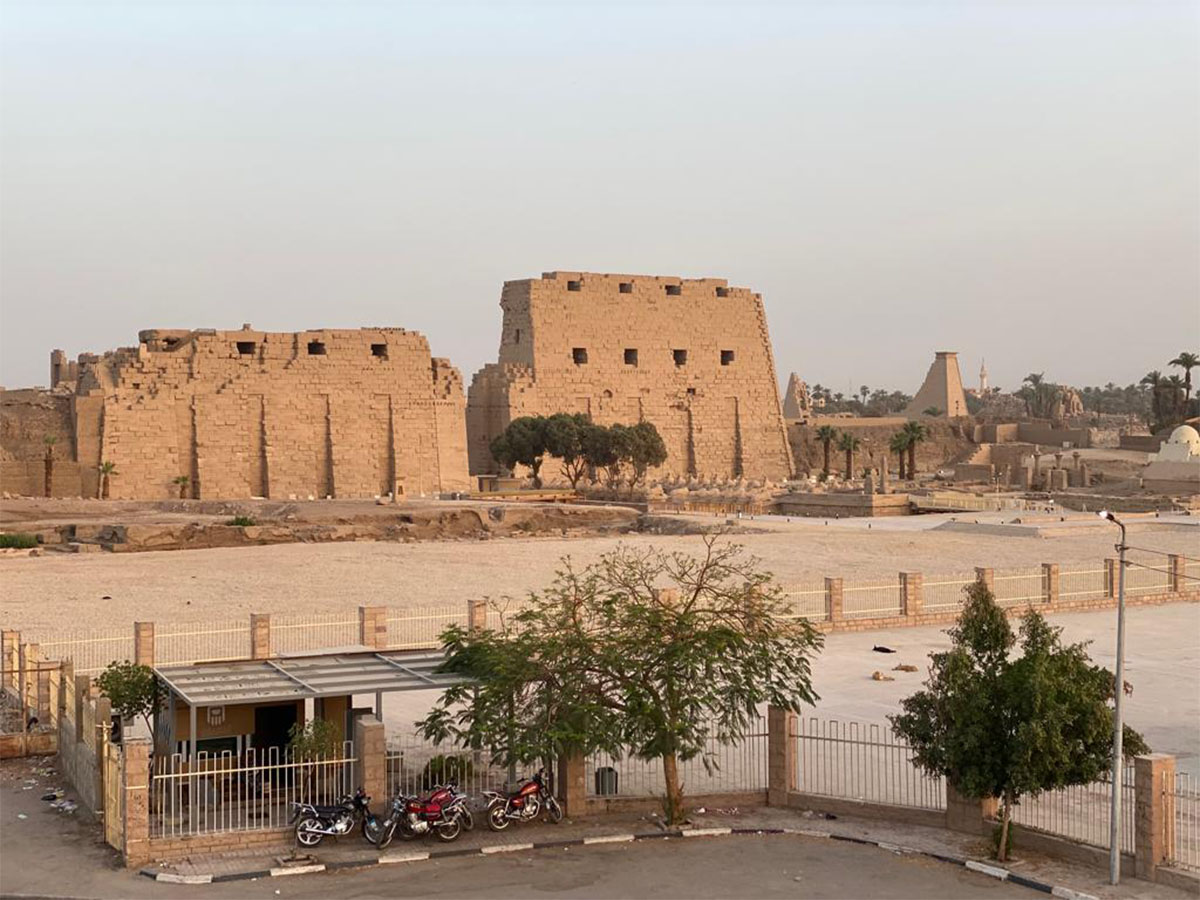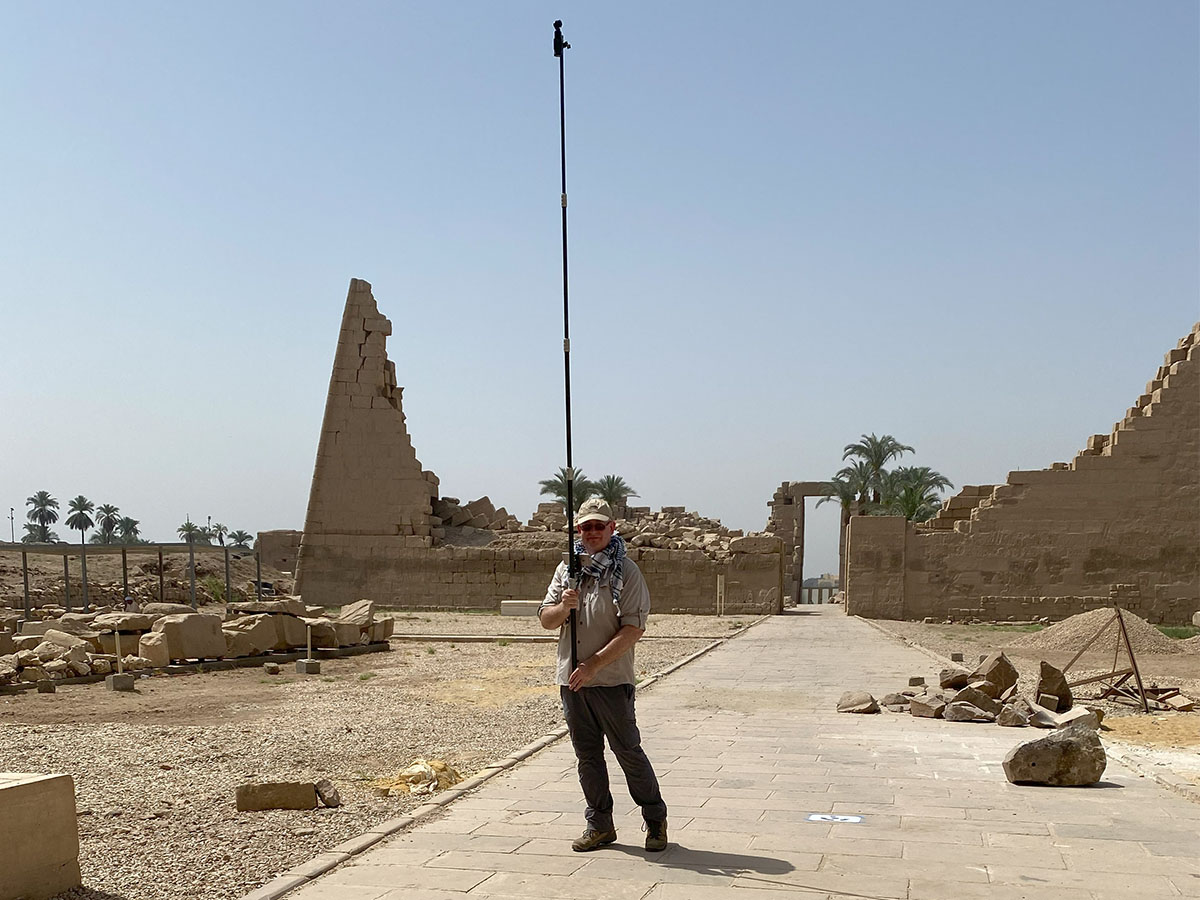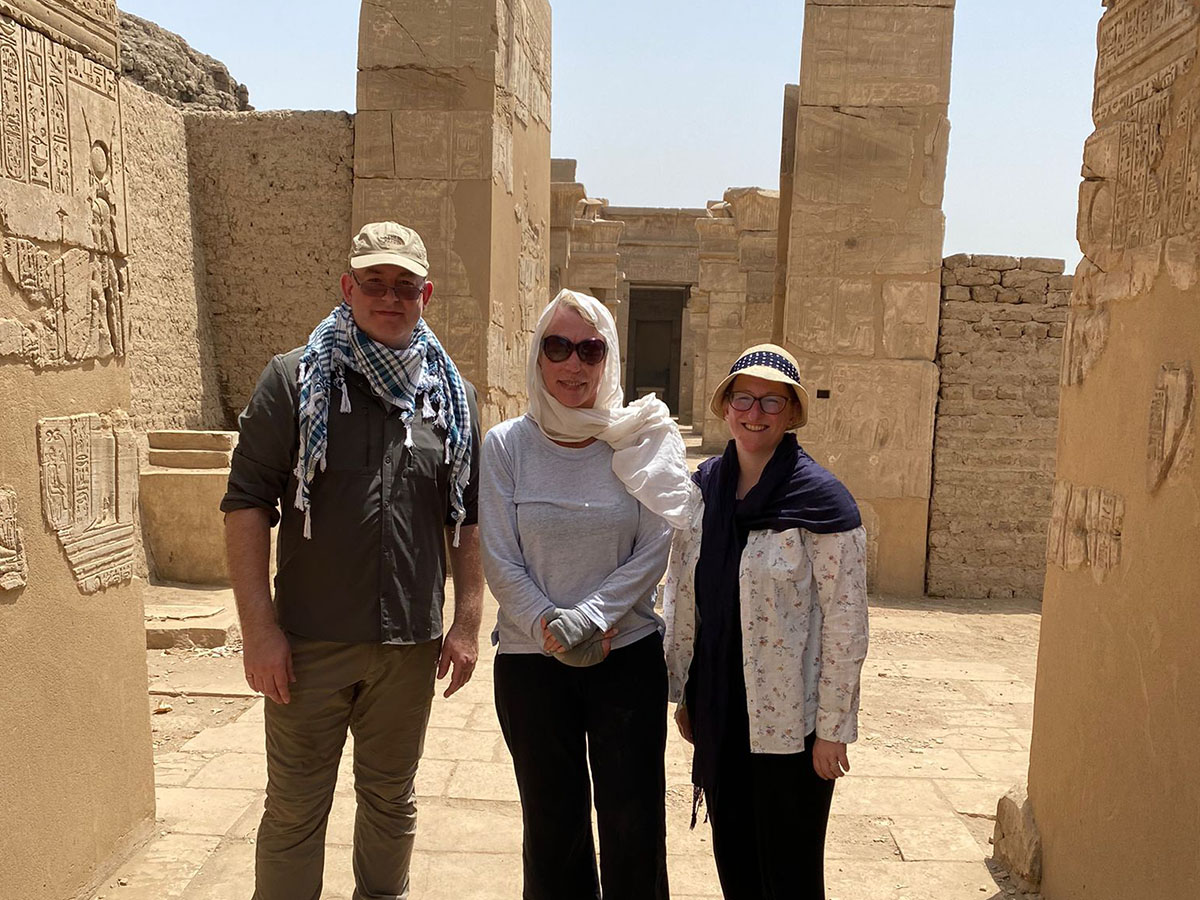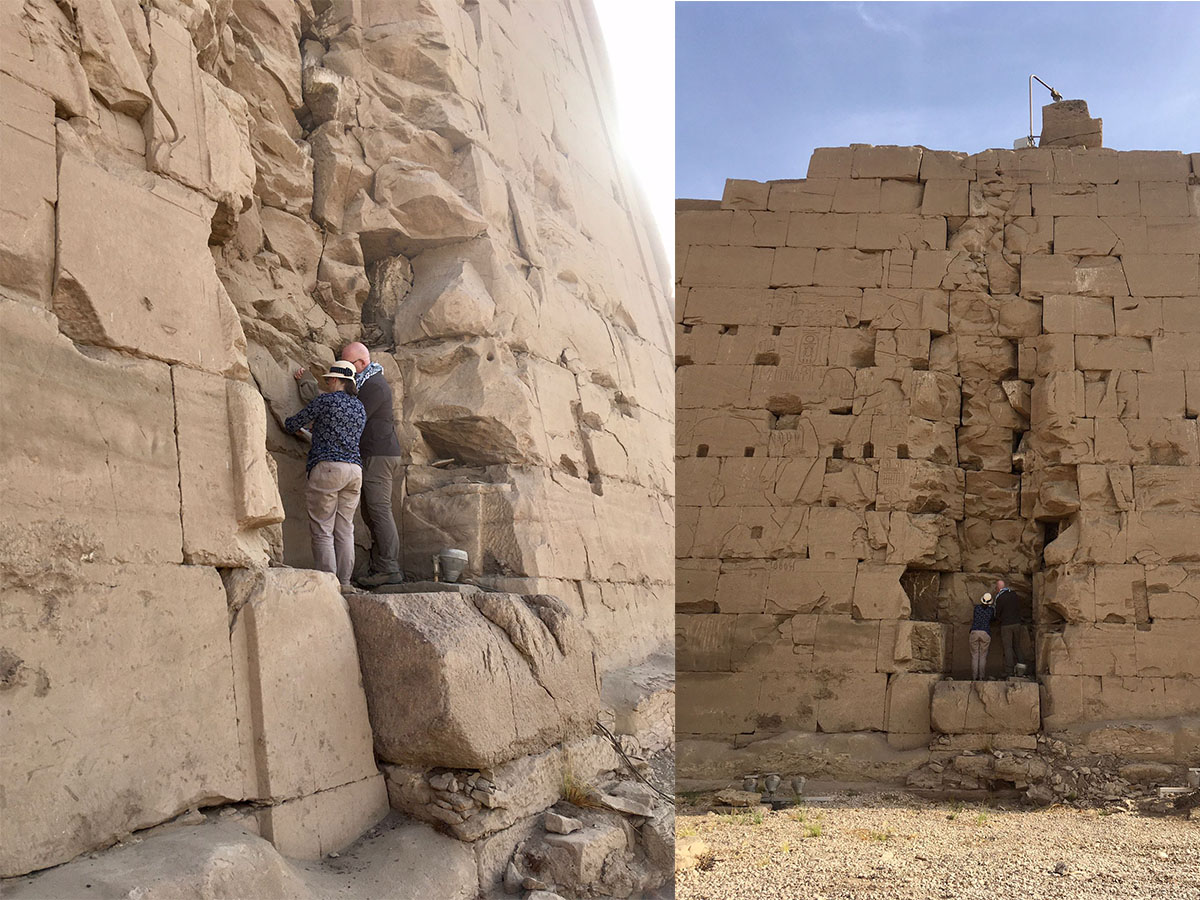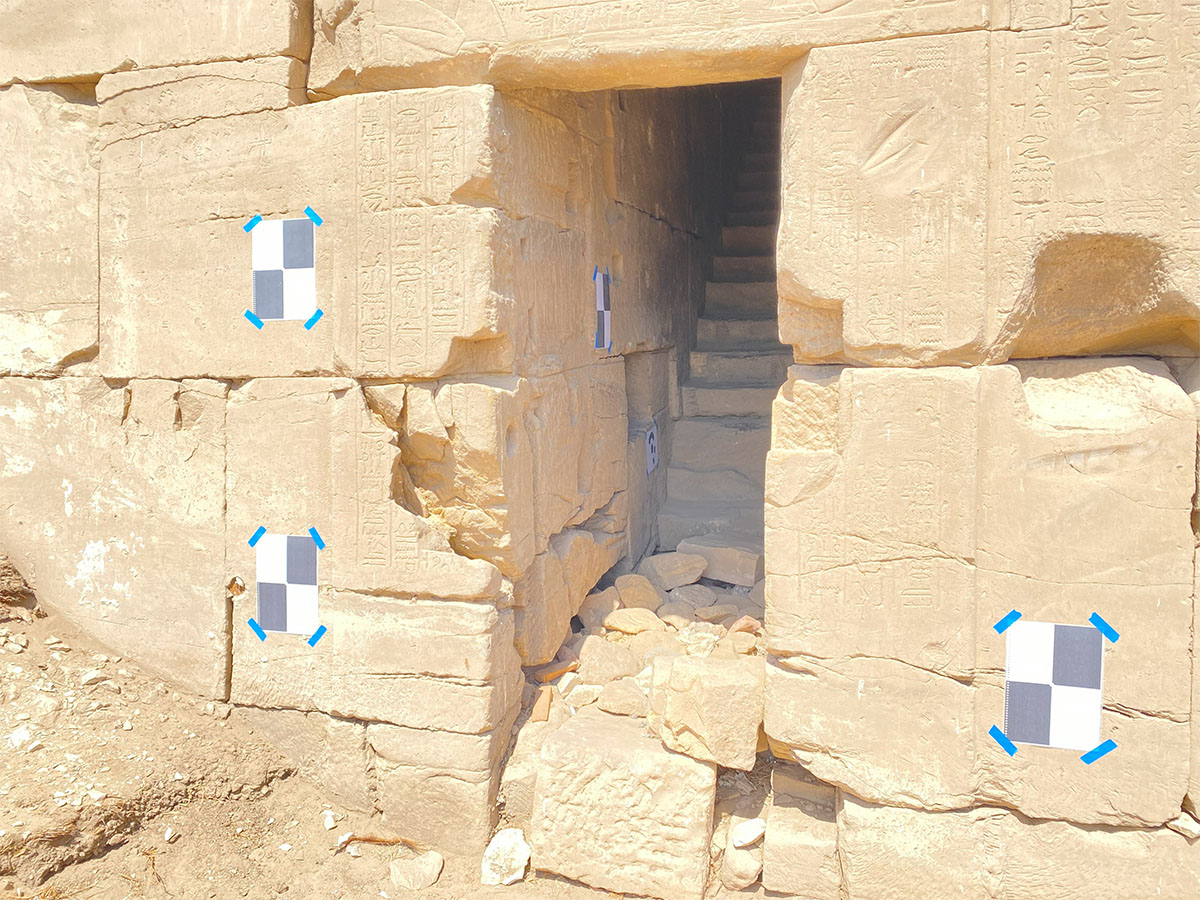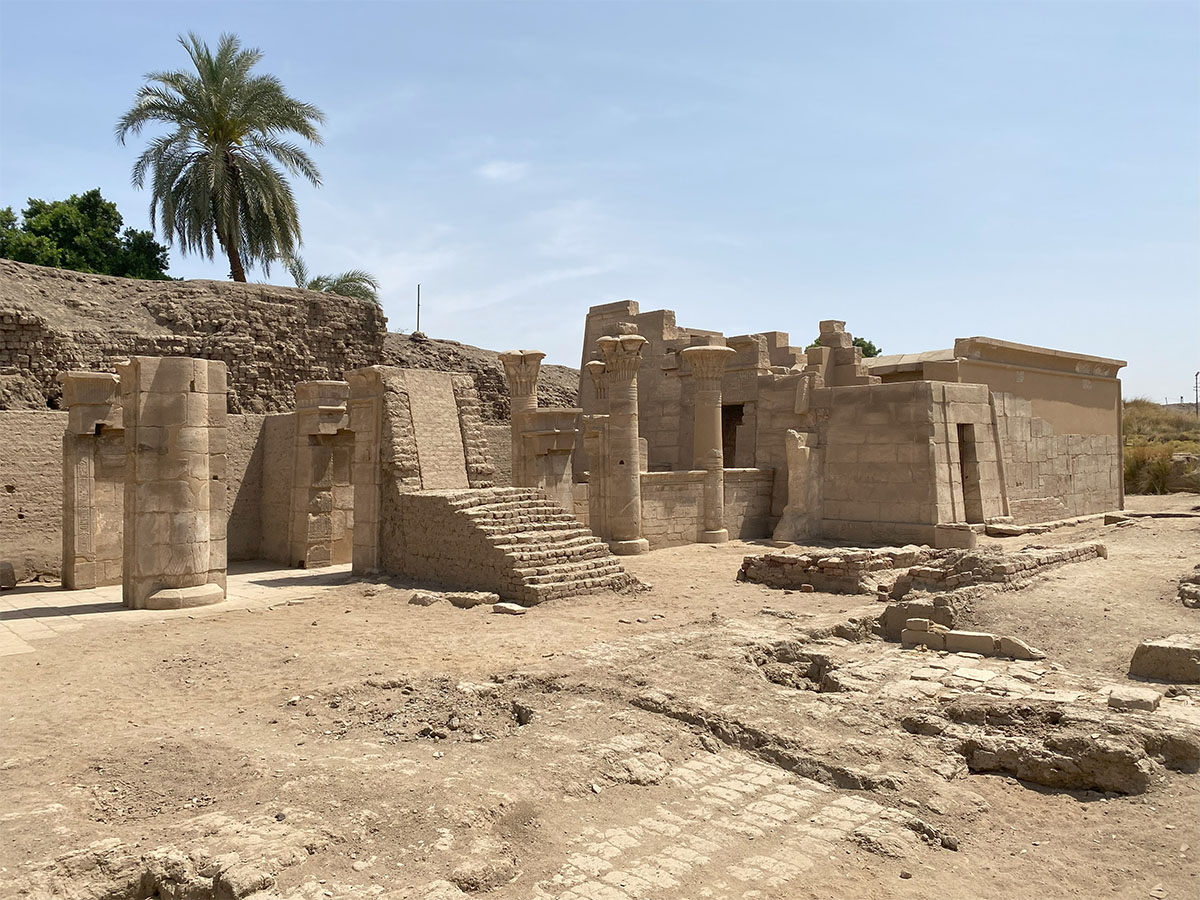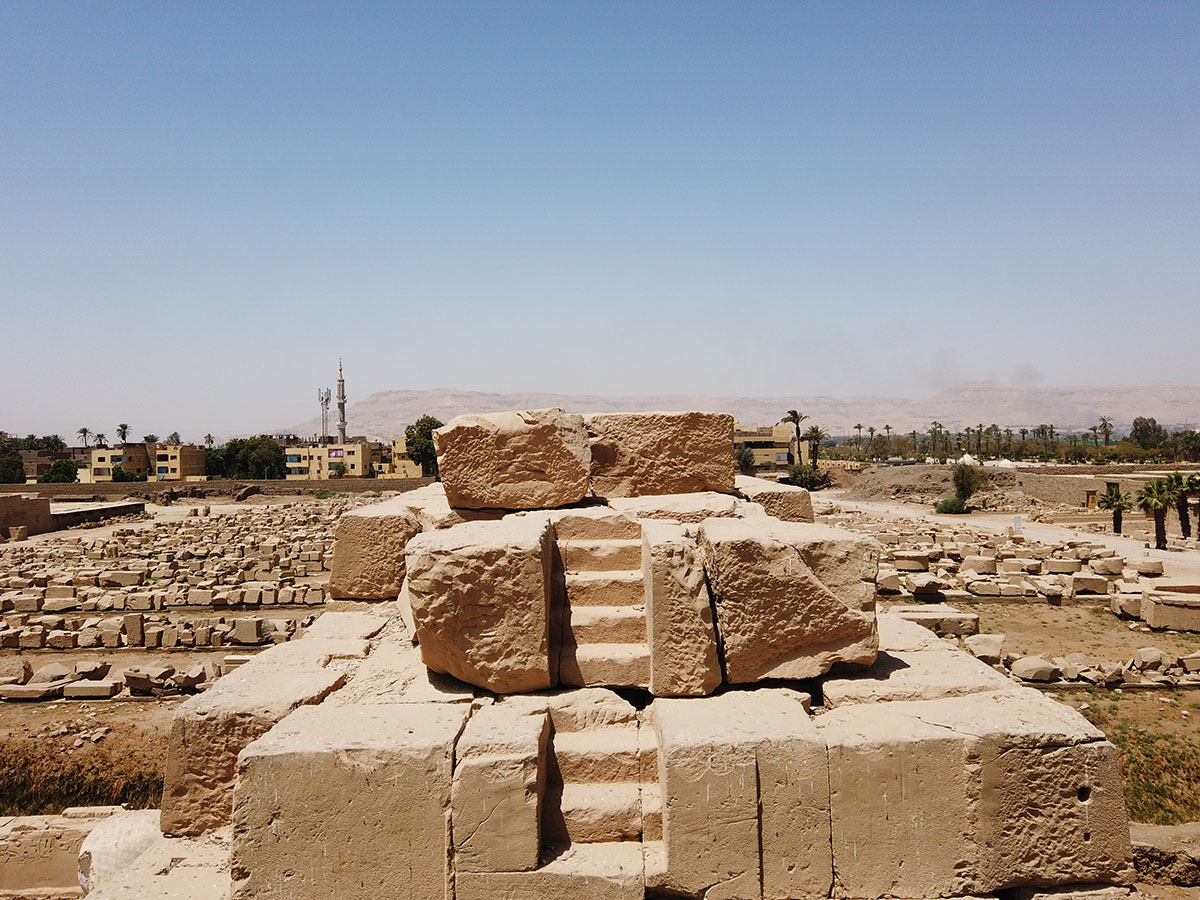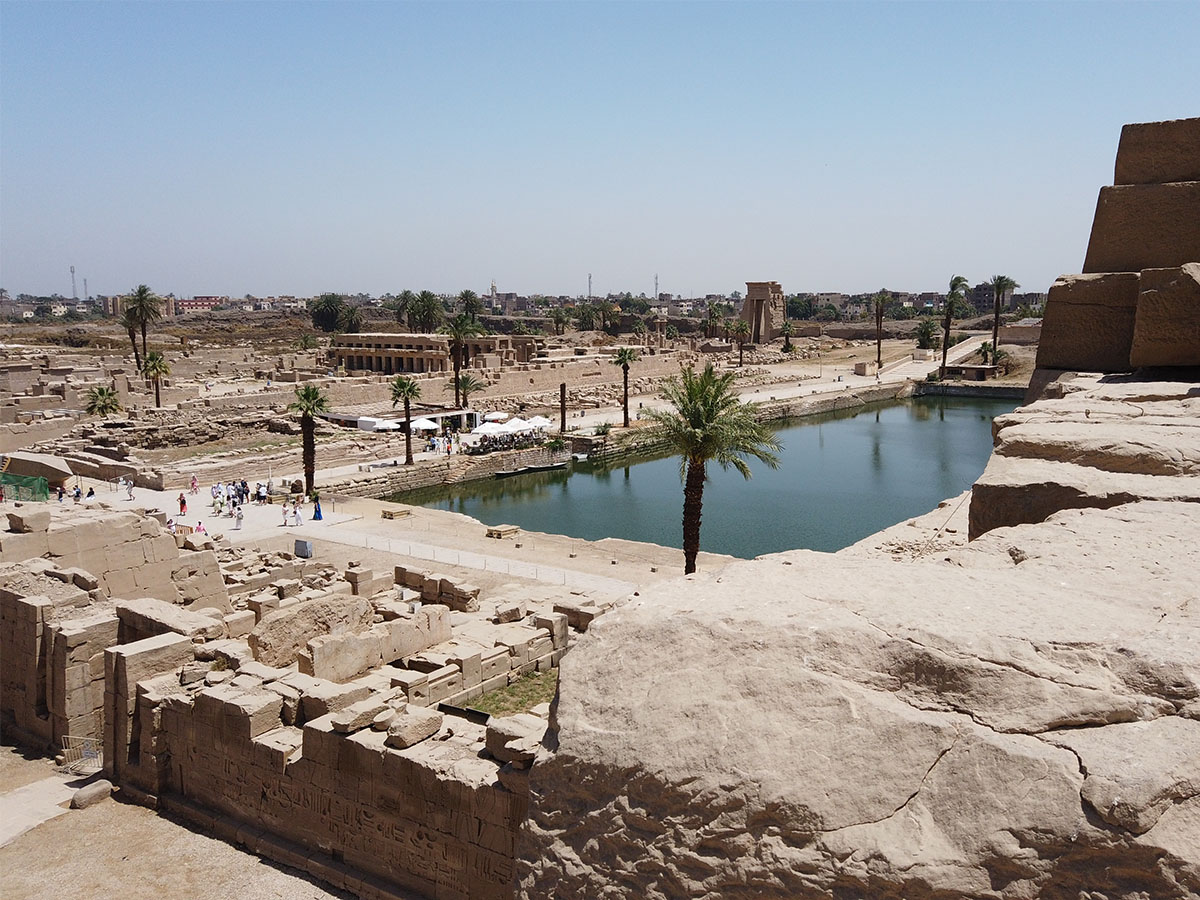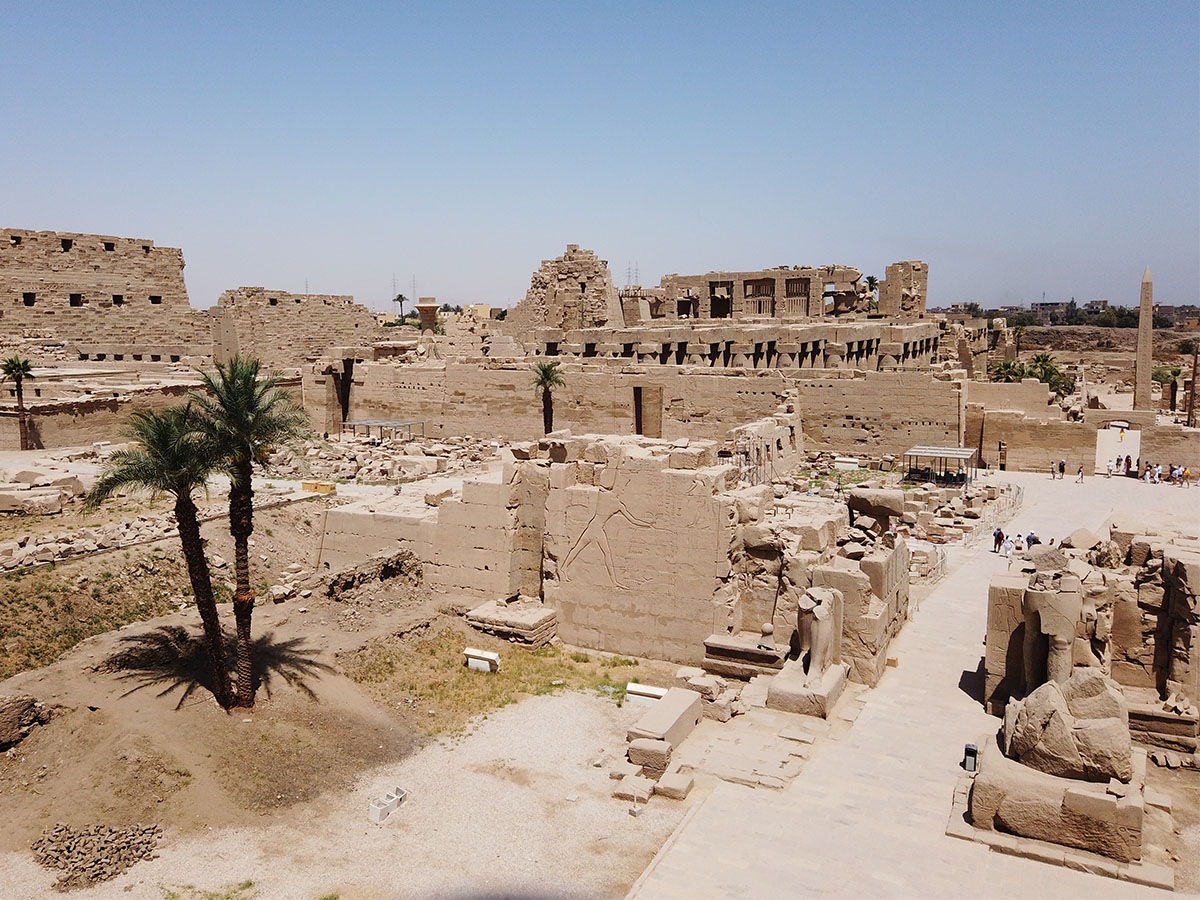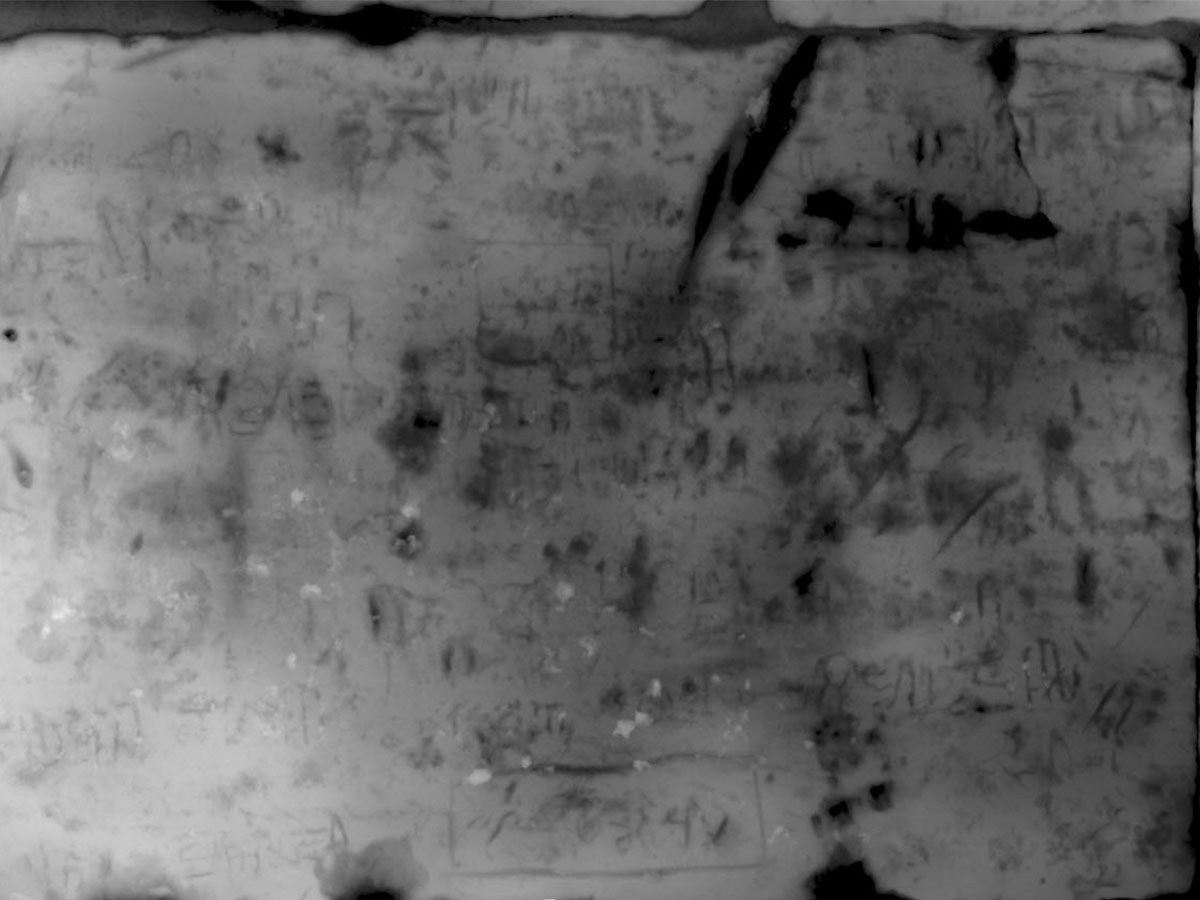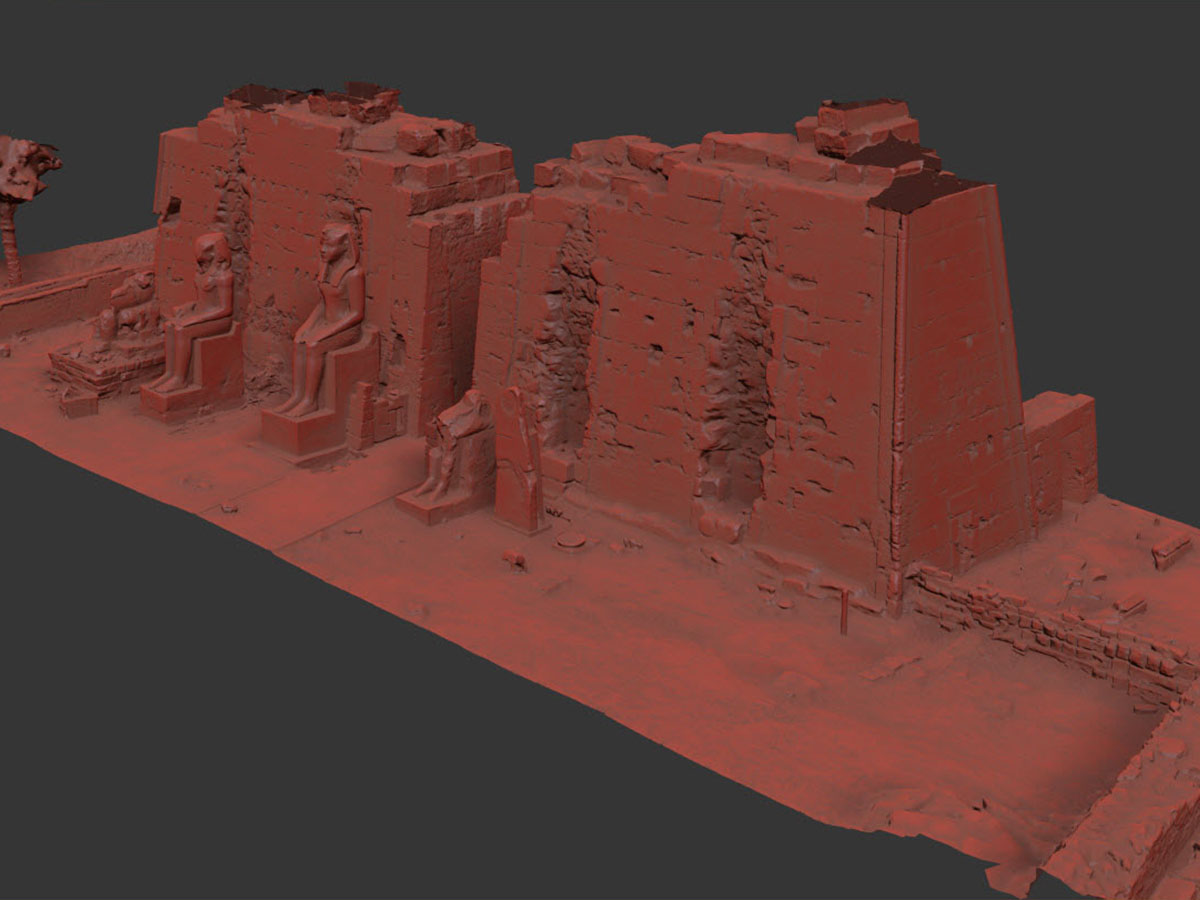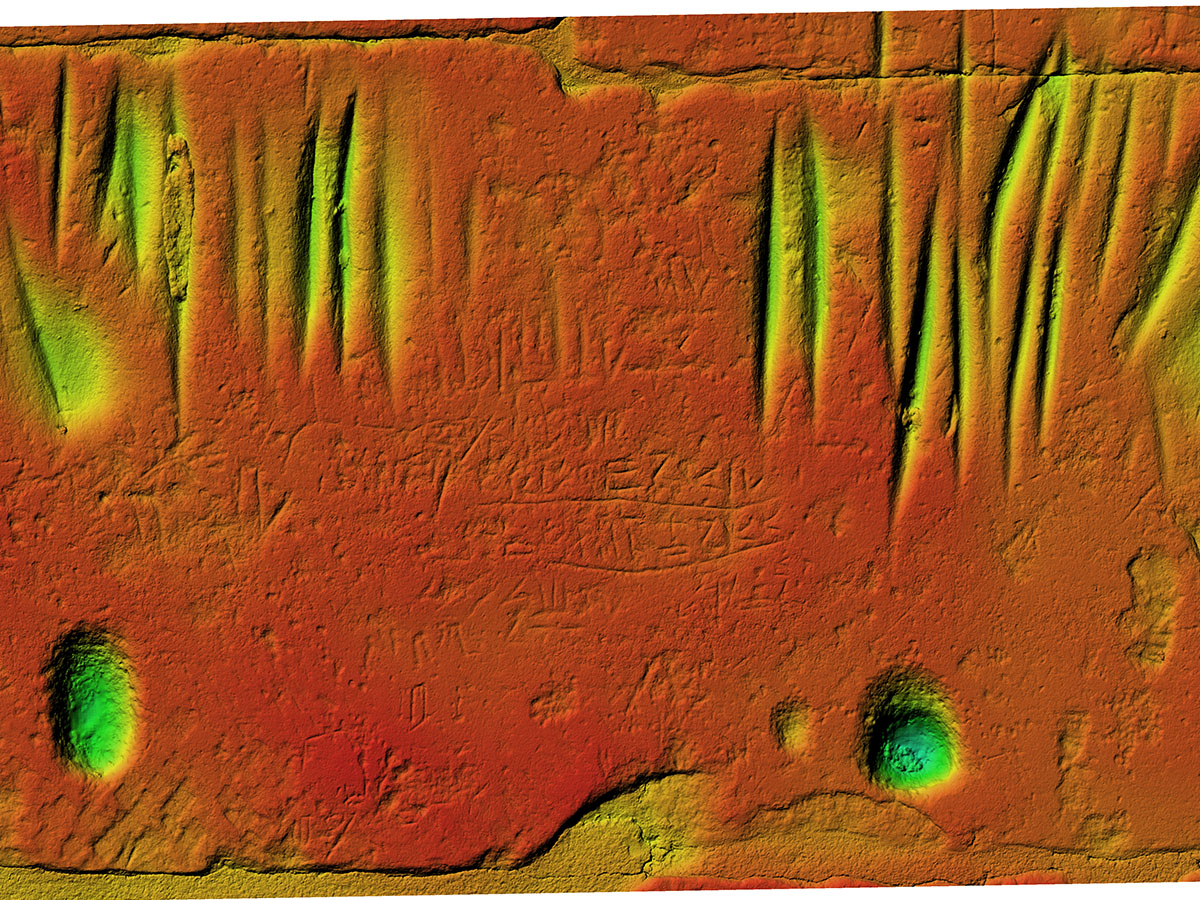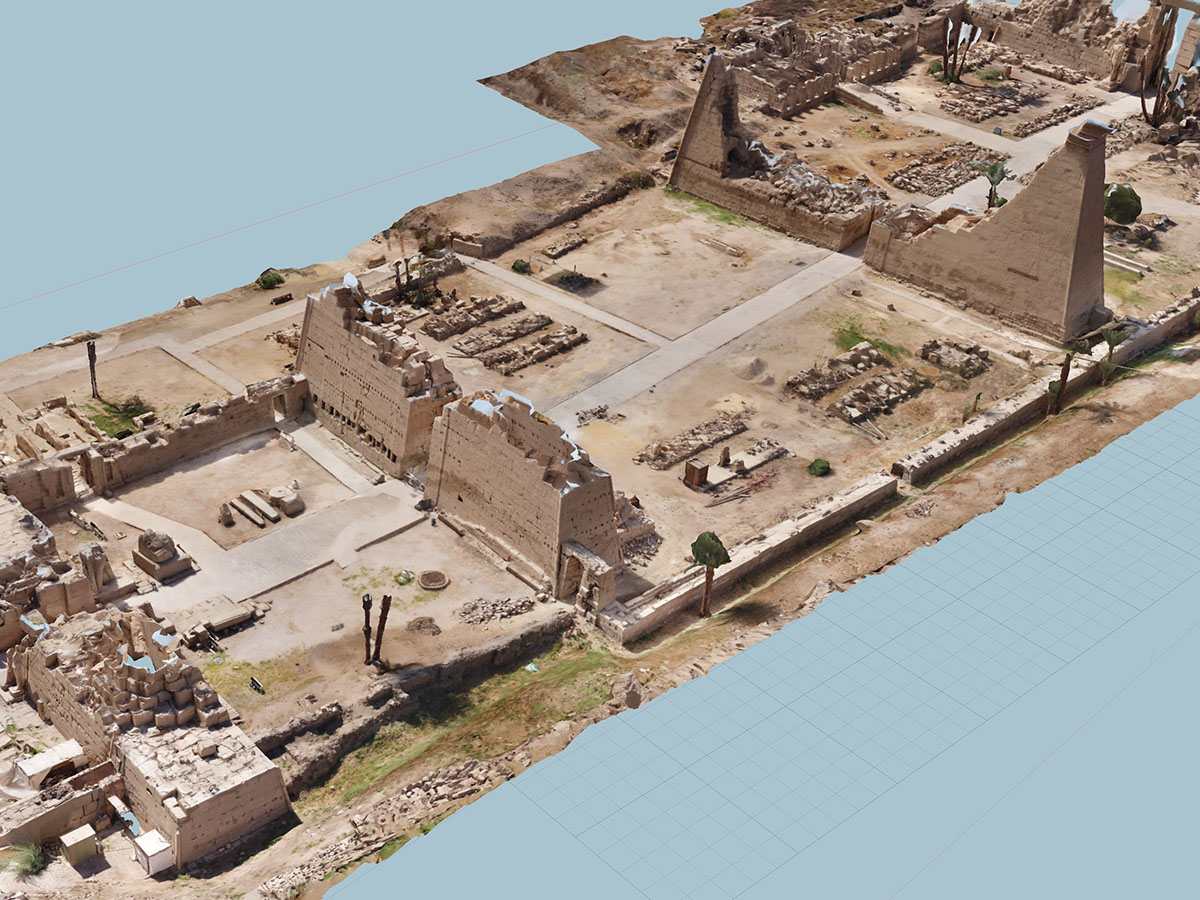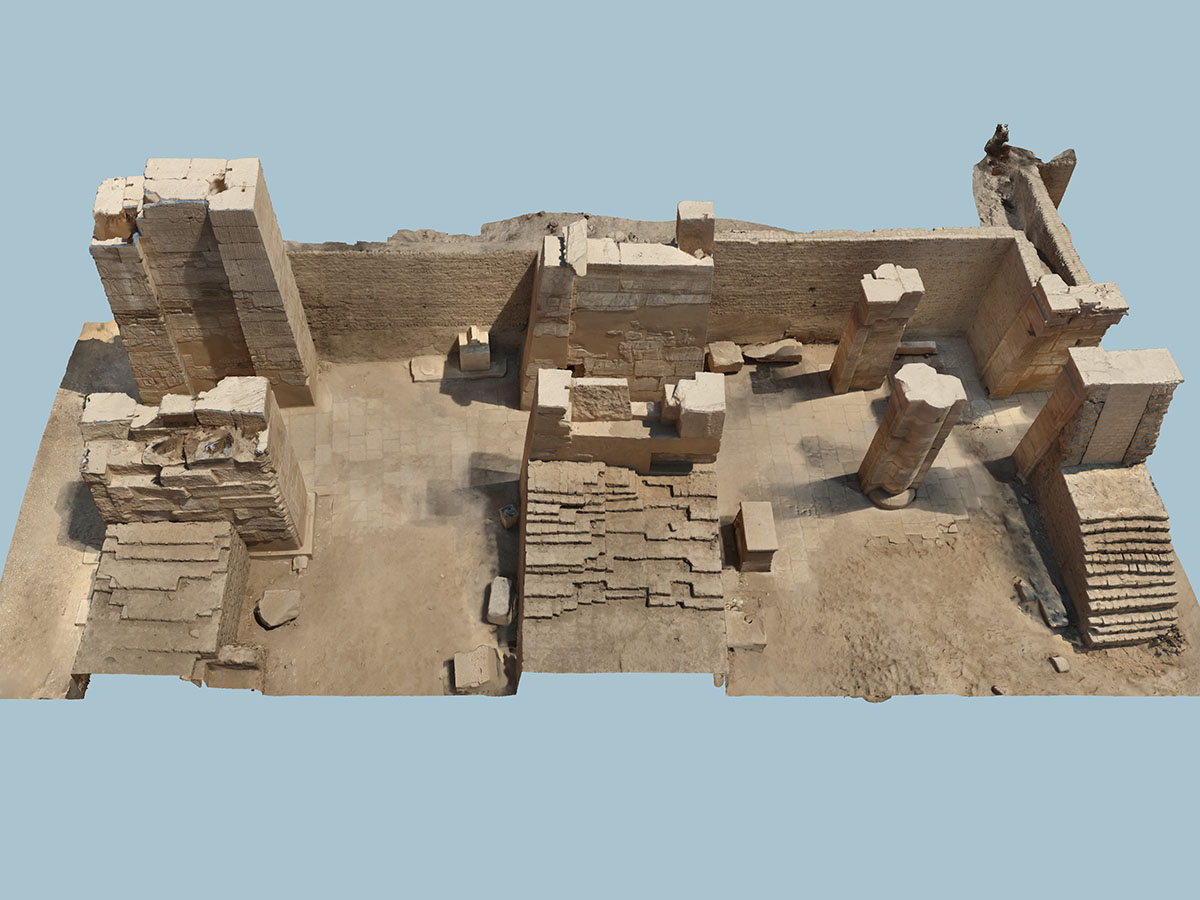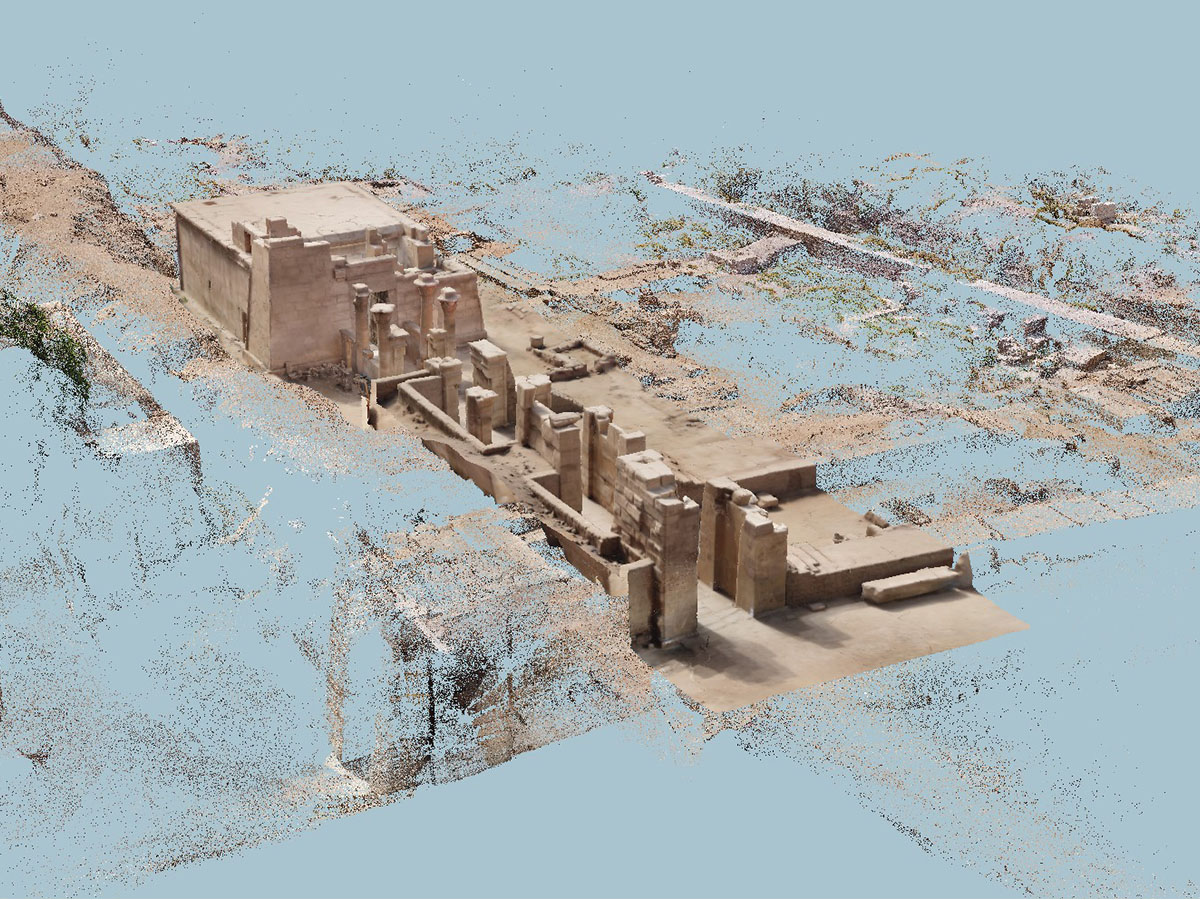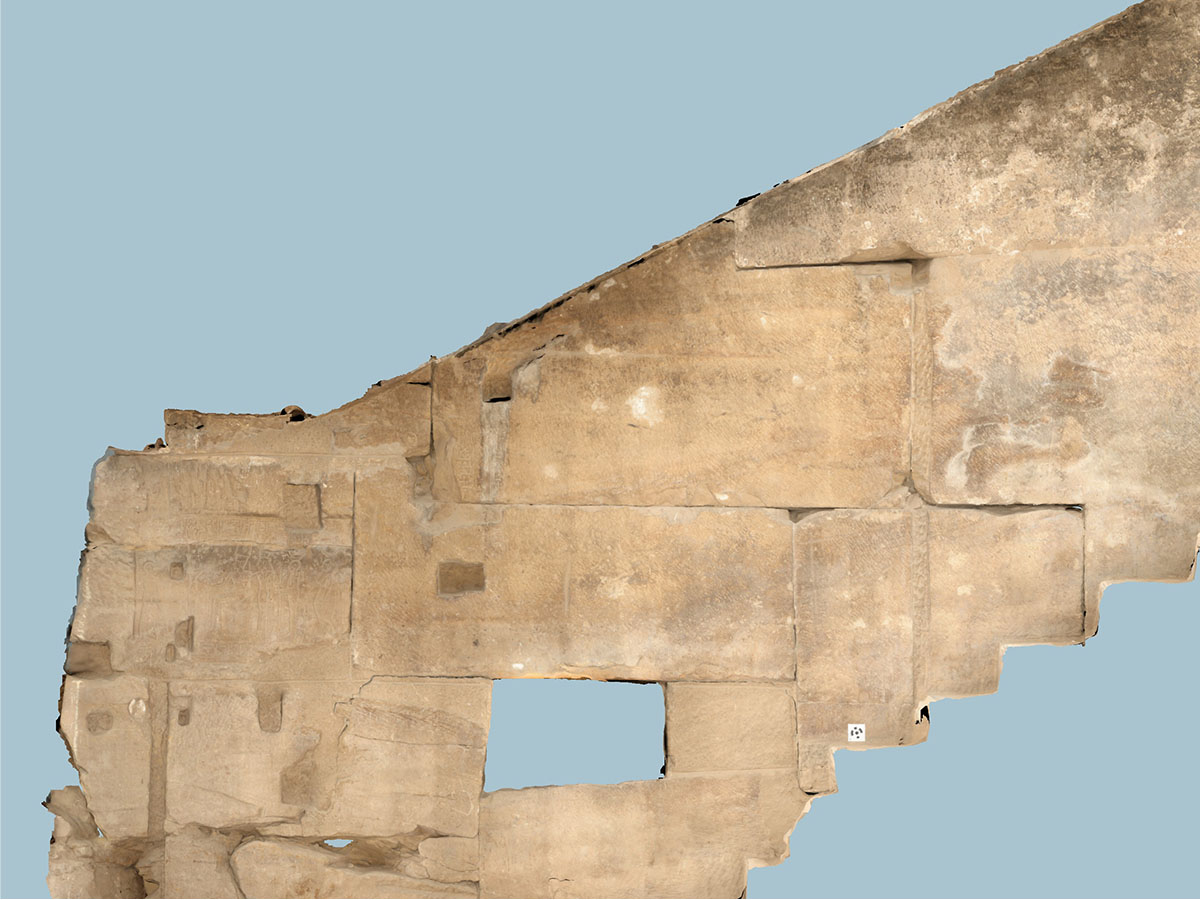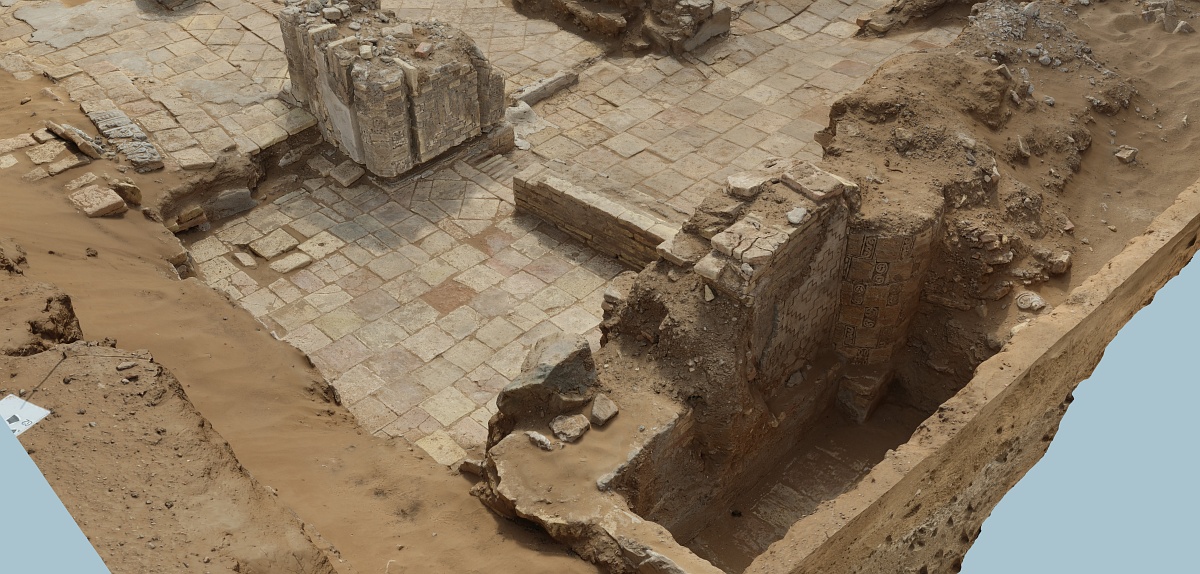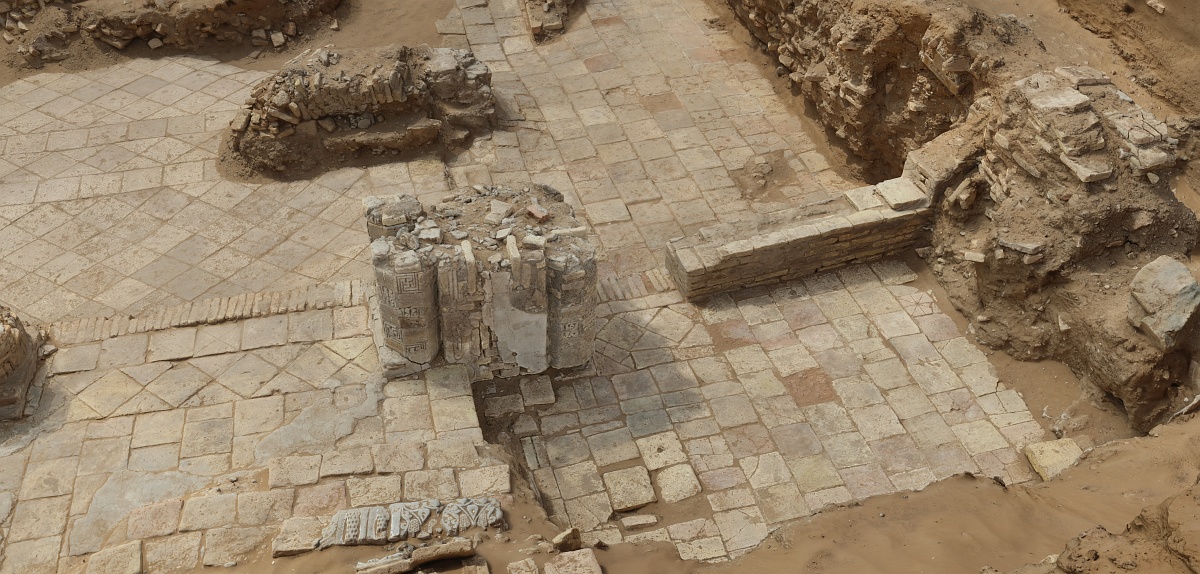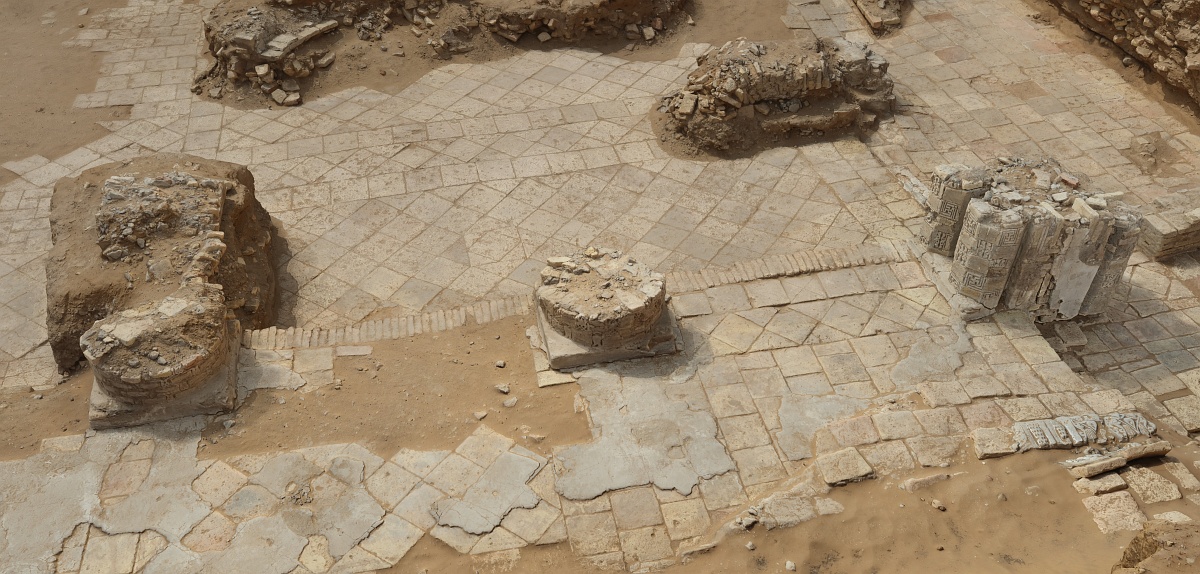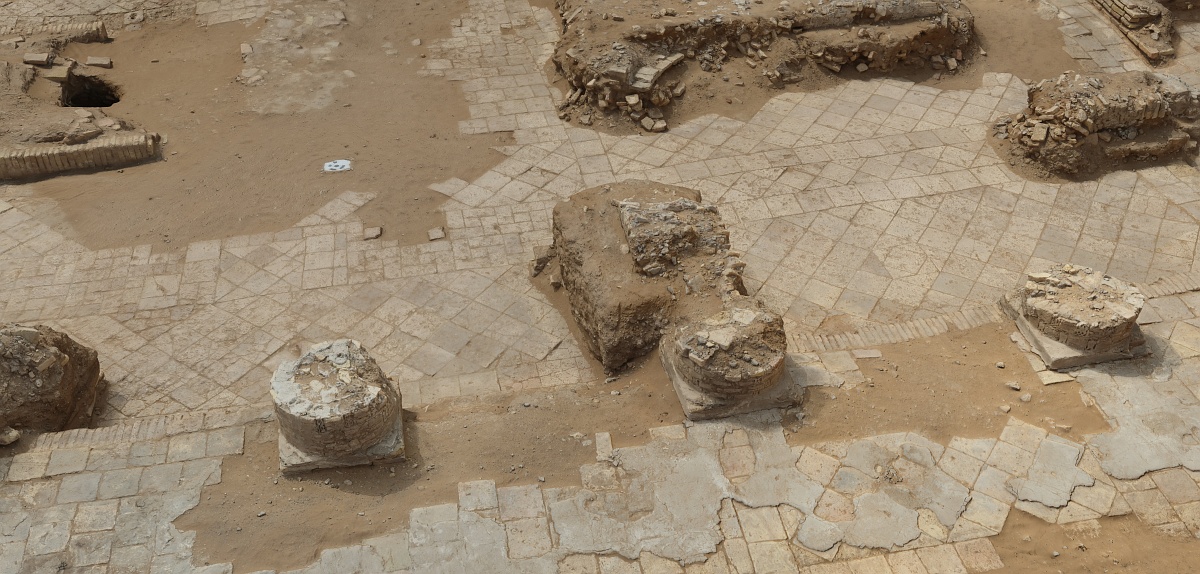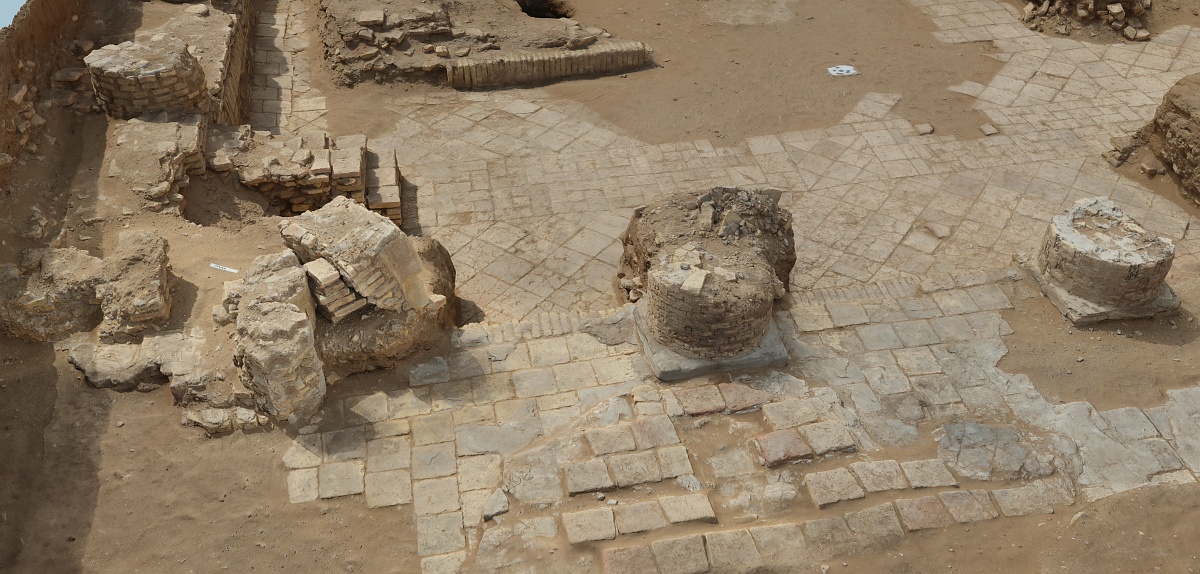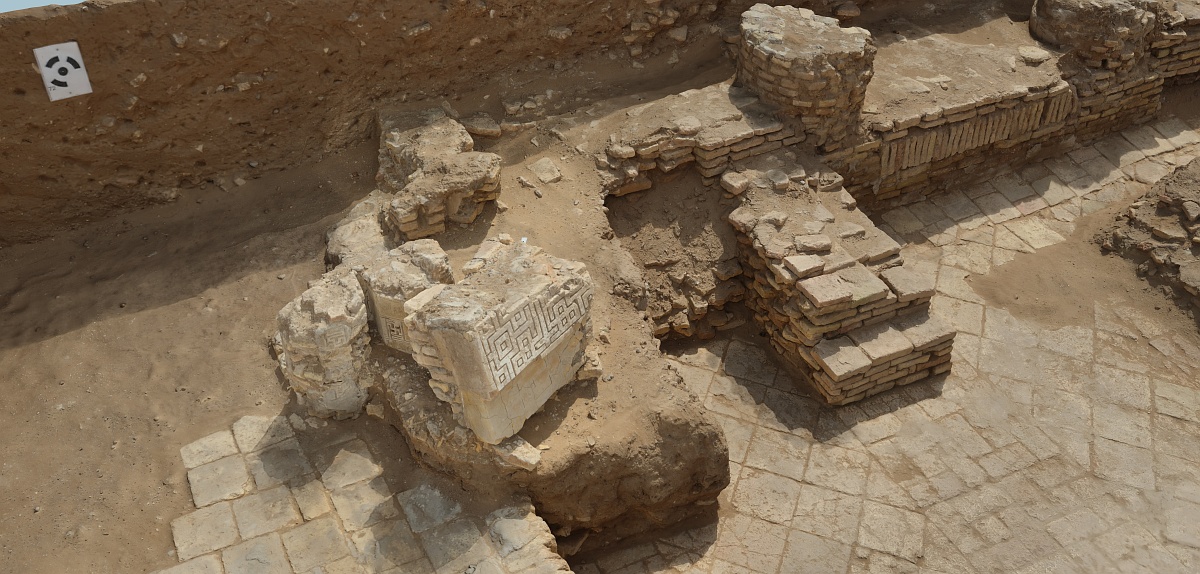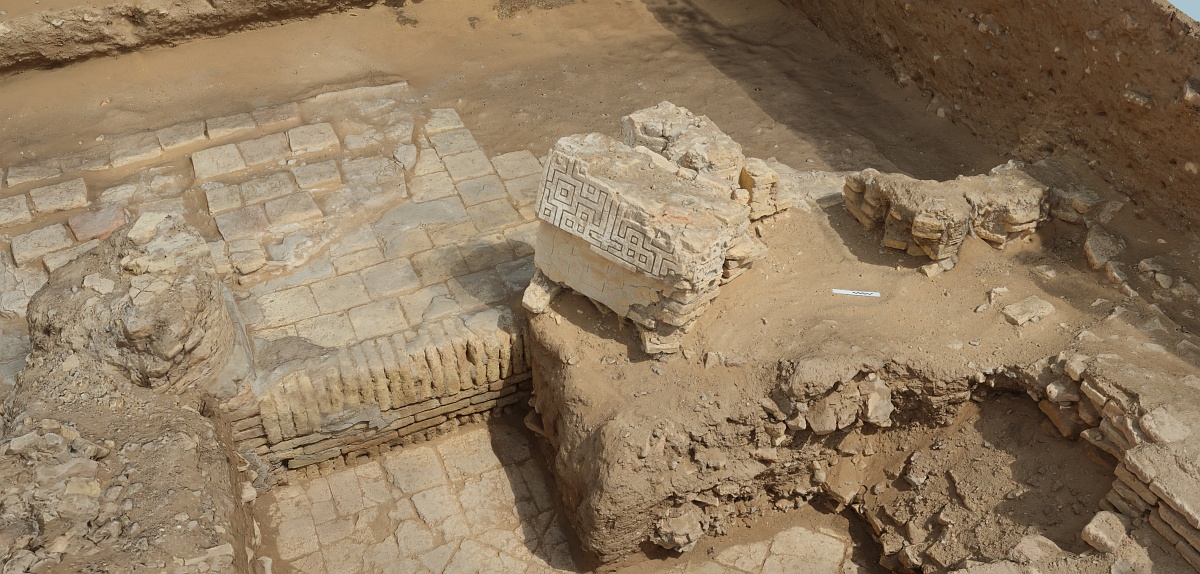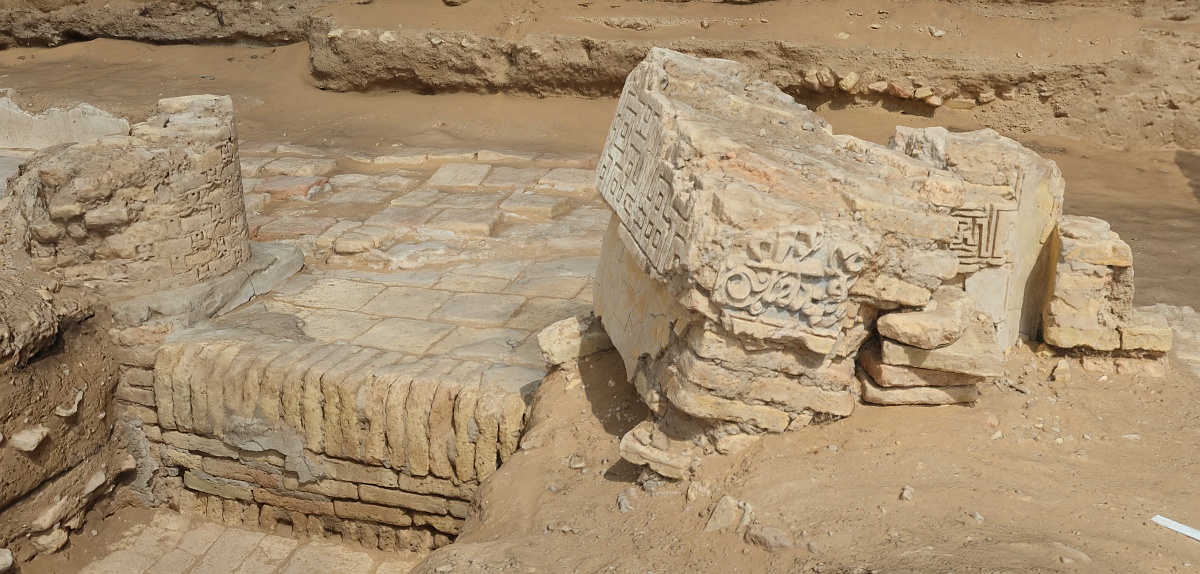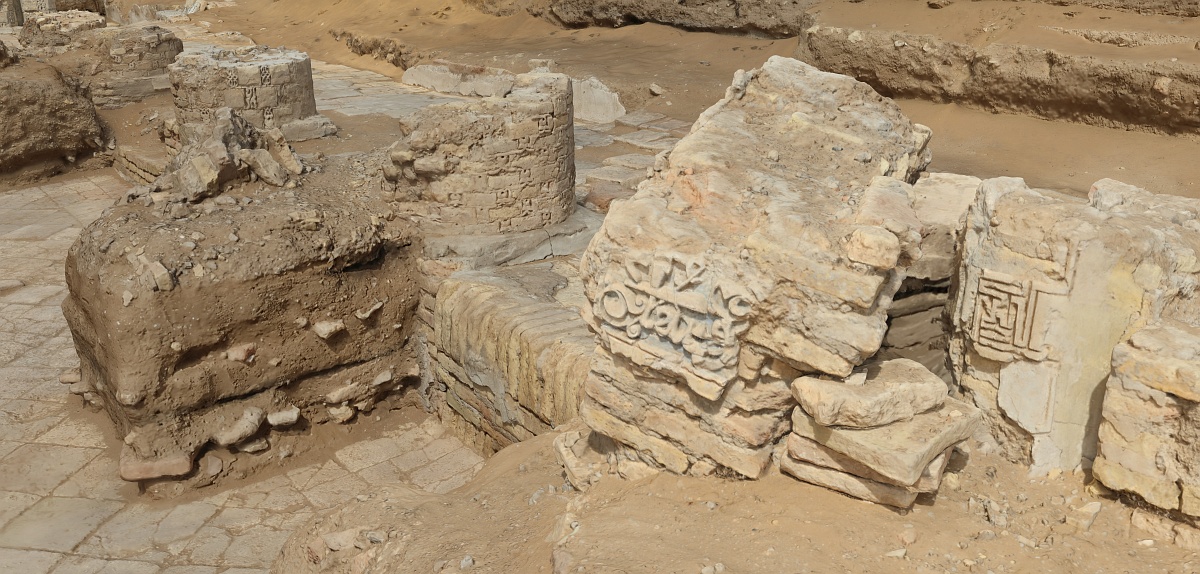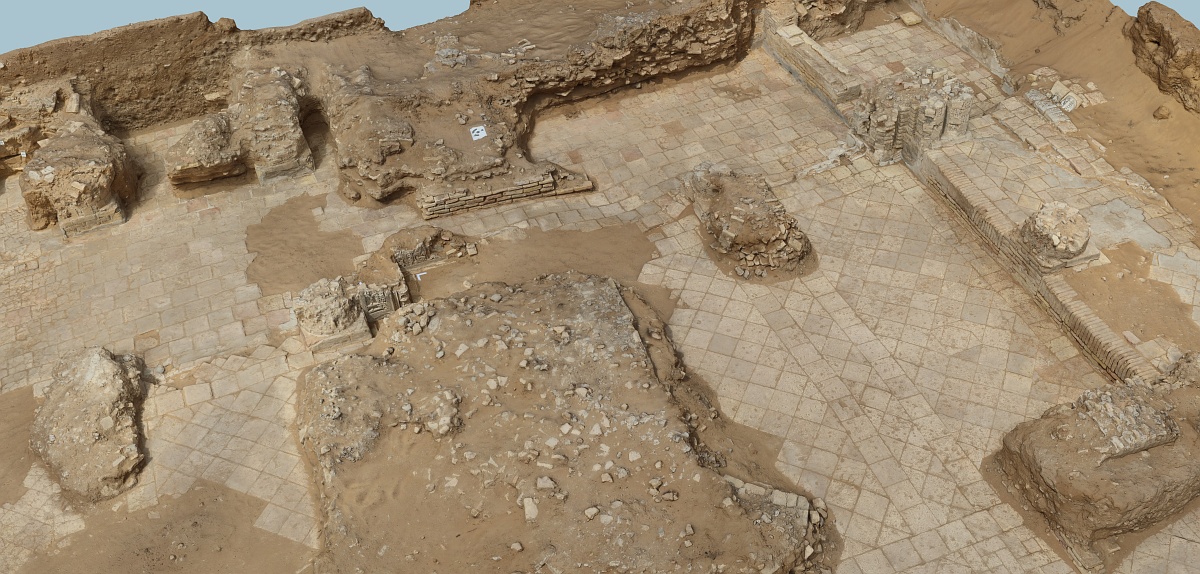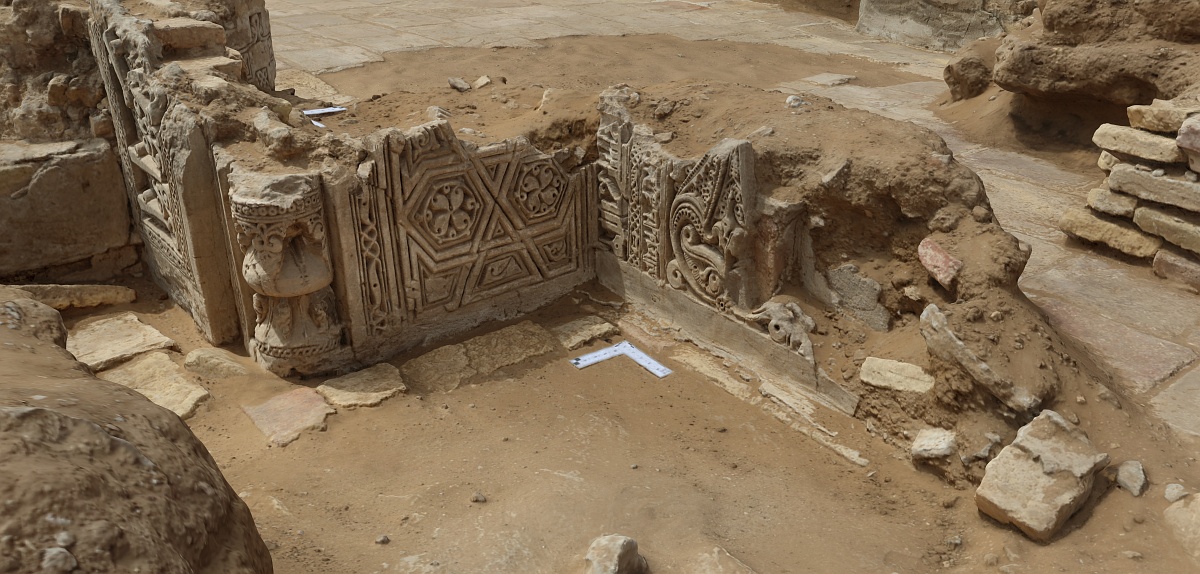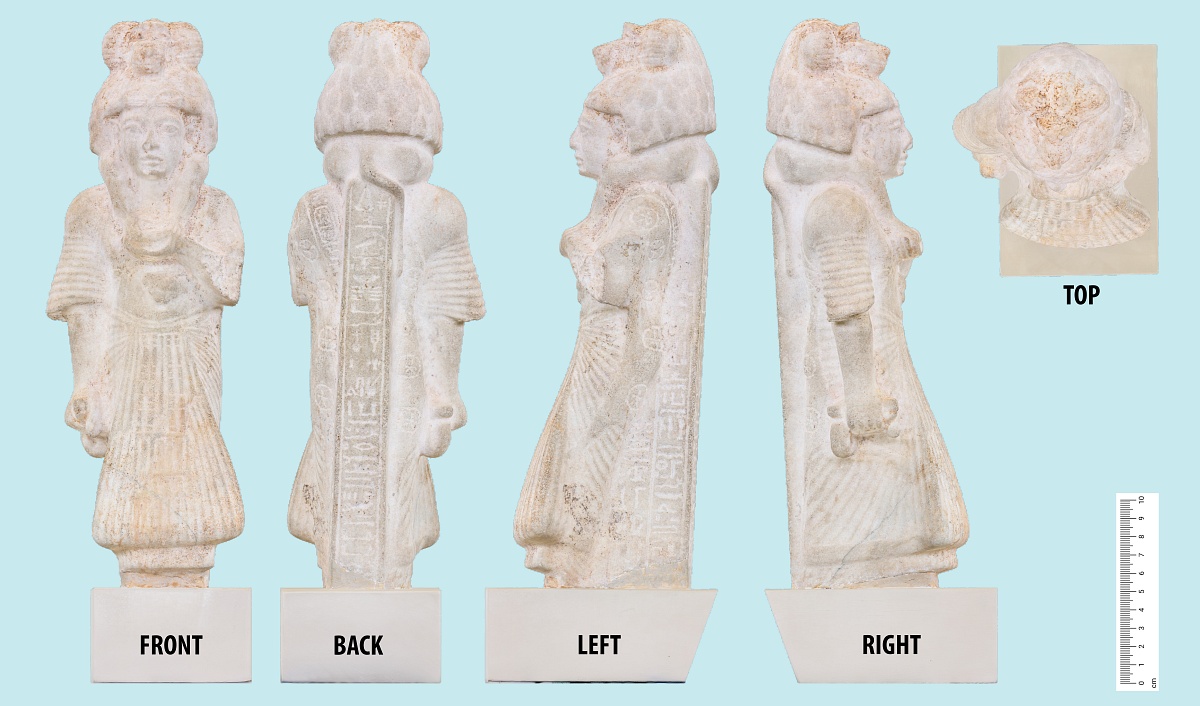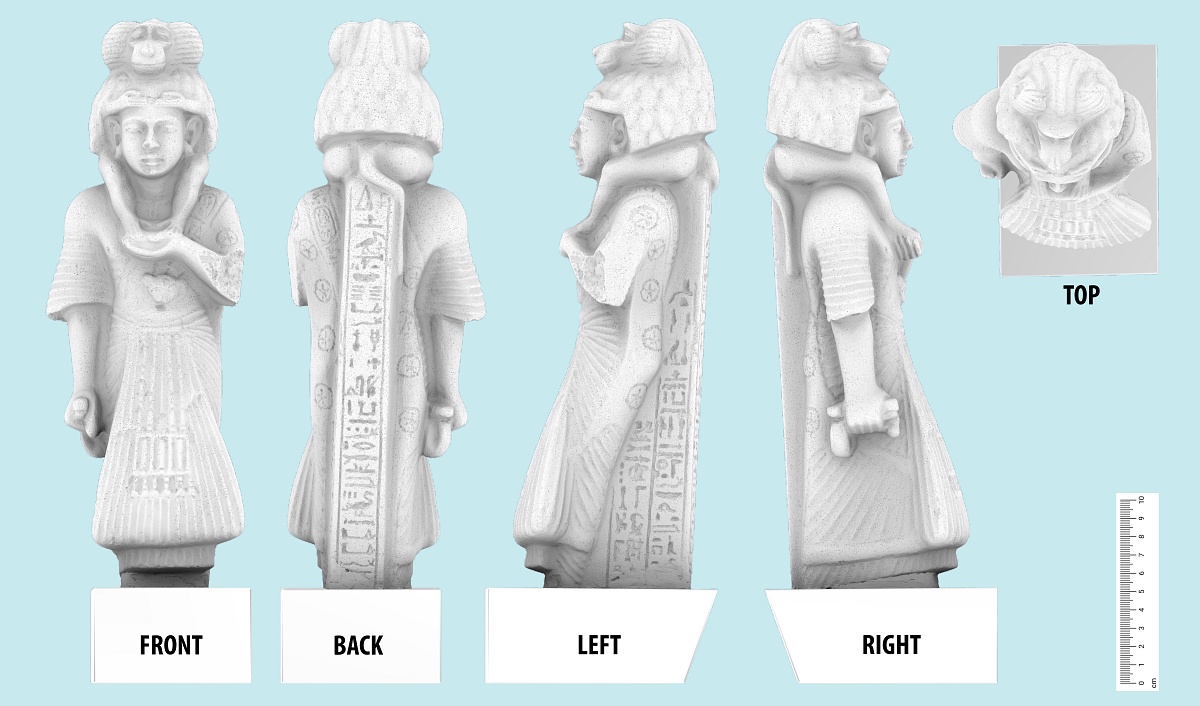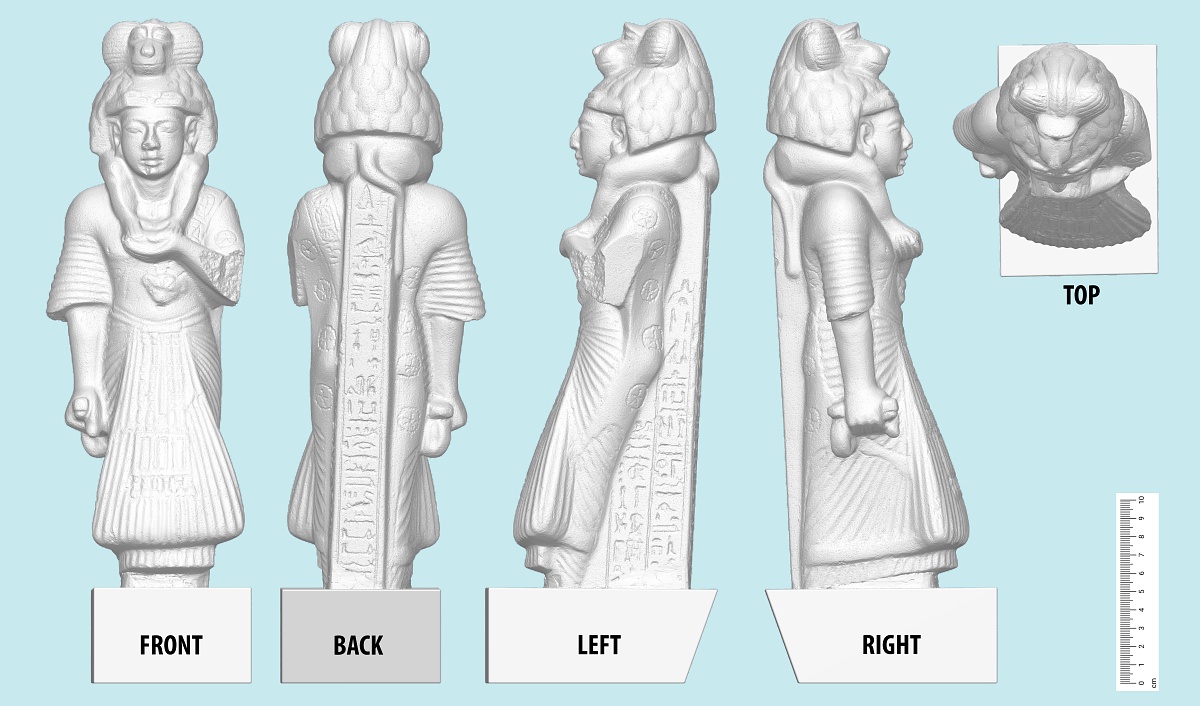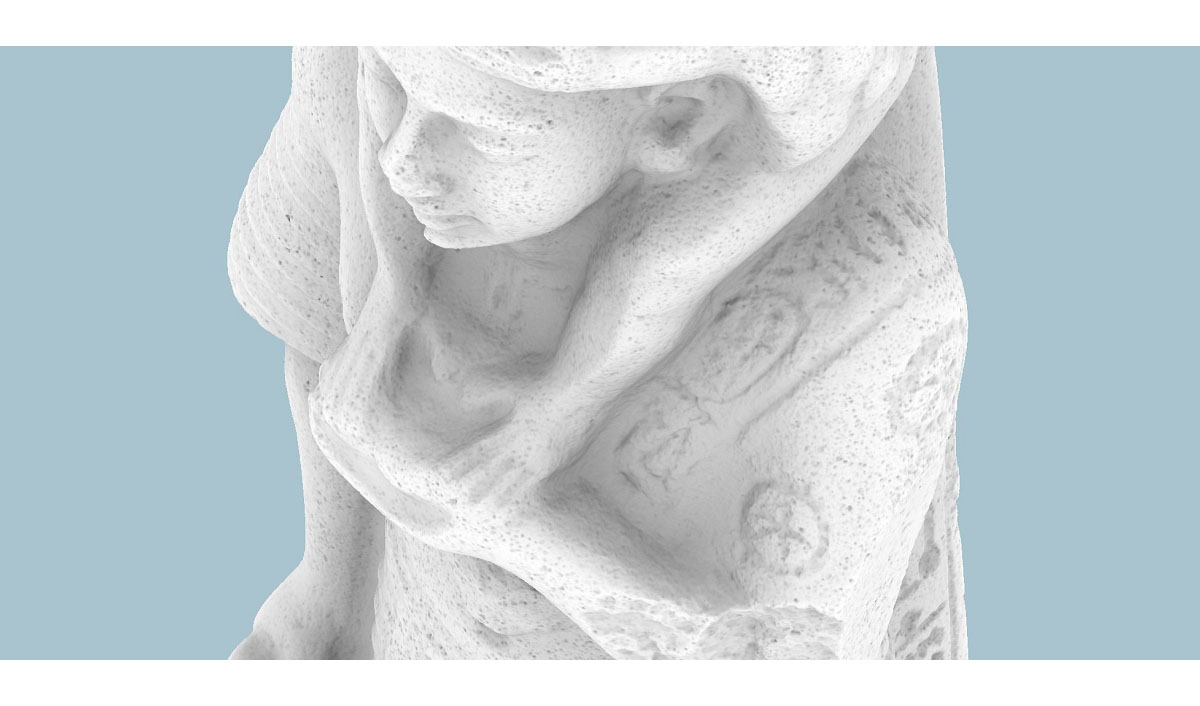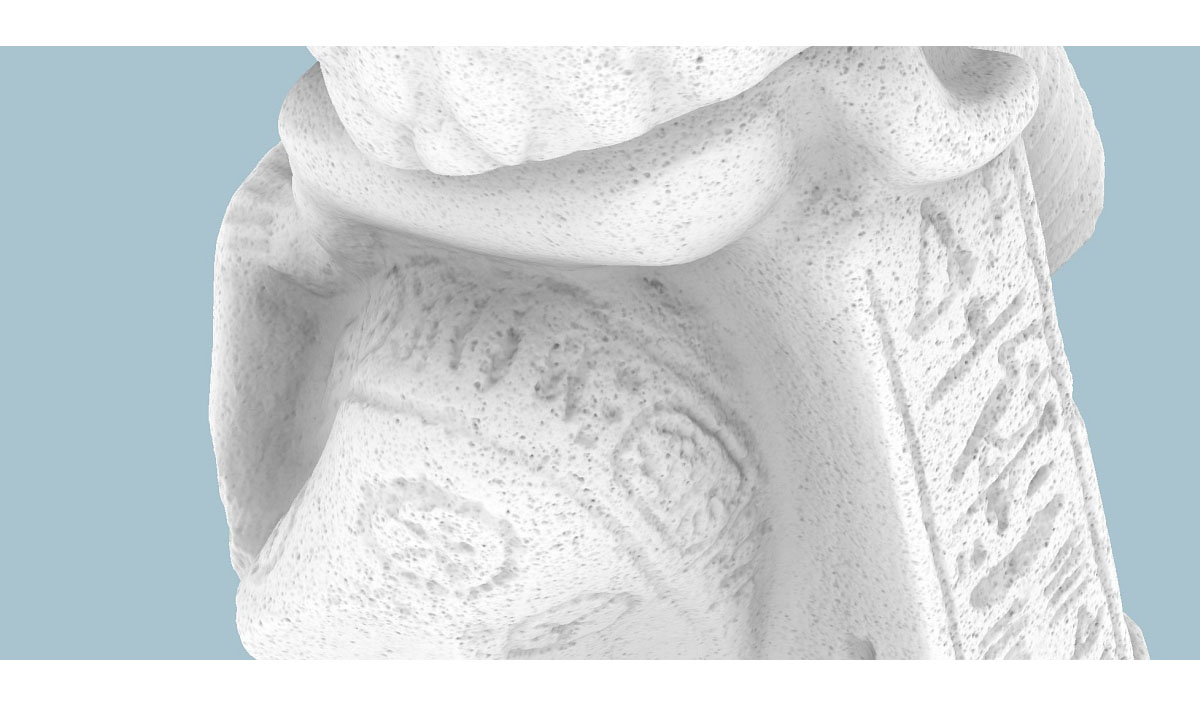About Me
Summary
My name is Paul Docherty and I am a Digital Archaeologist from the north east of England.
I am currently reading for a DPhil in Oriental Studies at the University of Oxford under the supervision of Prof. Elizabeth Frood and Dr Paul Wordsworth, exploring ancient Egyptian religious spaces through 3D analysis of temple graffiti at Karnak, Egypt, where I have conducted fieldwork as part of the Karnak Graffiti Project (KGP).
I am also a member of the Amarna Project working at Amarna, Egypt under the co-direction of Barry Kemp and Dr Anna Stevens. I conduct 3D captures of the site structures and artefacts whilst also developing 3D visualisations of the city for publication.
My long-term project to reconstruct the ancient Egyptian capital city at Amarna began around 2000 as the Amarna:3D Project. Over the years it has been showcased in TV documentaries, book publications, magazines, museum exhibitions, musical performances, podcasts, and posters.
I have also worked in Turkmenistan performing 3D photogrammetric site captures as part of the ‘Towns Of The Karakum Archaeological (Toka) Project 2023‘, under the the direction of Dr Martina Rugiadi (MET) and Dr Paul Wordsworth (UCL).
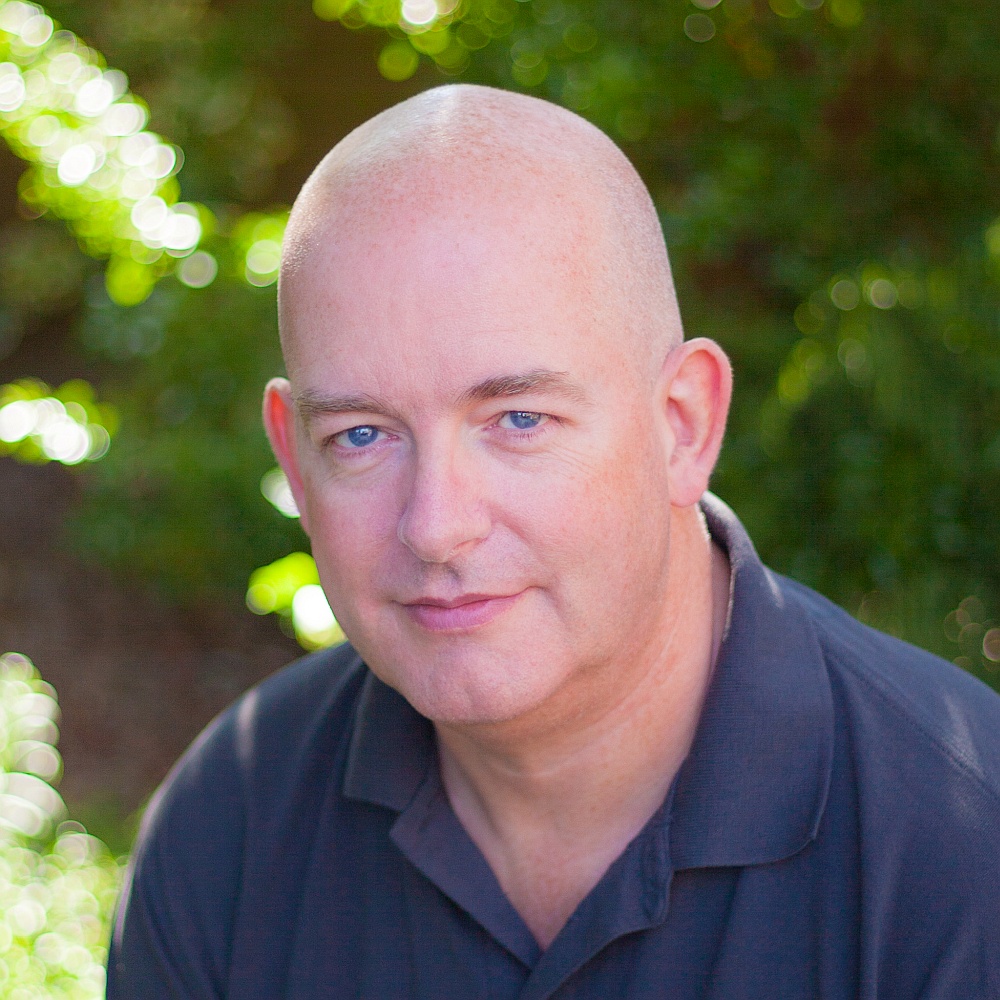
I have always been fascinated in history and past cultures. It is fair to say that all of my interests and personal projects have had a foot somewhere in the past. Some examples include the 3D digital reconstruction of medieval and ancient structures, historical cartography and the genealogical and heraldic studies of medieval Ireland. My working life did not begin in this field however, so this page gives an outline of my career to date, my interests and future direction.
THE ENGINEERING YEARS
On leaving school in the early 1980’s I attended Gateshead Technical College to study a diploma in general engineering which covered a wide range of practical engineering skills such as electrical wiring, electronics, microelectronics, welding, material technology and fitting & turning. This was full time for two years after which I was given the opportunity to work for an engineering company as part of a six man team developing linear particle accelerators (ion beam systems) for the UKAEA (UK Atomic Energy Authority). I continued part time study towards HNC’s in Electrical & Electronic Engineering and Computer Science.
After spending 5 years with the company it was bought out by Darchem and my engineering career continued through Northumbria University and the European Space Agency via short term contracts. During this period I had amassed a lot of programming experience and combined with my CAD/3D knowledge I had already began my move into the field of multimedia eventually leading into game development.
I am very much a practical person and the engineering skills I acquired have continued to stand me in good stead. Not only do I develop digital models but I also construct physical ones using more traditional methods. Presently I am building a 1:65 scale museum quality replica of Captain Cook’s HMS Endeavour.
THE GAME DEVELOPMENT YEARS
My days in the games industry started towards the end of the 1980’s where I initially worked as a programmer but my graphics expertise came into the fore when I began training artists to work in 3D. I became a certified 3dsmax trainer and worked on a variety of projects for Activision, Ocean, Infogrames, Atari, EA and Microsoft. After spending time working freelance I joined Merit Studios which later became Eutechnyx now noted for their racing games. An opportunity arose to work for Iguana Entertainment so I moved to Stockton-on-Tees prior to the studio becoming Acclaim Studios Teesside.
During this time I was one of the first technical artists around and bridged the gap between programming and art departments. I gained experience in developing content on the Silicon Graphics platform using Softimage 3D, Alias PowerAnimator and Wavefront’s Advanced Visualiser software. The later two eventually merged to become Alias|Wavefront and the software became Maya. I became expert in the use of visual effects such as particle systems, rigid & soft body dynamics, fluid dynamics, rag doll simulation and crowd behaviour systems. However my main 3D software of choice was always Autodesk 3dsmax.
Before I moved into academia I had worked on well over 30 game titles spanning a number of game genres and platforms. As the new millennia was dawning the future of Acclaim Studios Teesside looked uncertain and I decided to take stock and move on. My game development years had not finished. In fact they were about to expand further.
THE LECTURING YEARS
In 2000 I investigated gaining a formal degree qualification in the field I had worked in for so many years. Unfortunately, at that time there were no focused degrees in the field of games art or design; the closest subject being computer animation. The University of Teesside was an early adopter in this subject and whilst I was looking into their master’s degree in computer animation the University approached me about developing their first undergraduate programme in computer games design. I was employed as a lecturer in visualisation and during these early years in academia I began to realise a long-term ambition of working within the area of 3D historical visualisation. My work on the Amarna3D Project began as part of my active research interests which ran alongside the initial games degree programme development.
I would go on to develop further programmes at undergraduate and postgraduate levels, over time progressing to Principal Lecturer and then Subject Head managing a team of up to 17 academics. I am proud of my achievements during this time, which saw Teesside University become renowned in this field of academia growing from an initial cohort of around 20 students to over 500 in 2015. I developed over 30 modules with the Journeyman Project being my most challenging. This module gave students the experience of working in teams across a range of games degree pathways in order to create a vertical slice of a game in development and present it to industry. An ambitious module with its name aptly derived from my genealogical studies into old professions.
However, whilst heading towards 2015, I took the decision to step aside from the role of Subject Head taking on different responsibilities as part of my portfolio. The expectation was that I would be allowed to pursue PhD research utilising game technology for 3D historical reconstruction. Although I was given support in principle, the reality was that my workload would not let me get a foothold. This led to increasing frustration, so when the offer of university-wide voluntary severance arose I took stock and drew the conclusion that I was at a crossroads in my working life. With the support of my wife and family the decision was made to take a severance package in order to pursue a qualification in archaeology. Ultimately, to work within the field of digital heritage and conservation.
Towards Digital archaeology
My long-term interest is genealogy led to an array of projects that explored a desire to appreciate how and where my ancestors lived. What started years ago as curiosity into my family history, snowballed into in-depth research of the O’Dochartaigh (Doherty) Clan; research accepted by the clan association. Tasks I undertook included deciphering medieval Gaelic pedigrees, scrutinising the Irish Annals and familiarising myself with early Irish history. Since 2008 I have been part of a long-term DNA project identifying connections between branches of the O’Dochartaigh clan as well as establishing the inter-relationships between regional clans through genetic mapping.
To help contextualise my genealogical research I used photogrammetry to digitally reconstruct ruined Irish tower houses once inhabited by the Clan. These fortifications are situated around the Inishowen peninsula. This study involves combining ground based photography and video footage from UAV drones taking a structure-from-motion (SfM) approach to reconstructing the tower houses in 3D. For once-standing buildings that no longer exist I have explored contemporary descriptions and accounts within old manuscripts (such as the State Papers of Ireland) as a means of developing suitable representations.
Further photogrammetric experiments have looked at the reconstruction of artefacts from cloud-based images. I have been able to successfully reconstruct models of the Queen Nefertiti bust and one of the more intact Colossi of Akhenaten from problematic source images. Other interests I have include landscape, macro and high dynamic range (HDR) photography and the digital restoration of old photographs.
Careful consideration of the physical material left behind by past civilisations gives us invaluable insight into how they went about their lives. My fascination and intrigue with history has to date revolved around my skills in digital media. I am keen to develop new knowledge and understanding, learning how best to interpret the historical evidence, both academically and practically which is why between 2016 and 2019 I studied for a BA degree in archaeology at the University of Leicester graduating with a first class honours. This was a major stepping stone for me towards a career as a Digital Archaeologist. By qualifying as an archaeologist and working on many projects over several years, I could see how I could best place my 3D skillset within the wider heritage sector.
From Virtual to Reality
After completing my BA in Archaeology, I was successful in gaining funding from XR Stories to study for an MA in Archaeology (by research) at the University of York, looking at visual storytelling and interactive 3D environments using the ancient Egyptian city of Amarna as my case study.
My most accomplished project is the digital reconstruction of the 18th Dynasty Egyptian city of Akhetaten at Amarna (www.amarna3d.com). This work has been showcased in a number of documentaries commissioned for the History Channel, Discovery Channel, Channel 5 and the BBC. The model has been published National Geographic magazines as well as within several books and novels. Scenes of the work have also featured during the performance of ‘Akhnaten’ by Philip Glass at the MiTo music festival in Milan and Turin in September 2015. The model has been included in exhibitions alongside a selection of Amarna artefacts within several museums including Carnegie Museum of Natural History and the Israel Museum in Jerusalem. It was most recently showcased in the exhibition of Amarna artefacts entitled, “Amarna – City of the Sun God” at the Ny Carlsberg Glyptotek in Copenhagen between Jan-Aug 2023.
I am currently working on an enhanced version of the city model using up-to-date modelling techniques and acquired archival sources
In 2018 I attended an Amarna Study Day at the University of Cambridge and met Prof. Barry Kemp, the director of the archaeological excavations at Amarna since the 1970’s. This meeting led to me joining the archaeological team where I have conducted a range of 3D photogrammetric surveys on-site and further developed my reconstructions of the city.
In 2020 I was able to conduct a 3D survey of the eastern end of the Great Aten Temple enclosure along with a preliminary test survey of two of the rock tombs. Unfortunately the covid-19 pandemic cut short my fieldwork and it was not until 2022 that I could travel back to Amarna to continue my work.
In 2022 I completed a full 3D photogrammetric survey of the Great Aten Temple enclosure along with a 3D survey of the North Desert Cemetery under the direction of Dr Anna Stevens, co-director of the Amarna Project.
In 2023 I began conducting a 3D photogrammetric survey of the ancient Egyptian city of Amarna as part of a three year ARCE funded project entitled “Akhenaten’s city: Protecting Amarna’s urban heritage”, directed by Dr Anna Stevens.
Doctoral Research
In 2020, whilst I was working on my MRes thesis under lockdown, I was made aware of a DPhil research project to work with Prof. Elizabeth Frood from the University of Oxford. The project revolved around the spatial analysis of ancient graffiti present in the temple complex of Karnak, Egypt.
I applied for the post and was incredibly fortunate to be accepted along with a scholarship awarded by the Queen’s College Waverley Scholarship in partnership with The Leverhulme Doctoral Centre. My Dphil research began in January 2021 but, due to covid restrictions, it was not until autumn of that year that I was able to move to Oxford, with my first field trip to Karnak not taking place until the spring of 2022.
The Karnak Graffiti Project (KGP) is a partnership between the University of Oxford and the Franco-Egyptian Center for the Study of the Temples of Karnak – CFEETK, studying the ancient graffiti present throughout the temple complex to shed light on the movement of temple staff during the Pharaonic period.
I have had two seasons at Karnak, staying in the French House, which is a complex of apartments owned by CFEETK for visiting Egyptologists to stay in whilst conducting research. The French House is conveniently situated next to the entrance of the temple complex, making the daily commute quick.
During my time there I conducted 3D photogrammetric surveys of the temple of Ptah, the 8th Pylon, and the SE corner of the 10th Court. This involved captures on both the macro and micro scale to develop high resolution scans of the ancient graffiti and the larger surface structures where they were situated. An in-depth report on this work will be made available on this website in due course.
Other Projects
During the summer of 2023 I was also fortunate to be asked if I would conduct a 3D photogrammetric survey of a collapsed Friday mosque dating from the 10th-12th centuries CE at the site of Dandanakan, a medieval Islamic town situated in the middle of the desert of modern day Turkmenistan.
This was conducted under the direction of Dr Martina Rugiadi (MET) and Dr Paul Wordsworth (UCL) as part of the Towns of the Karakum Archaeological (ToKA) Project 2023. This project is very much ongoing and I hope to continue to be involved.
I have also completed some 3D captures of several Egyptian statues held at the Ashmolean Museum, Oxford. These were 3D captures performed for later analysis and publication. By conducting a detailed capture of the statues it has been possible to produce visuals which enhance the inscriptions, making them easier to work with.
Next Steps
My research into 3D capture and visualisation methods continues with a look into the relatively new technologies such as neural radiance fields (NeRFs) and machine learning (AI).
At present I am still working on my DPhil at the University of Oxford aiming to complete late 2024. Once that phase of my career is complete I plan on continuing to work with the Amarna Project, the Karnak Graffiti Project whilst also making myself available for a wider set of 3D projects in the pipeline.
Thank you for taking the time to read my story, and if you have a project where you would like my input, please do not hesitate to get in touch with me and we can discuss your options.
